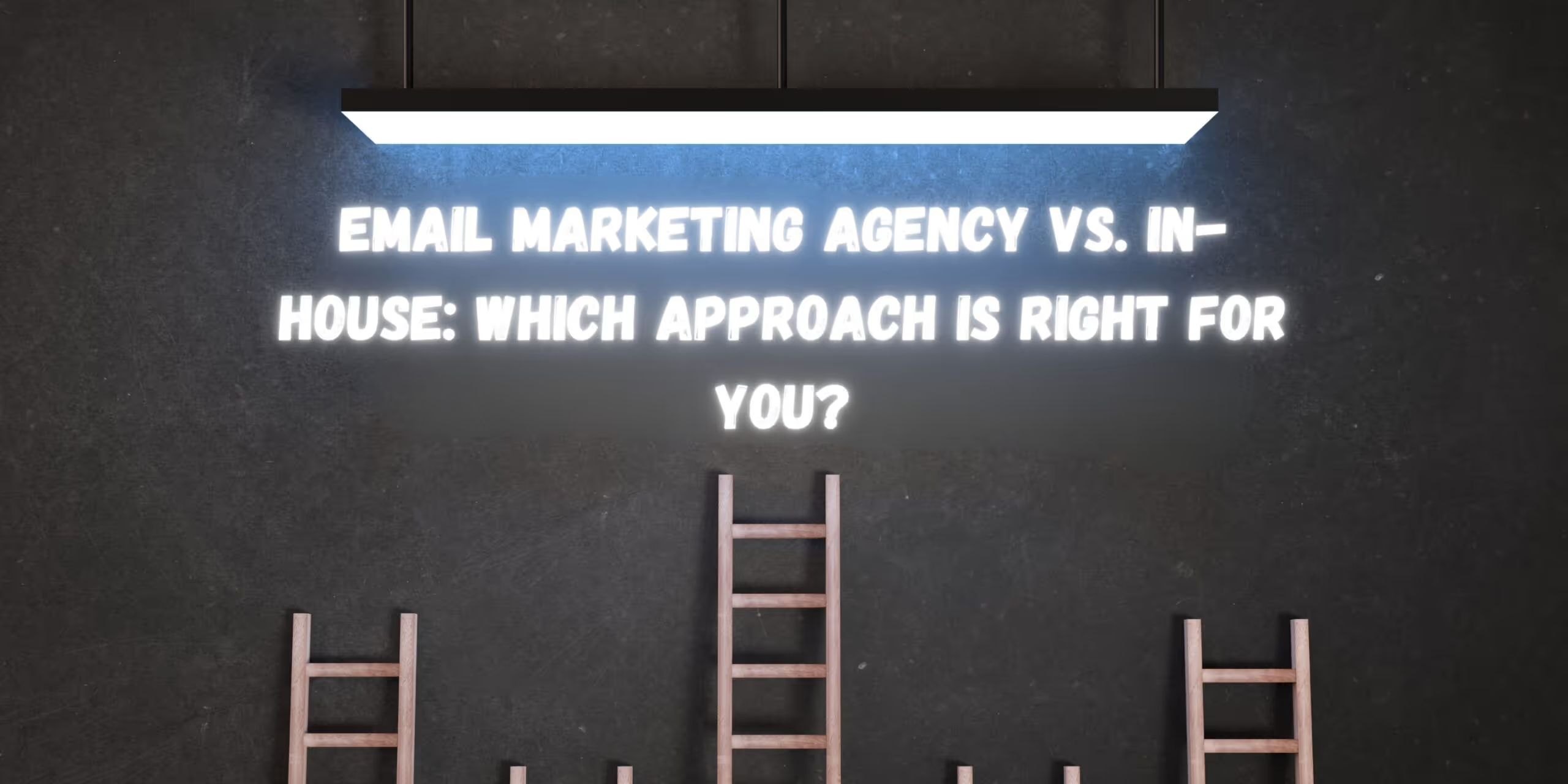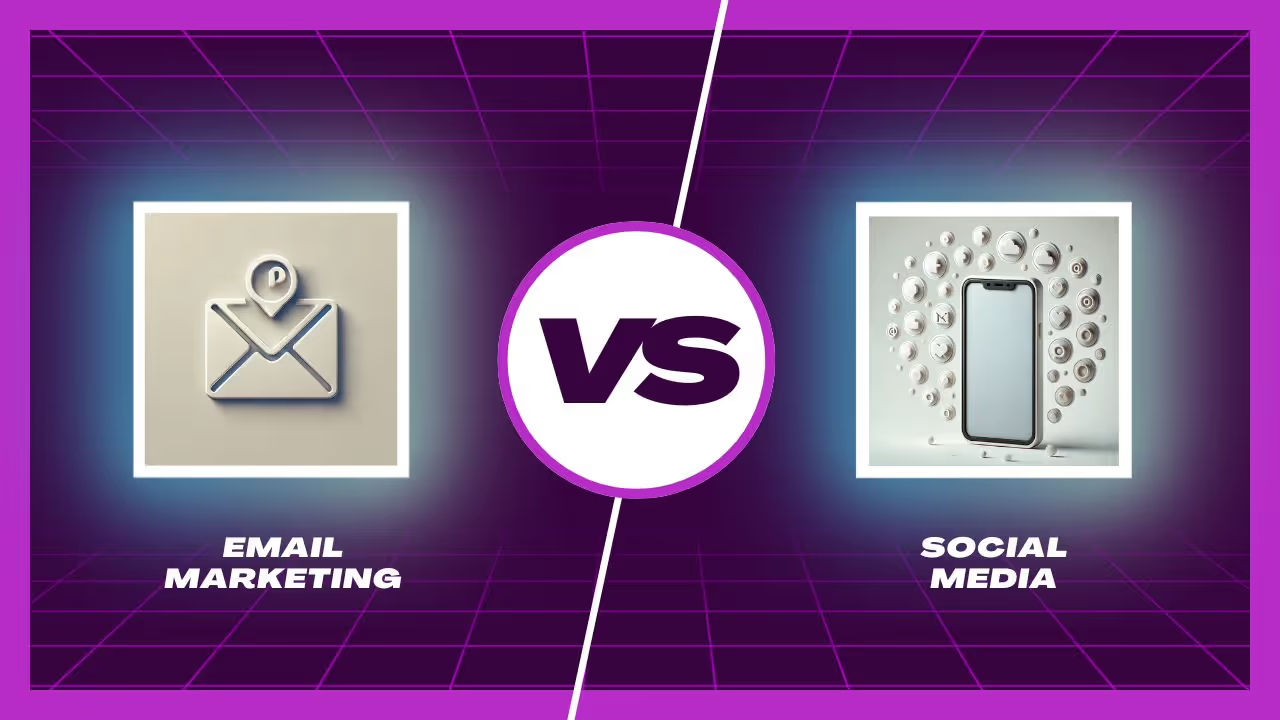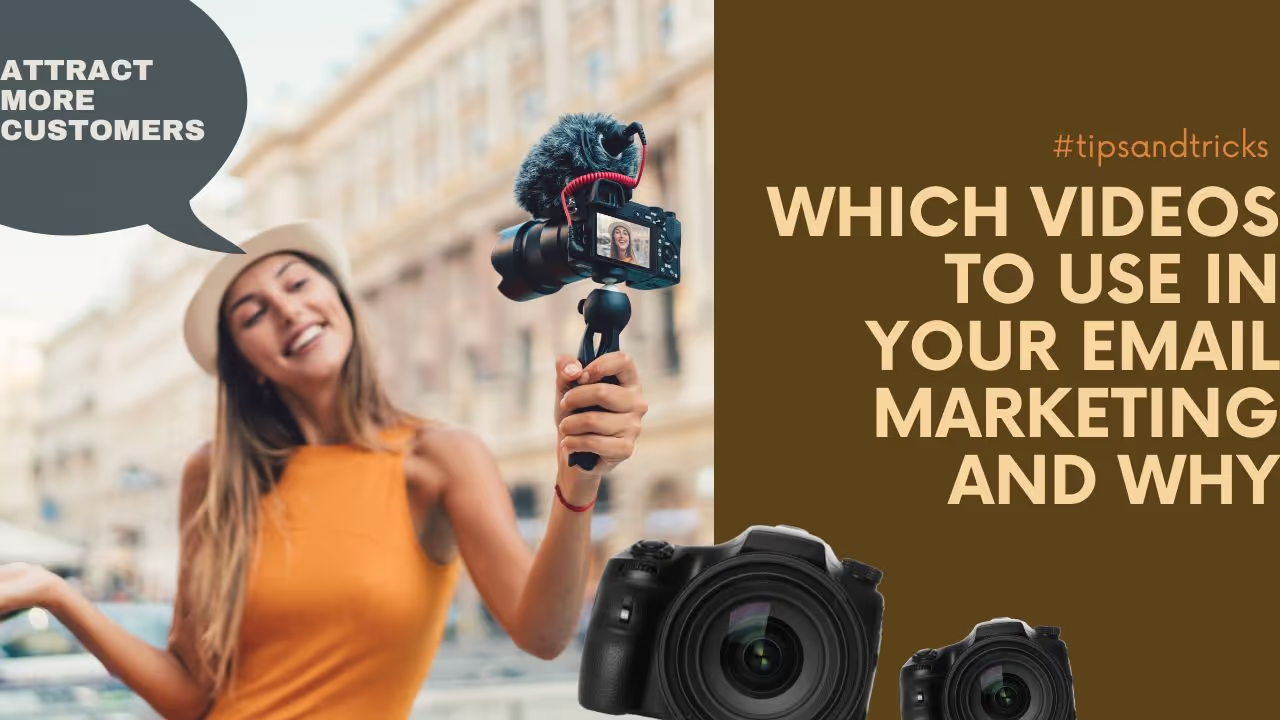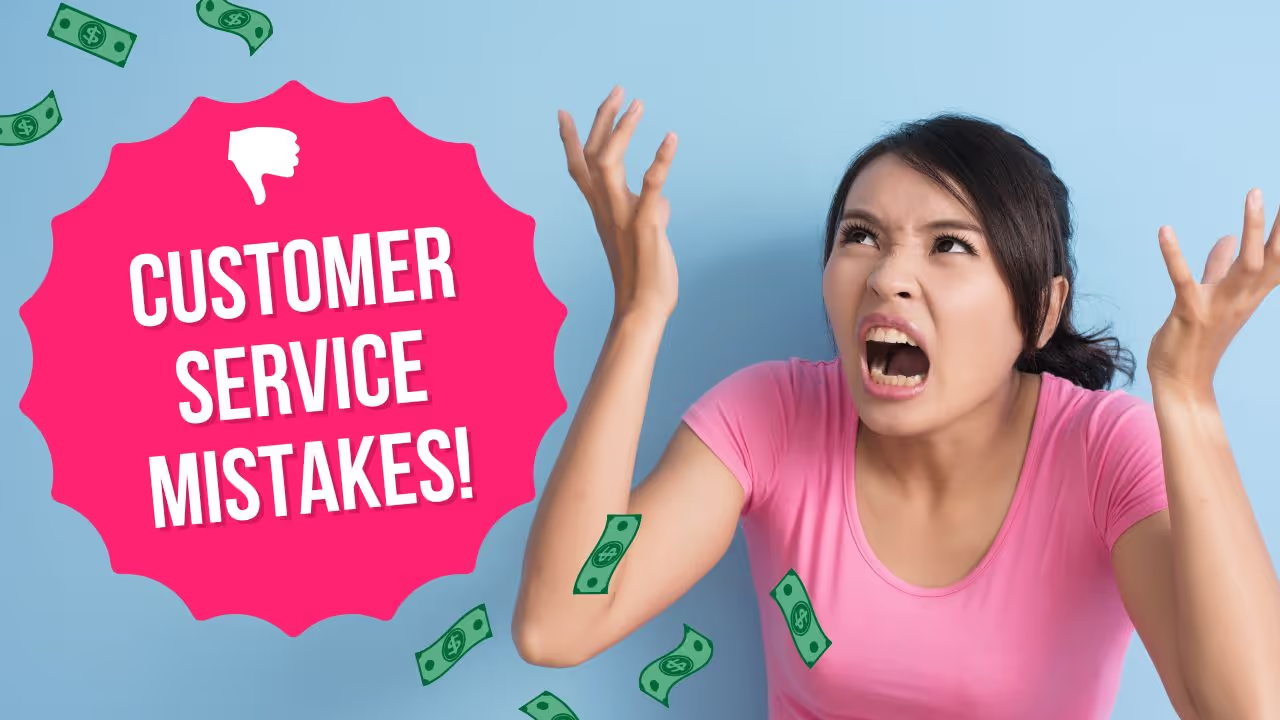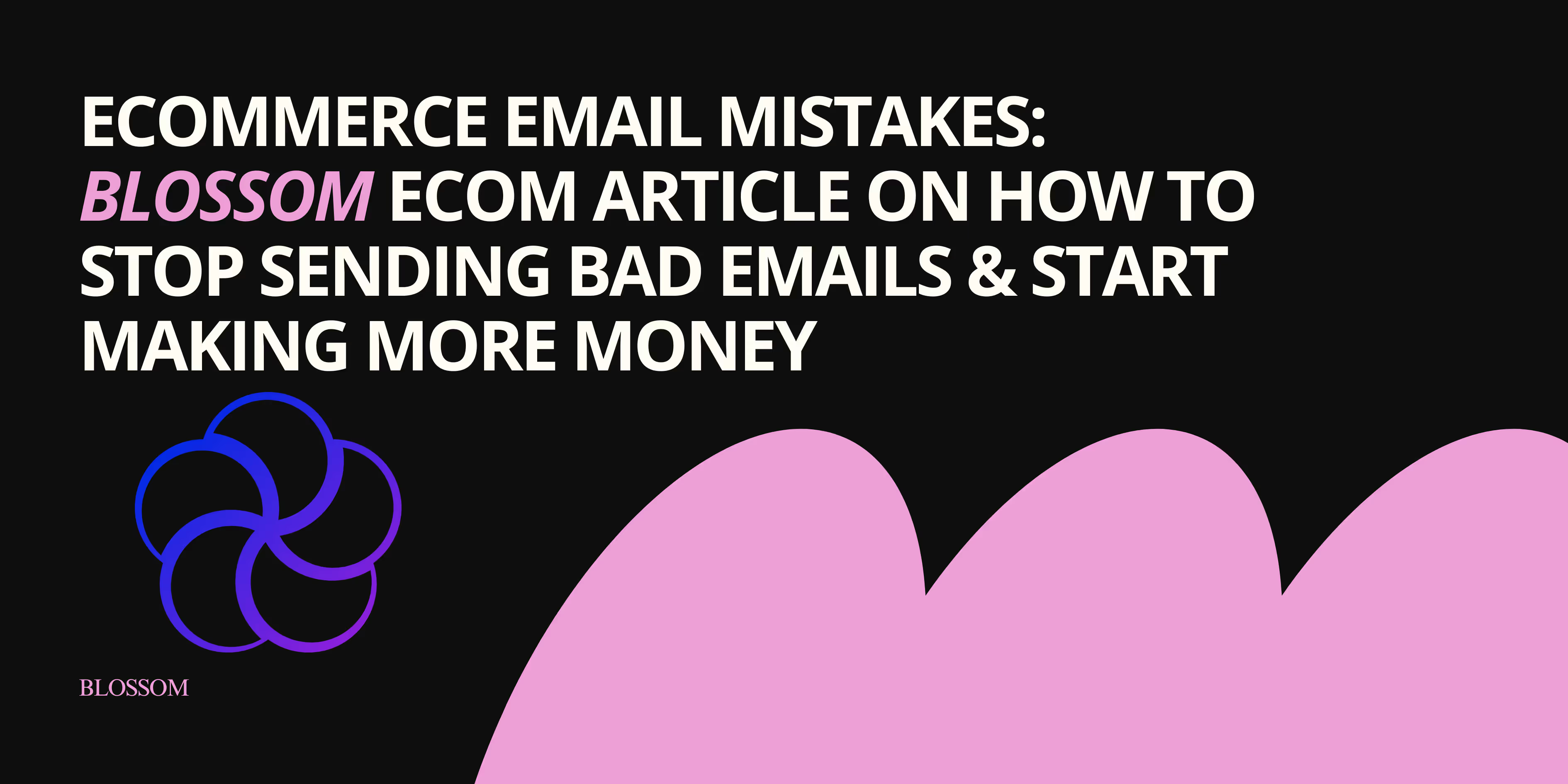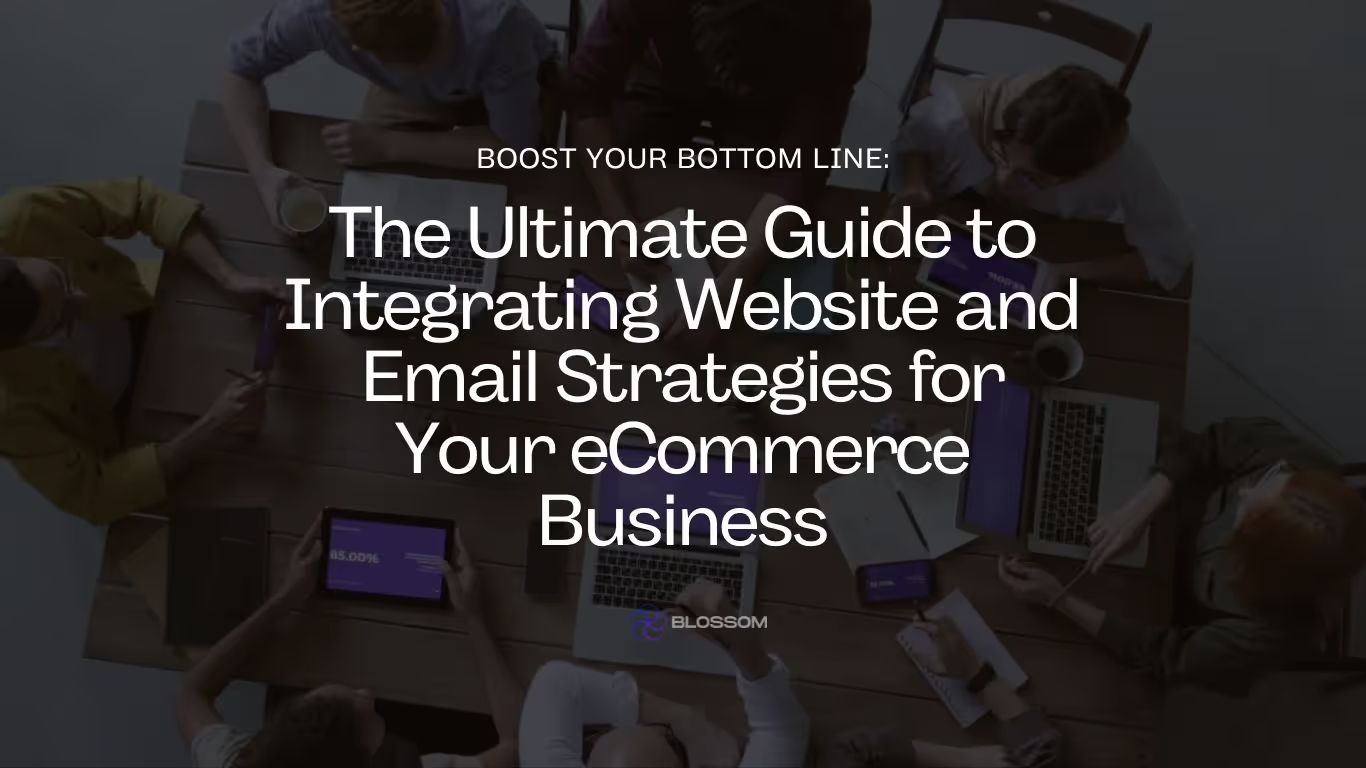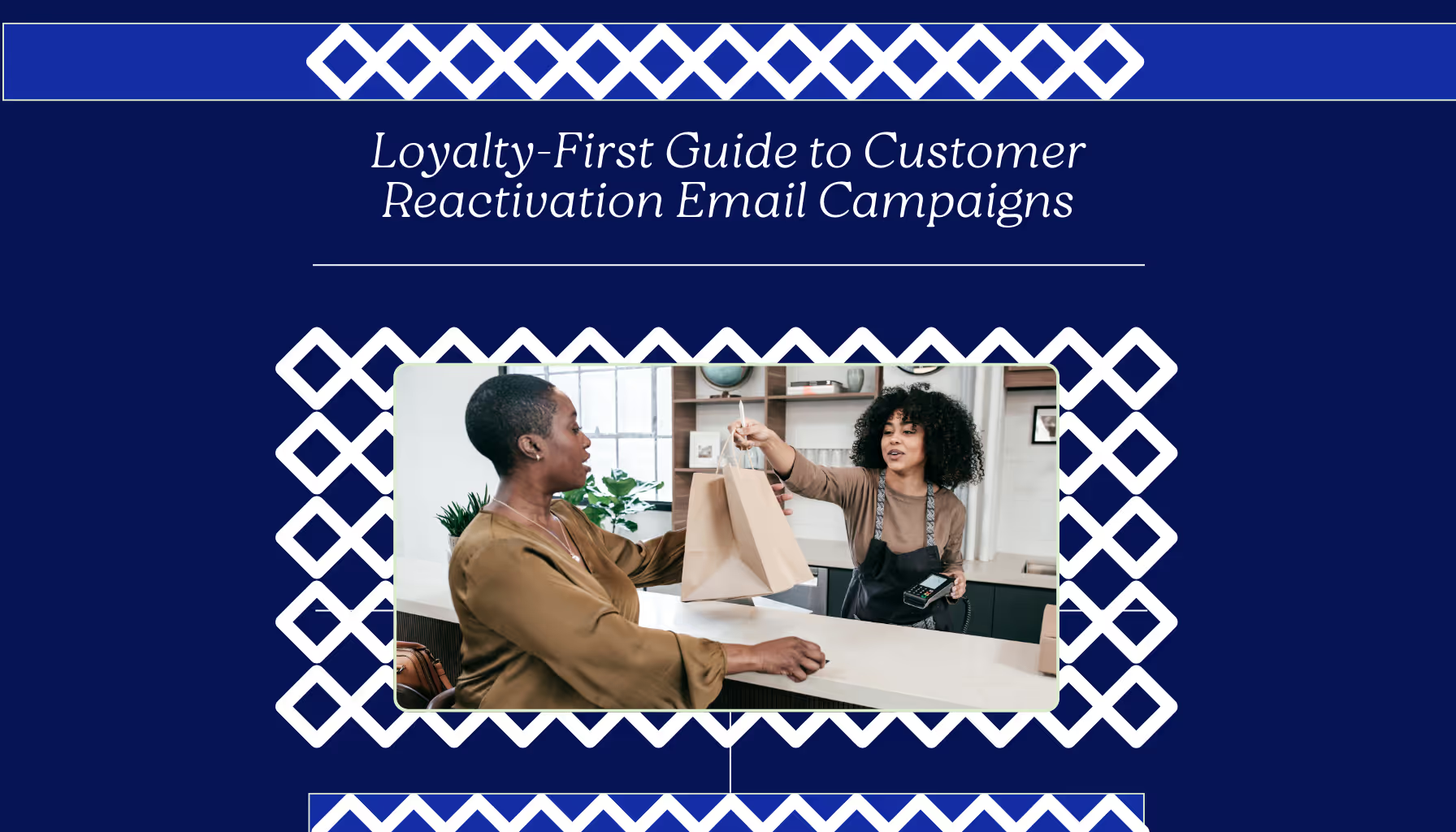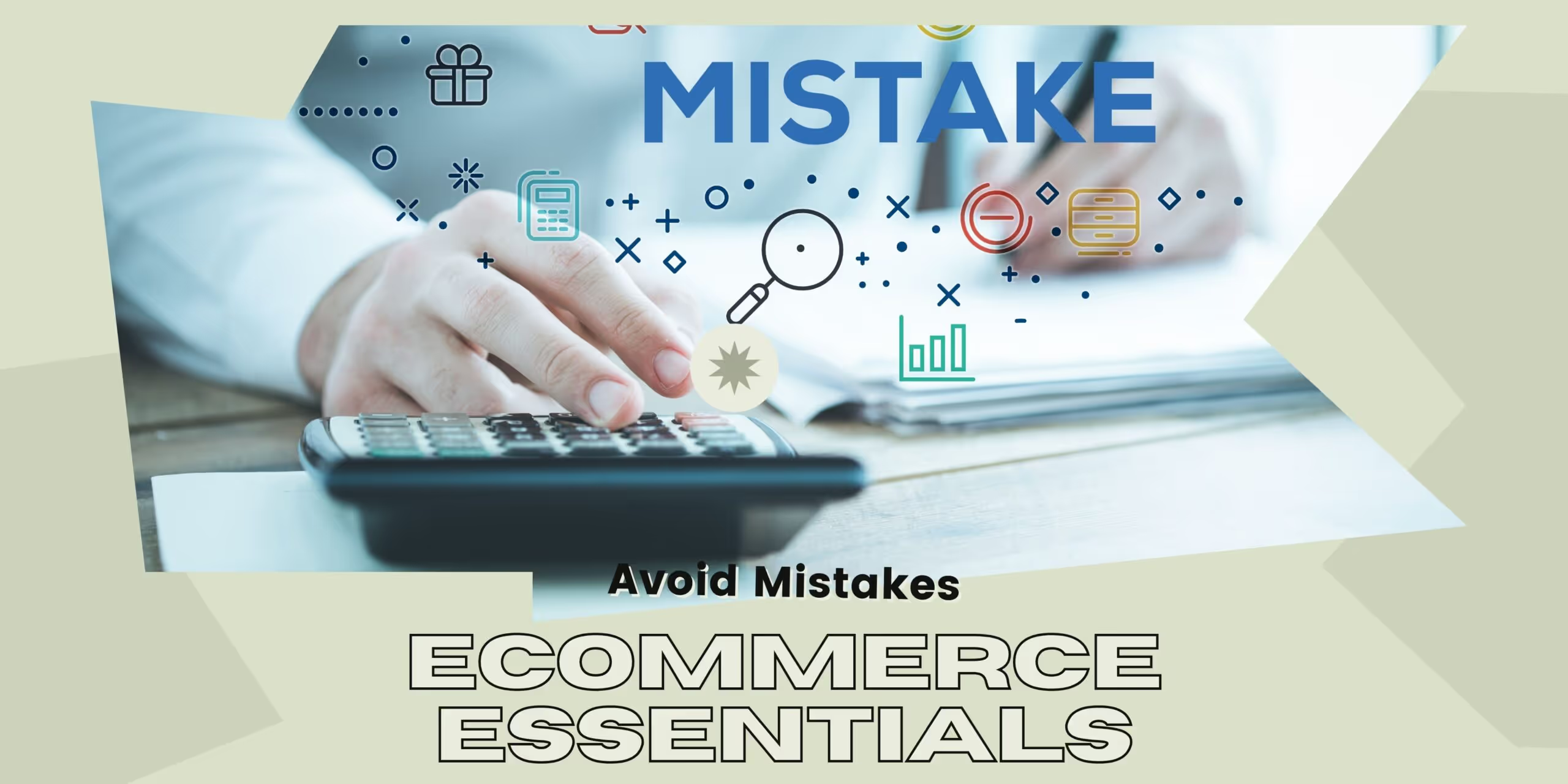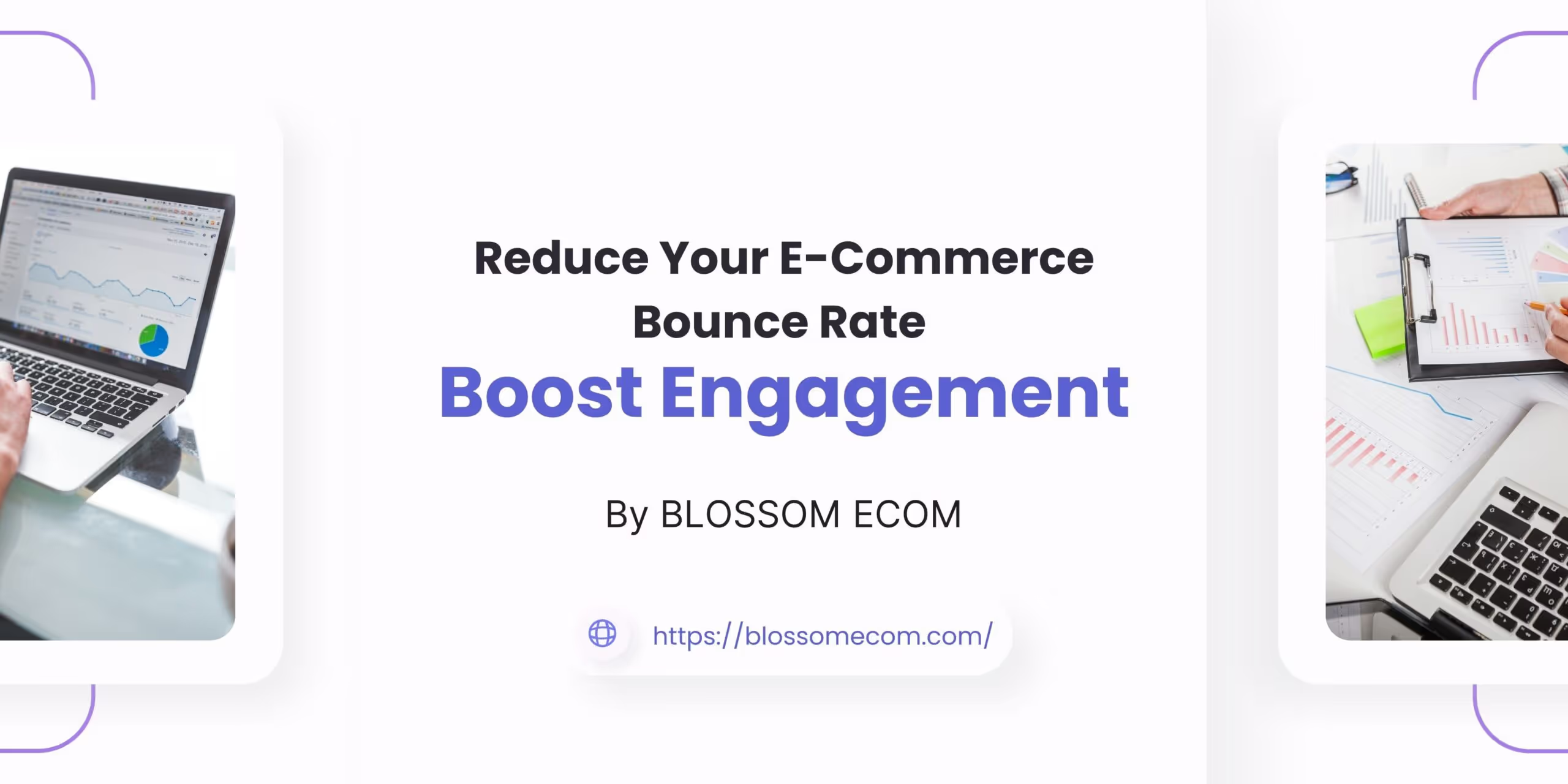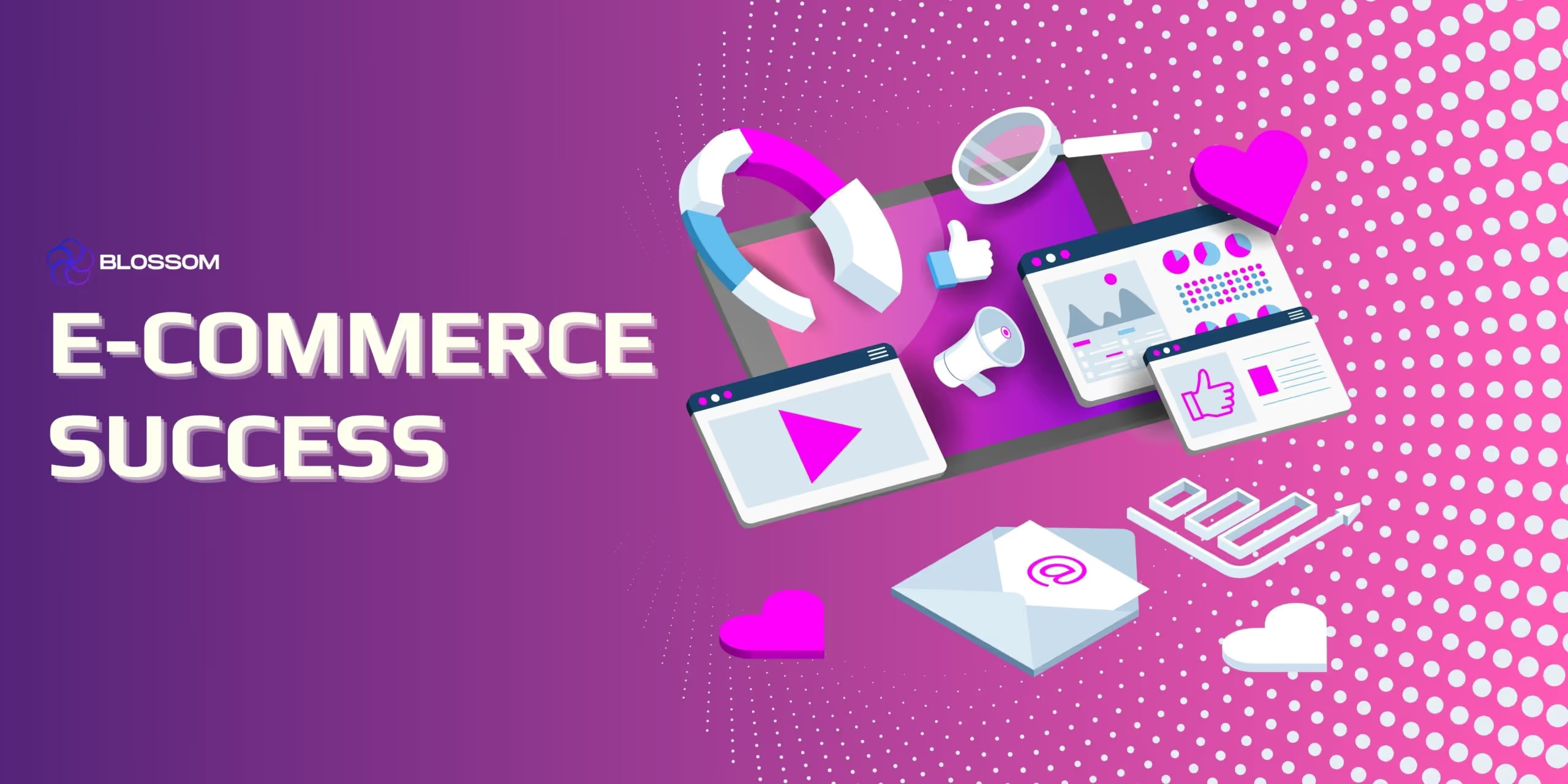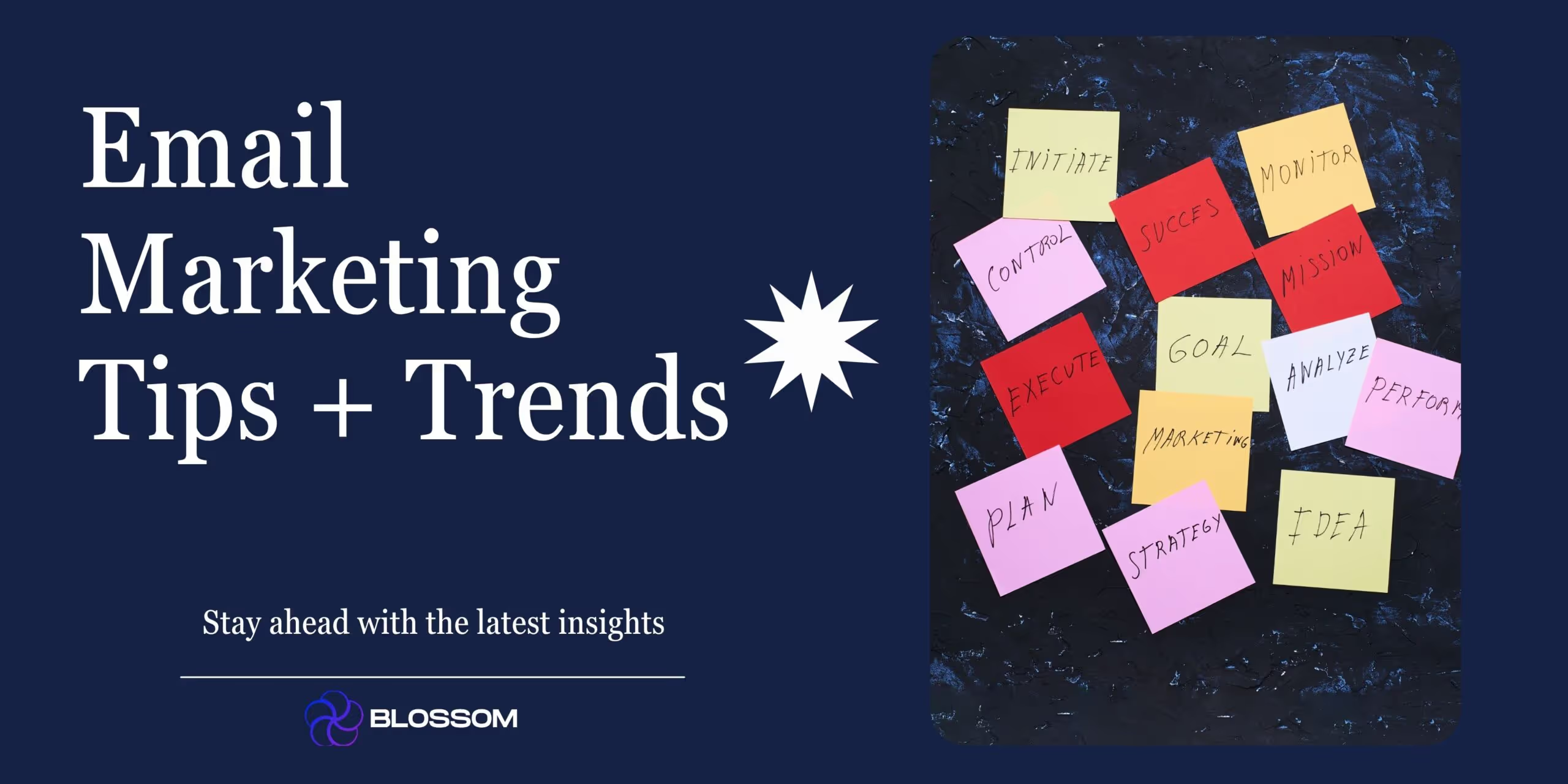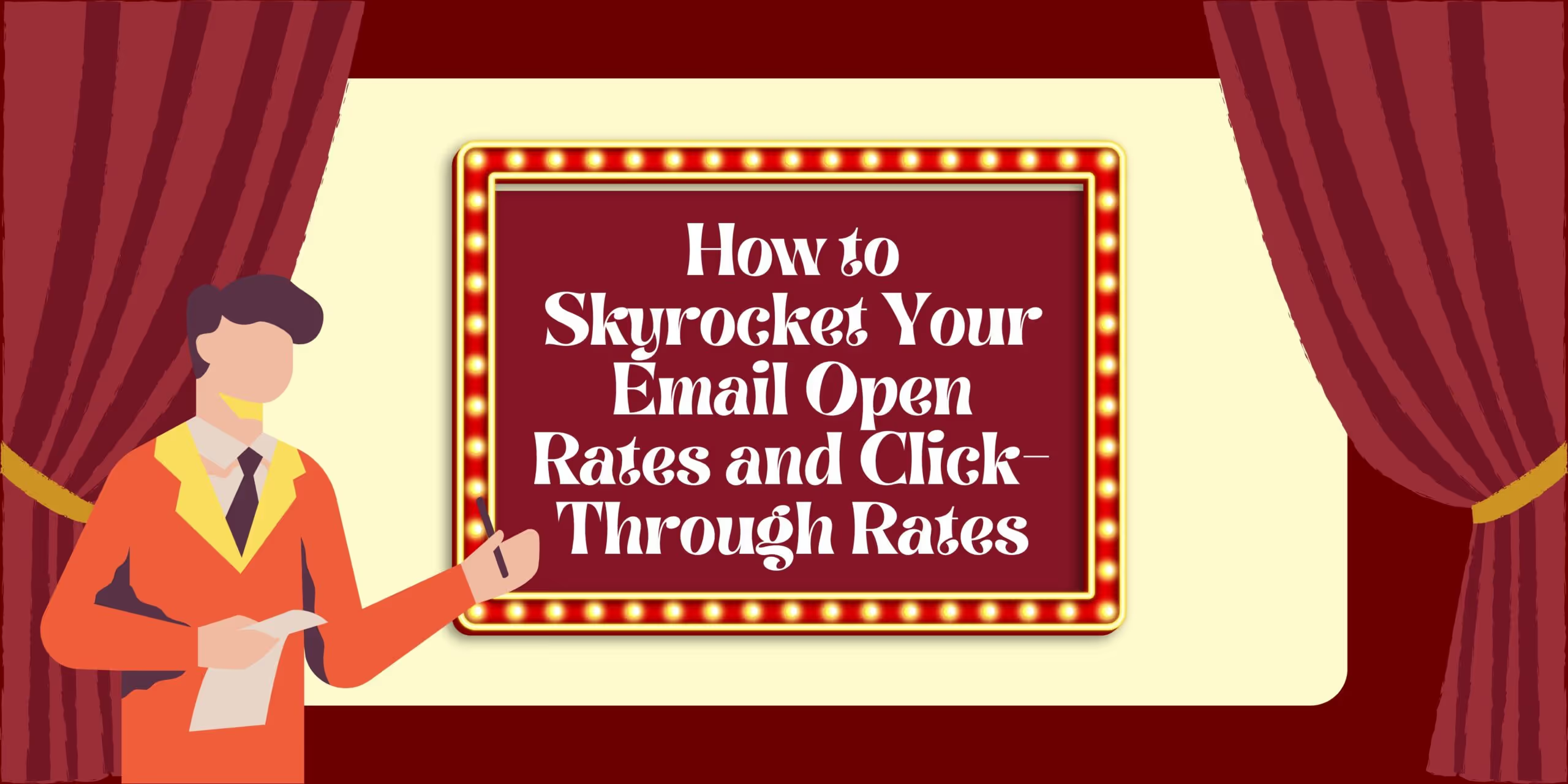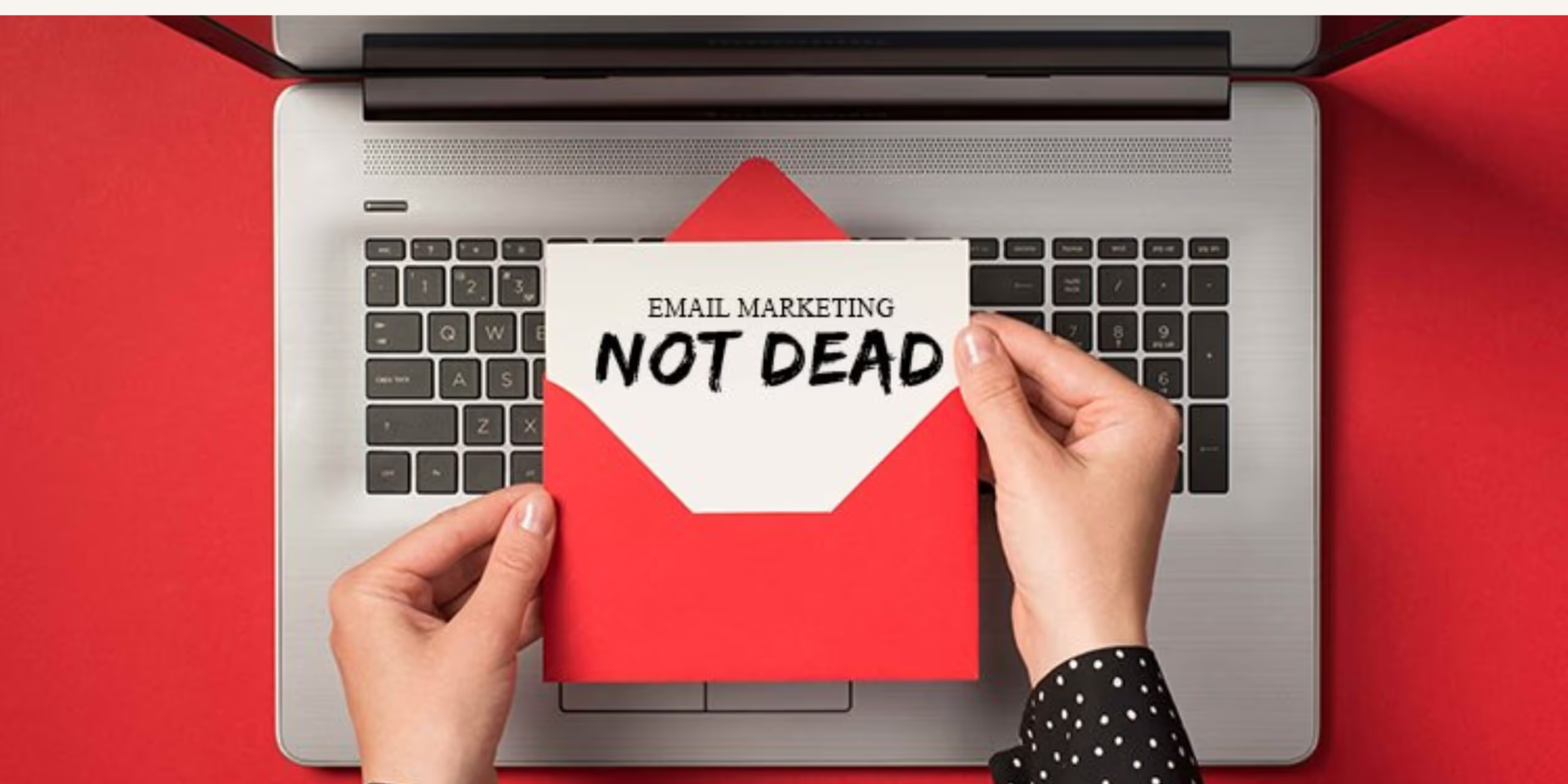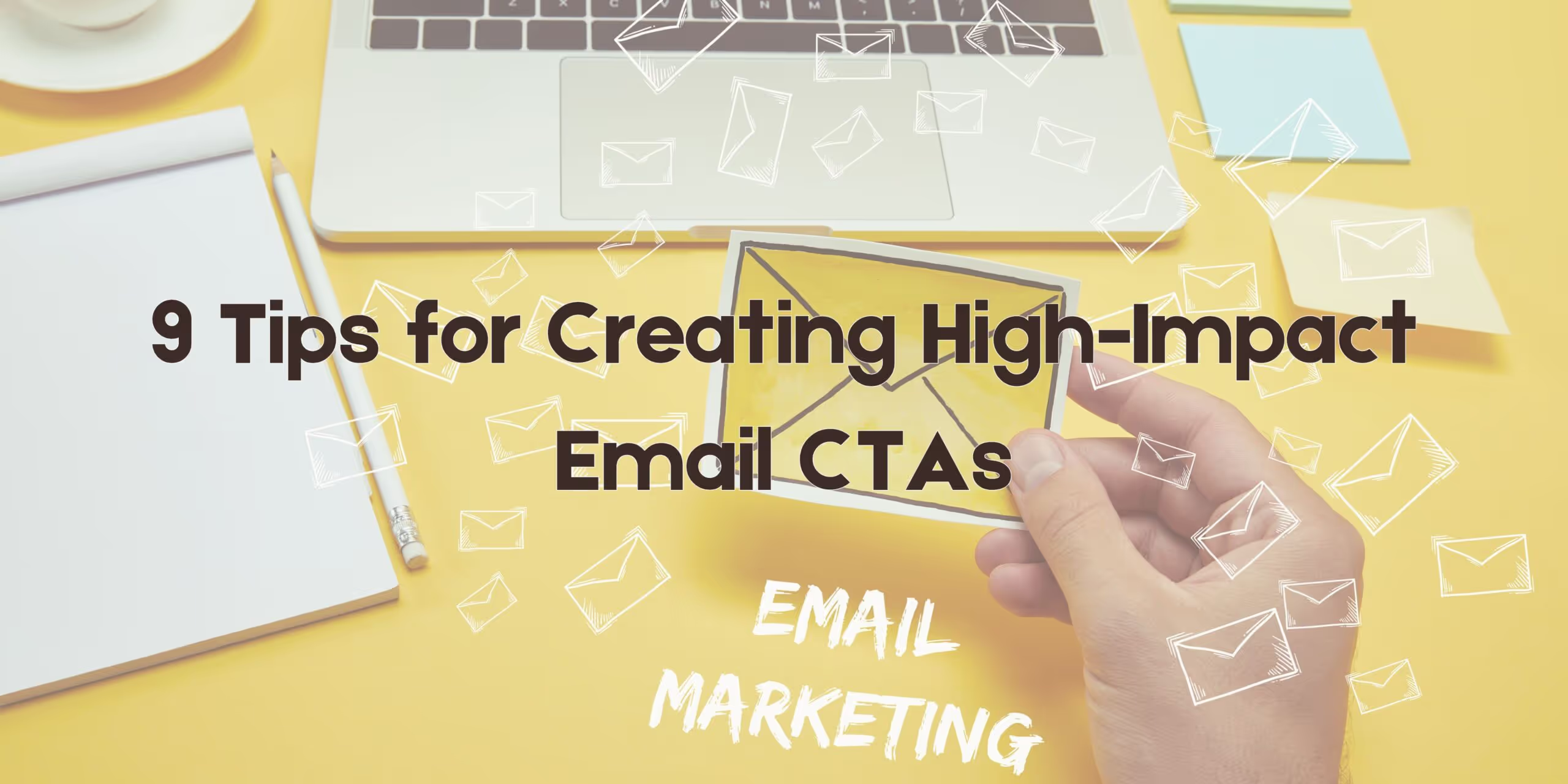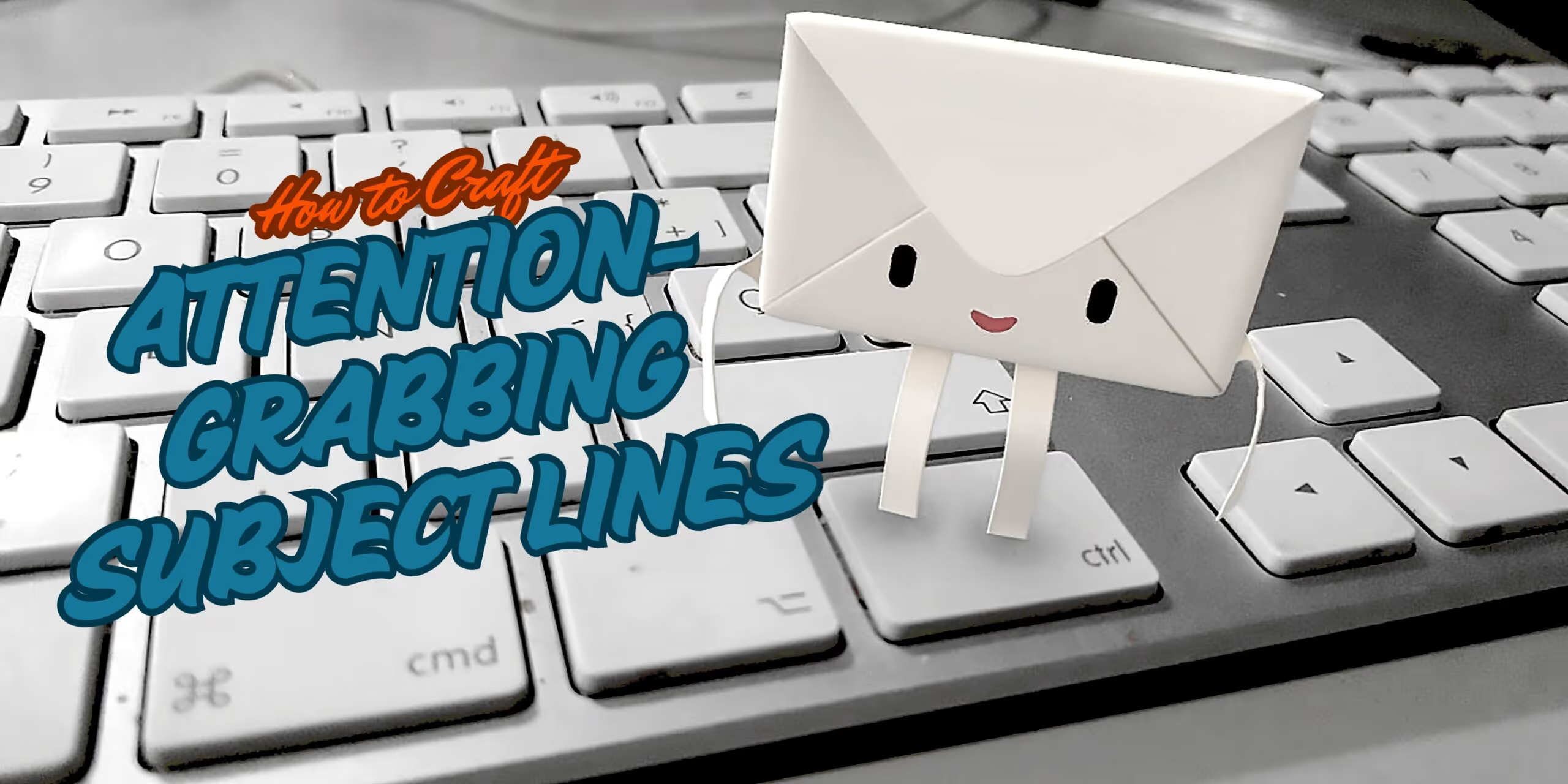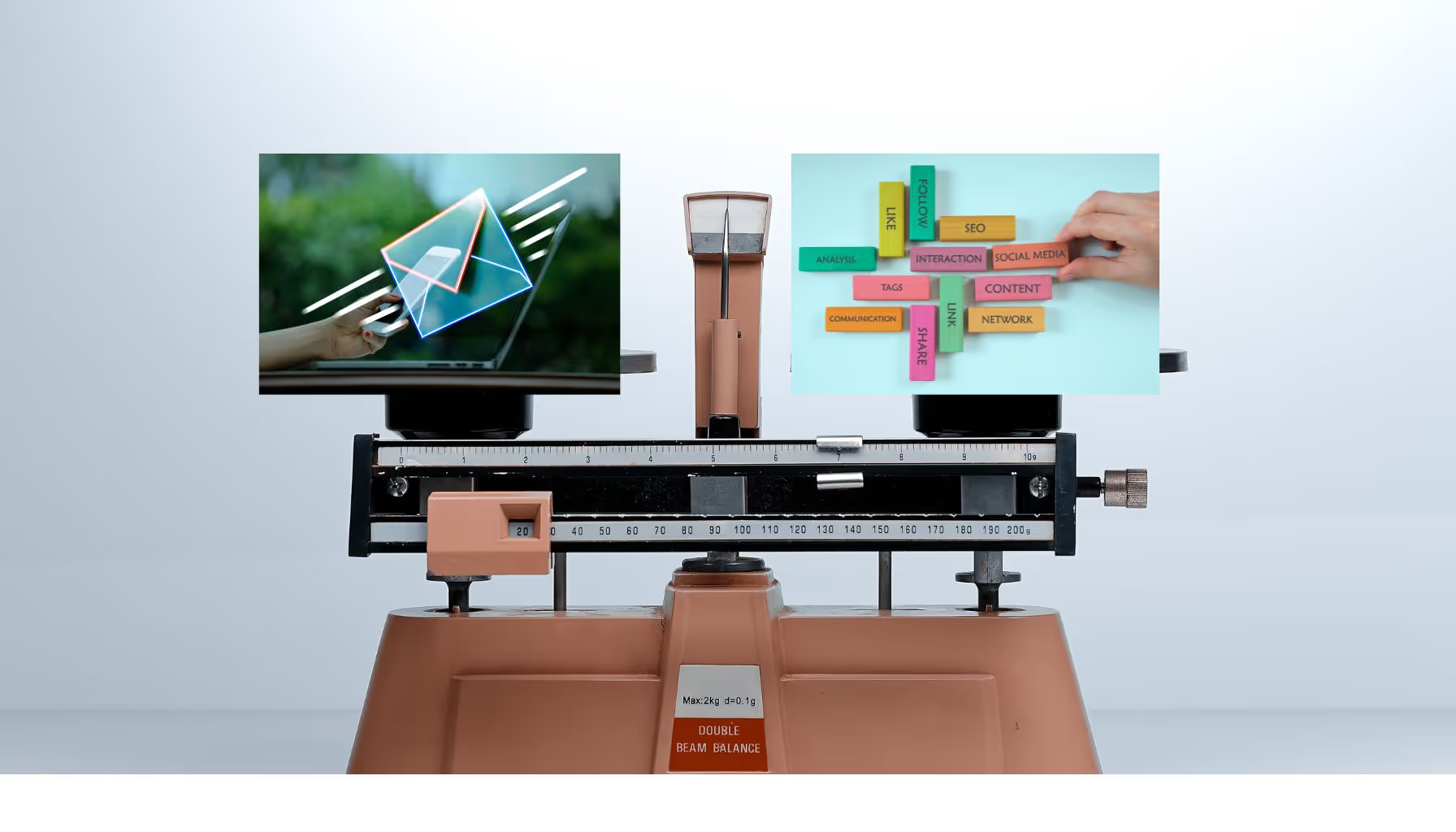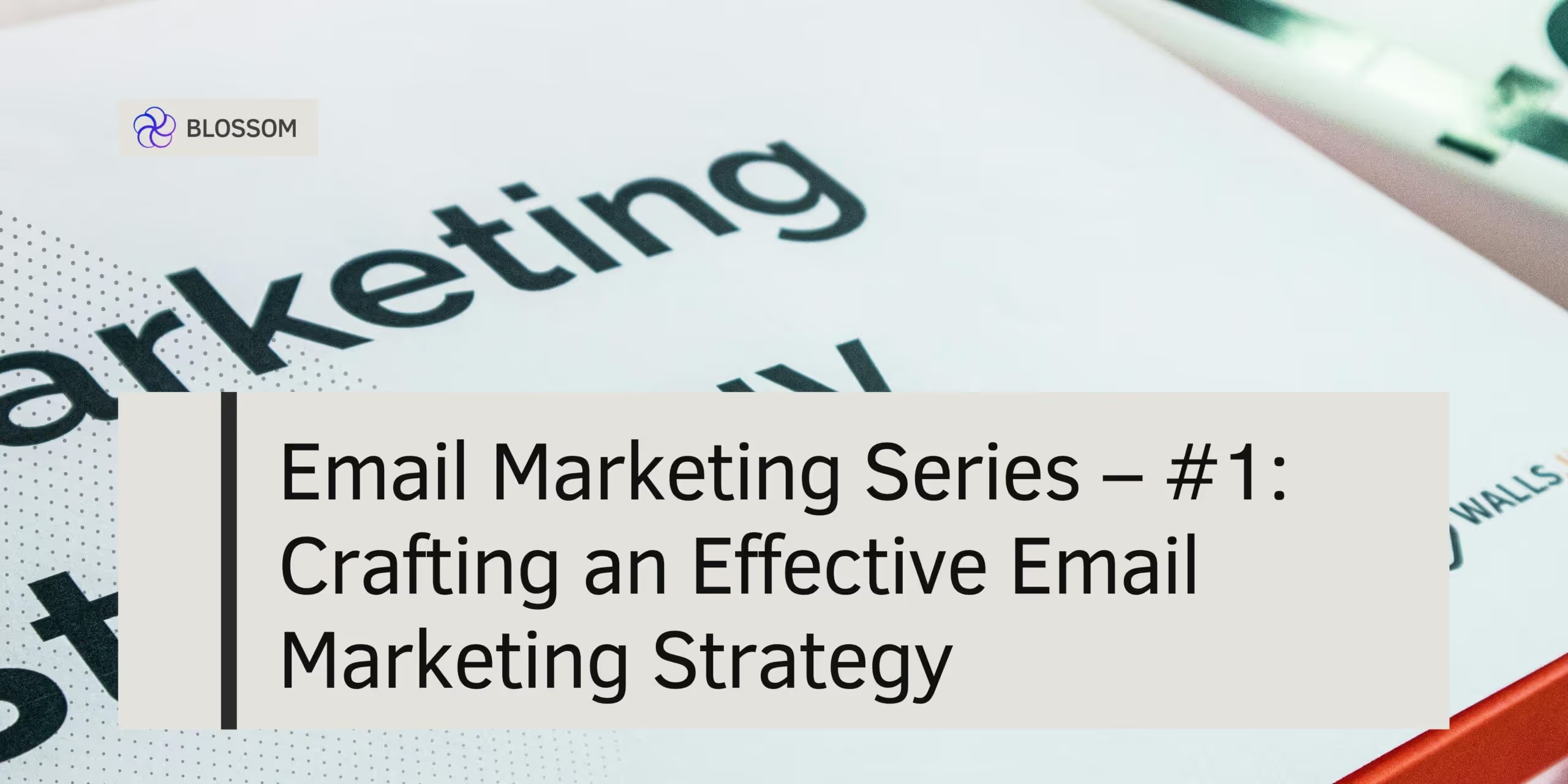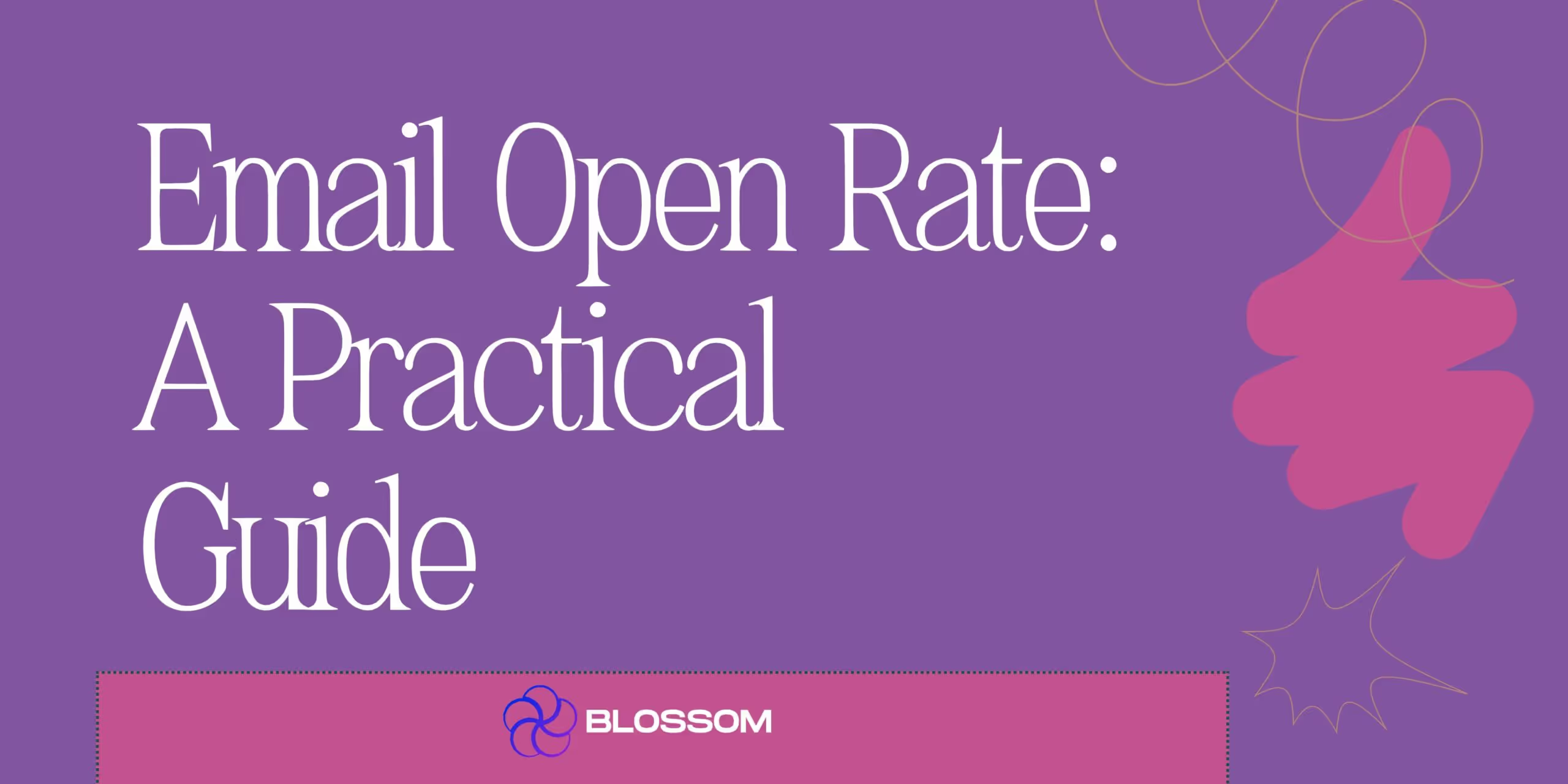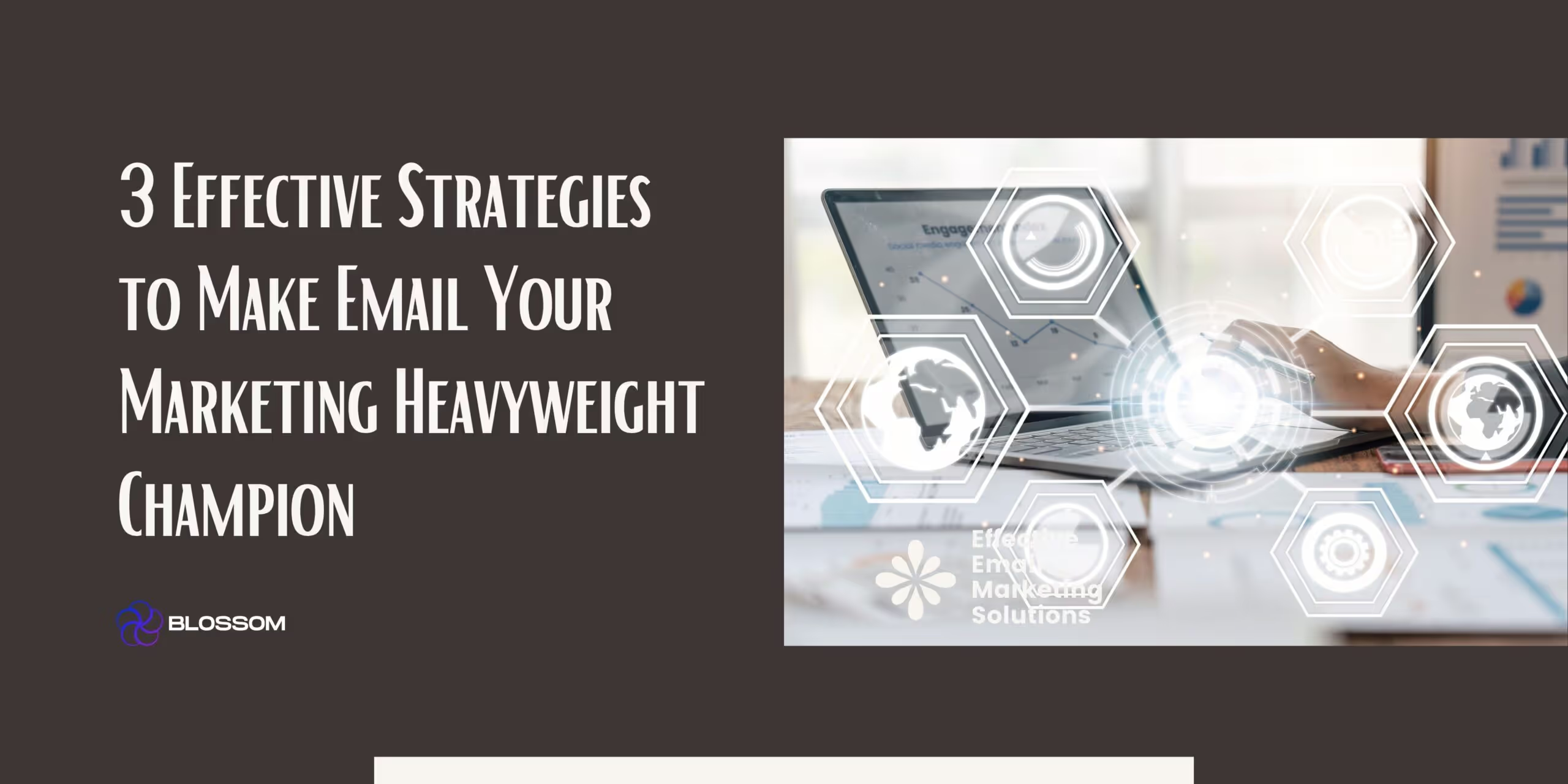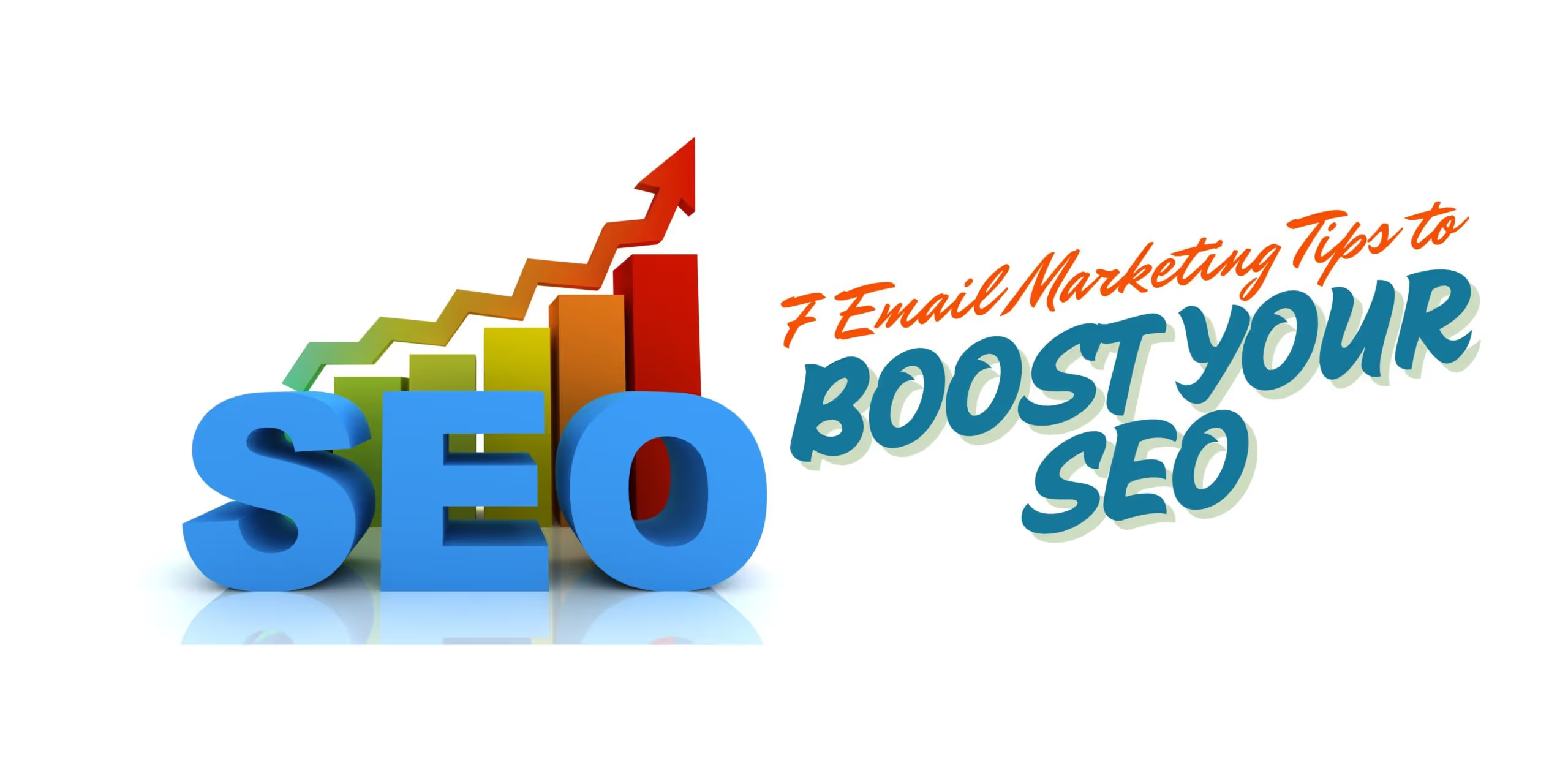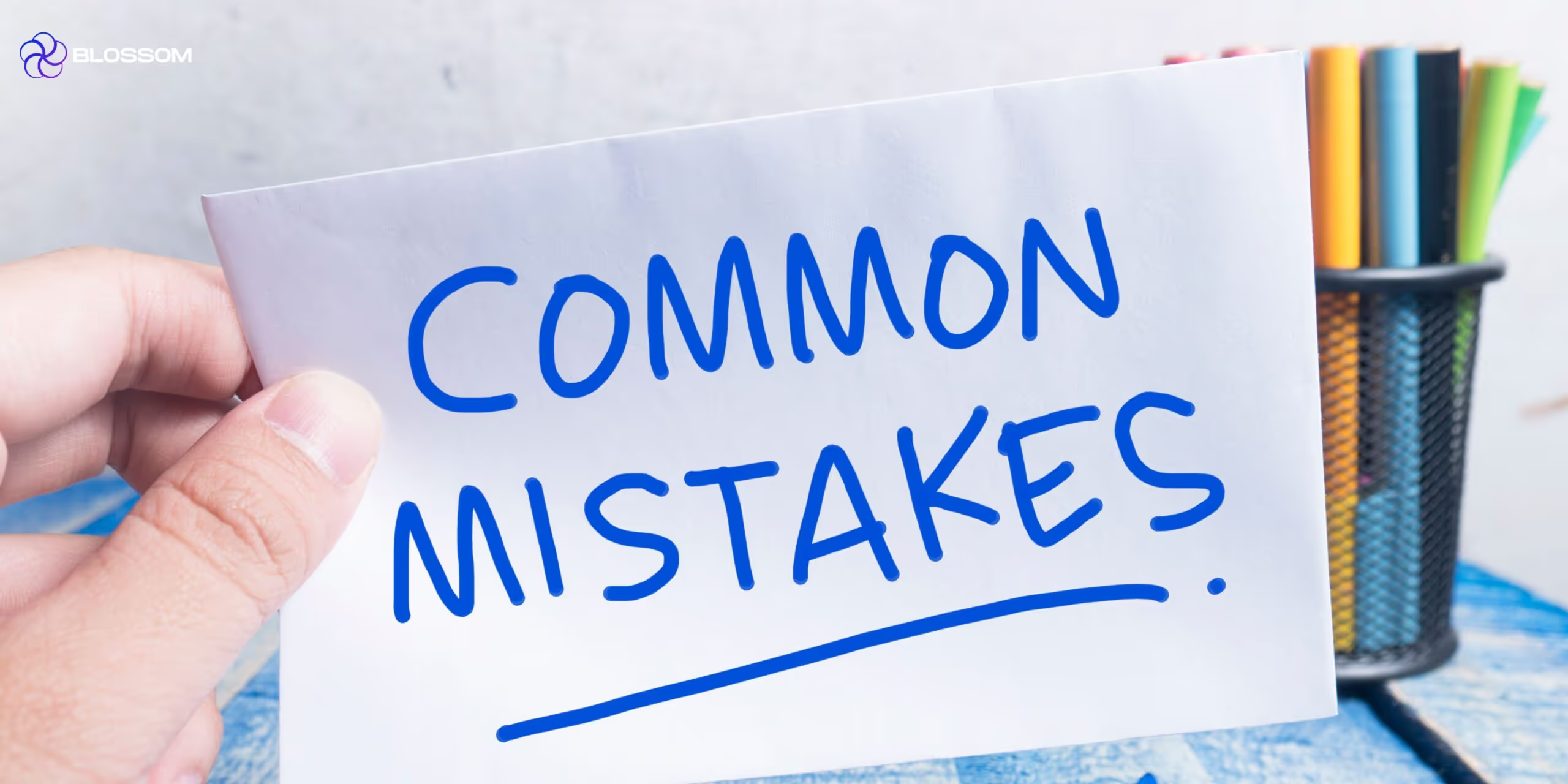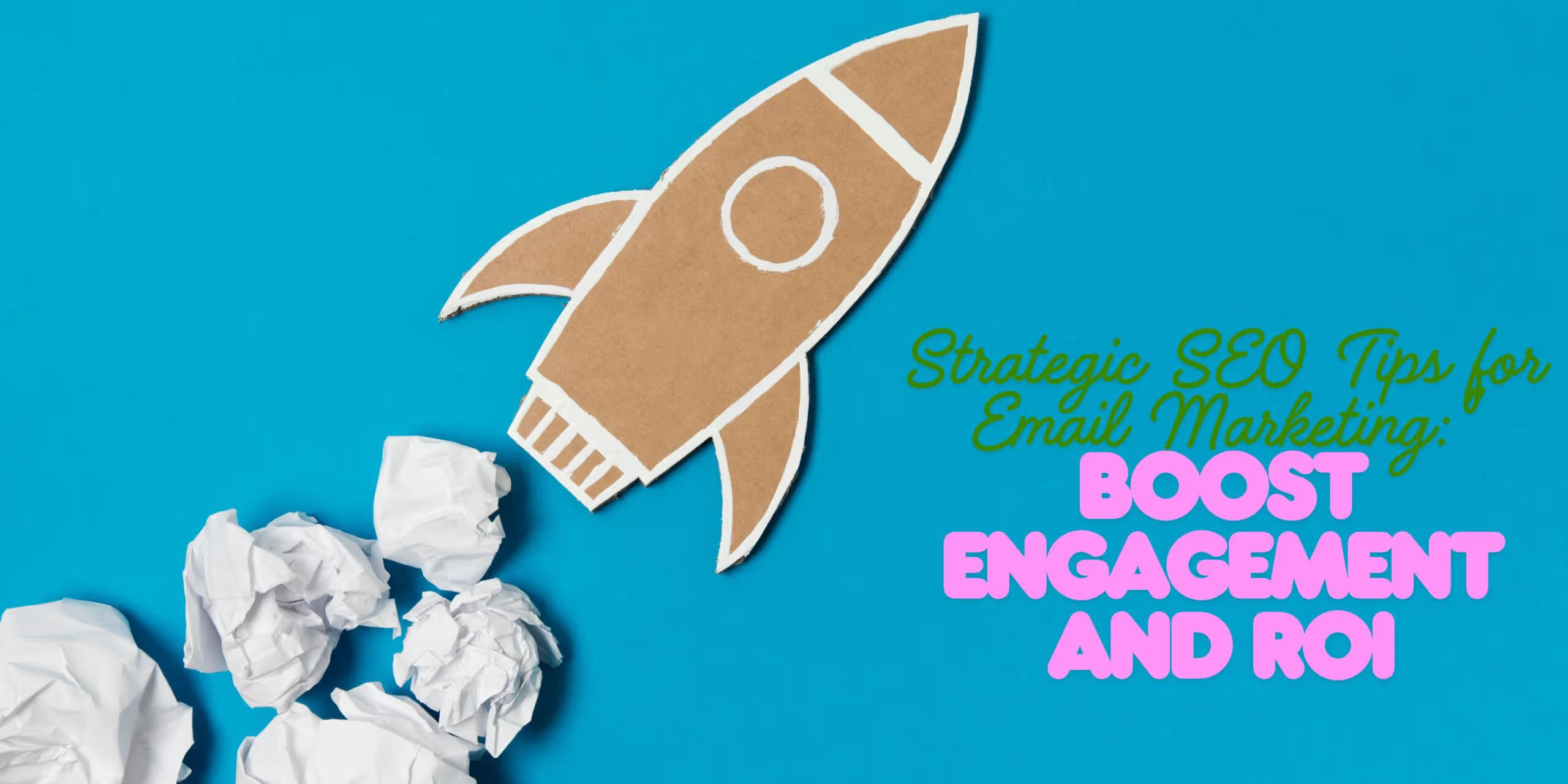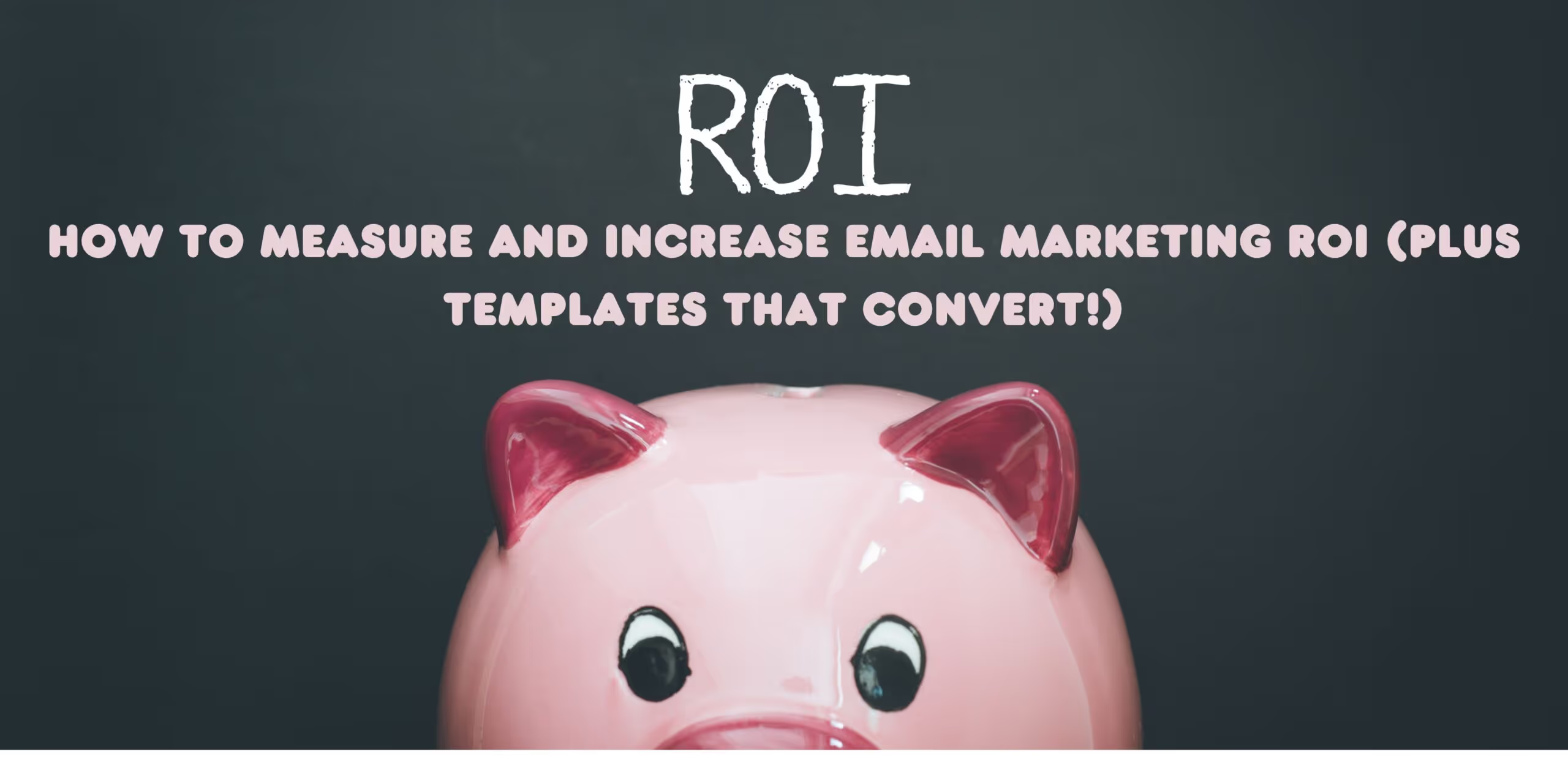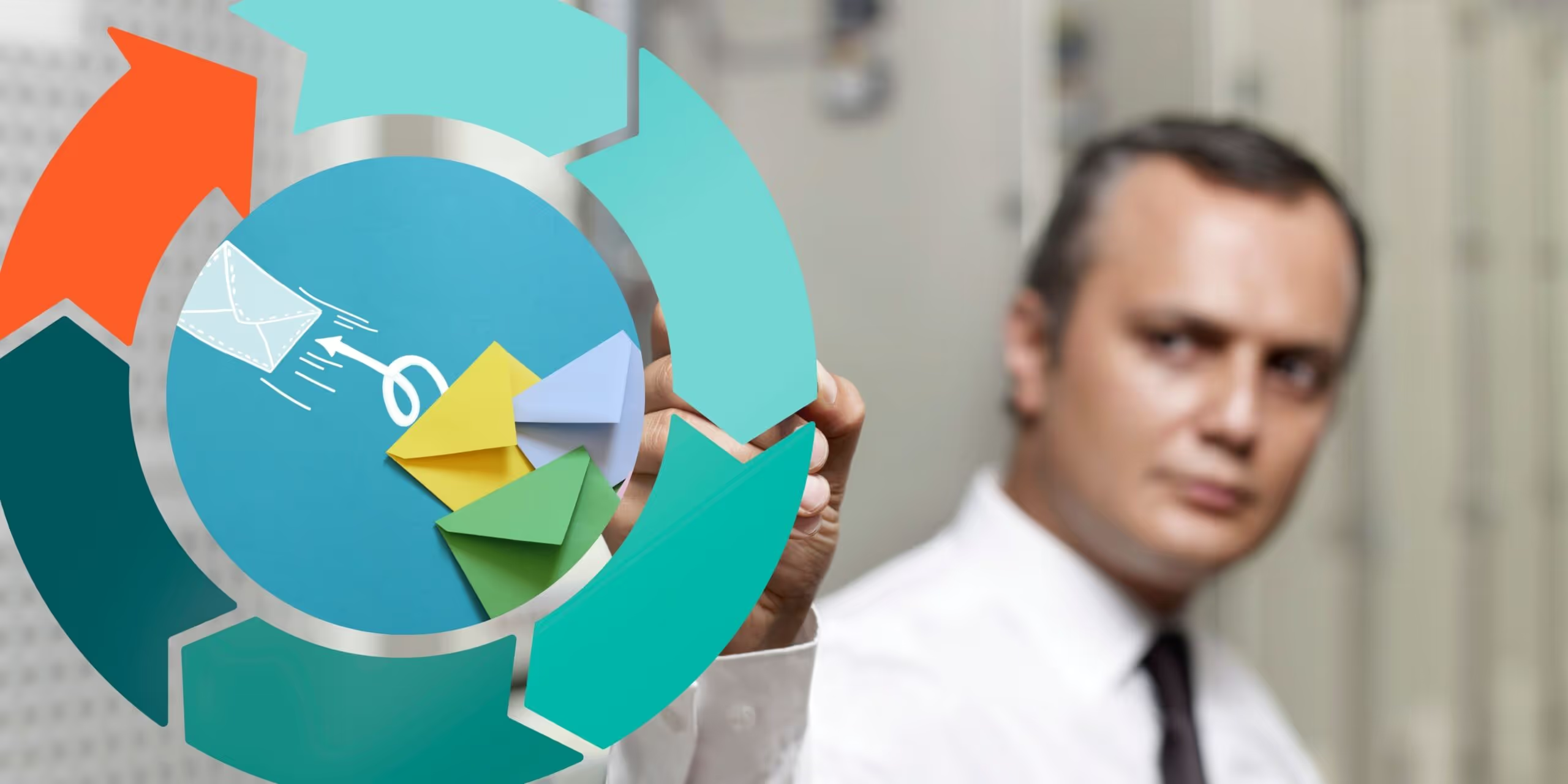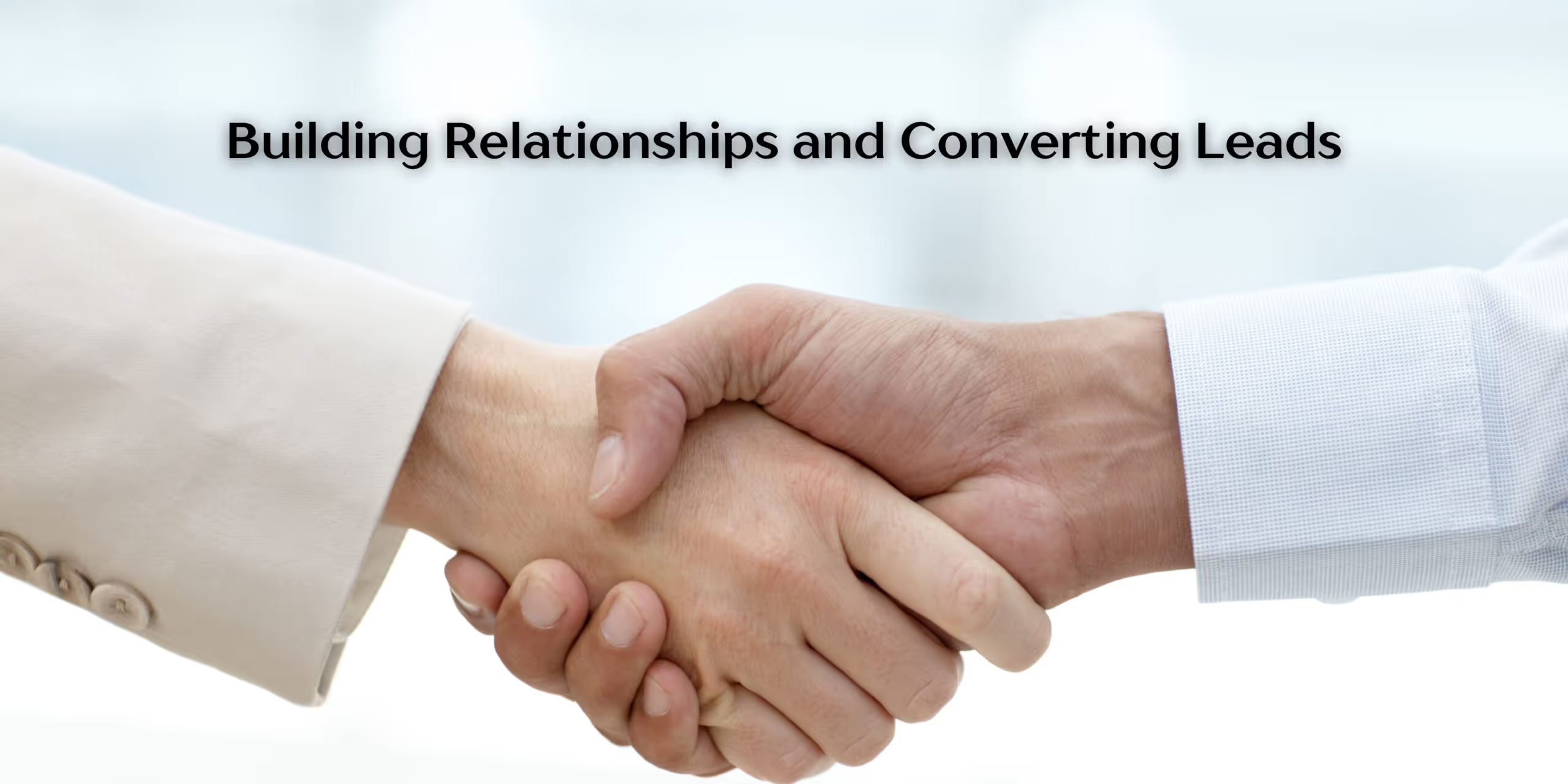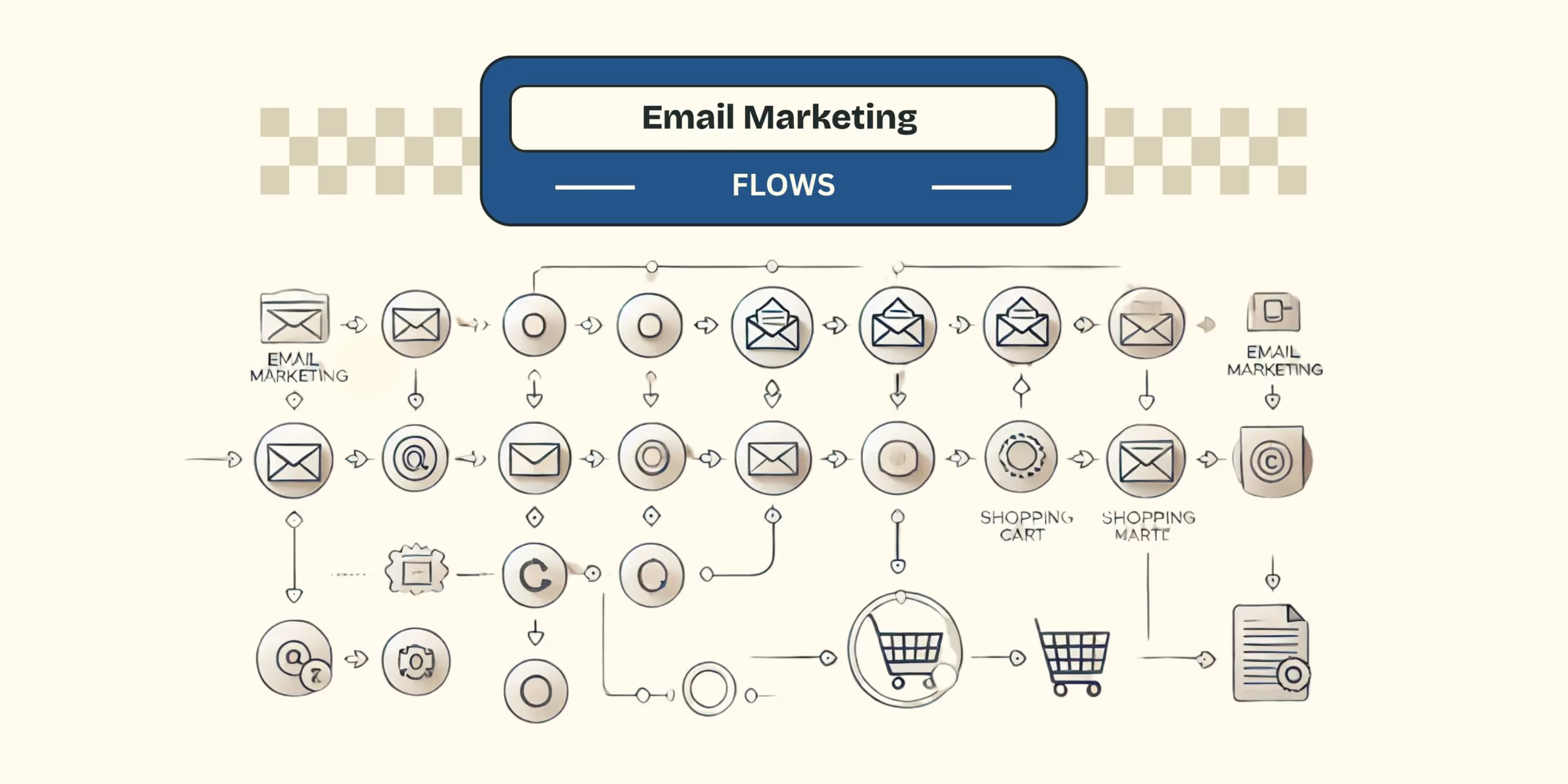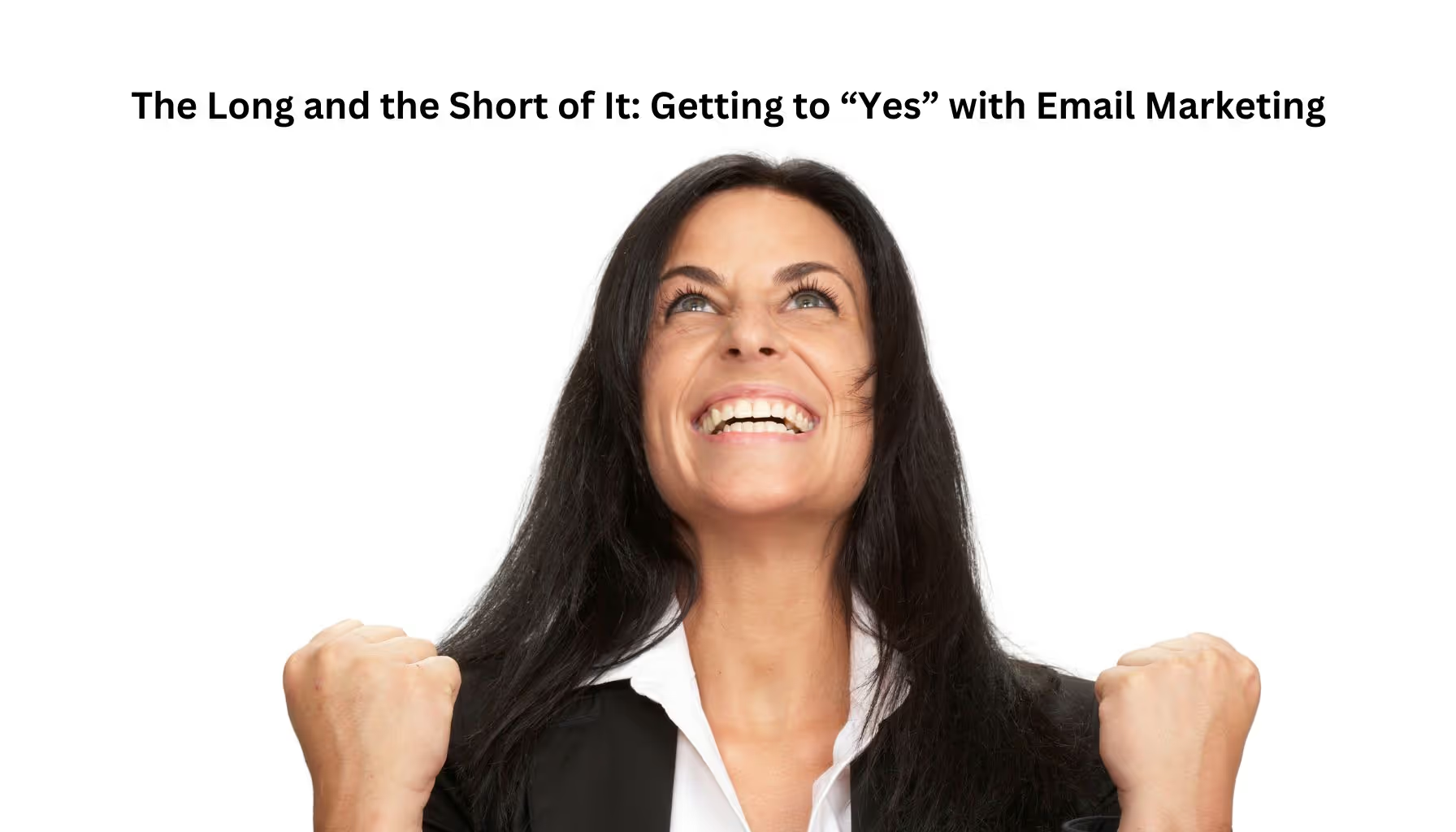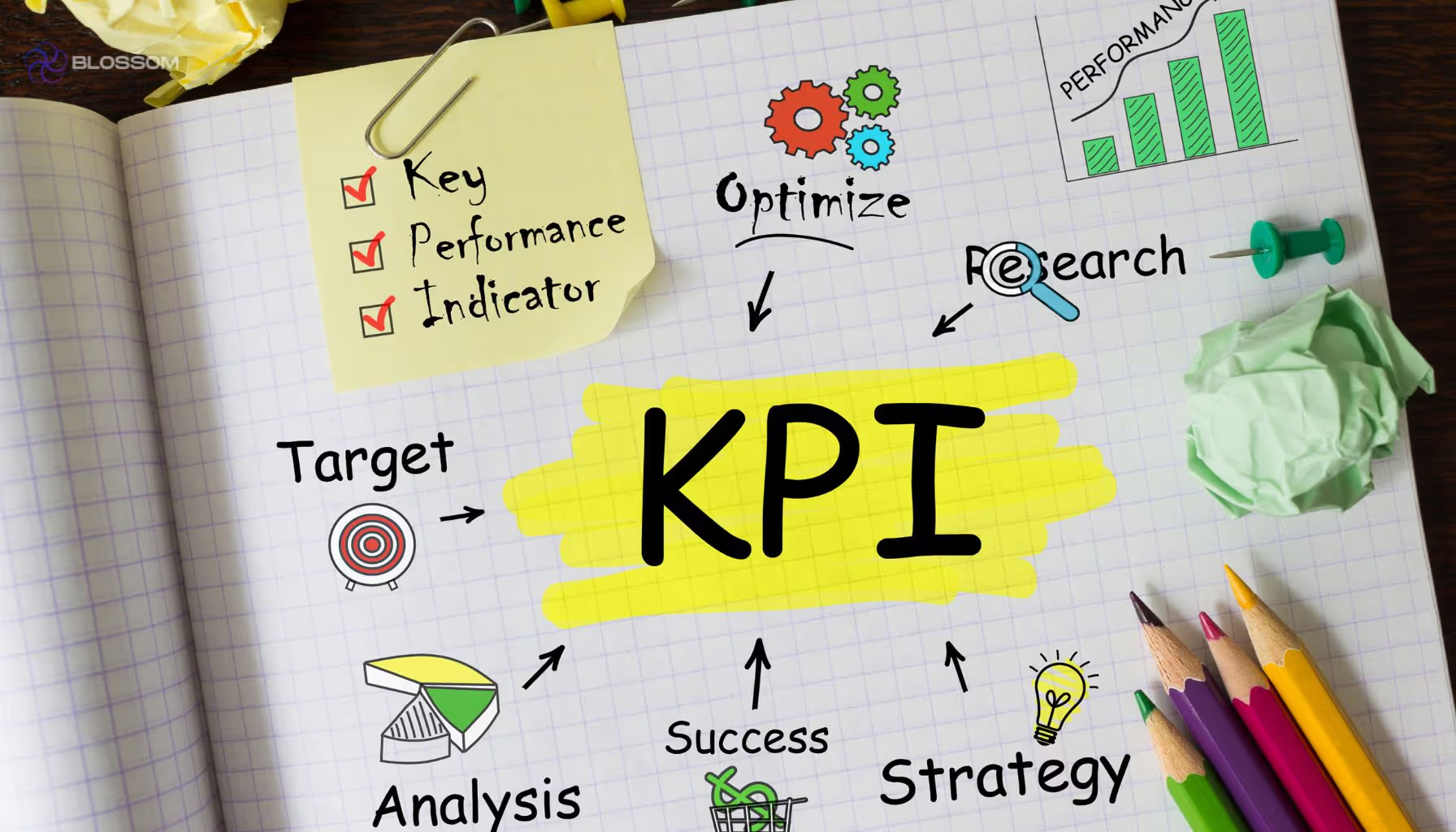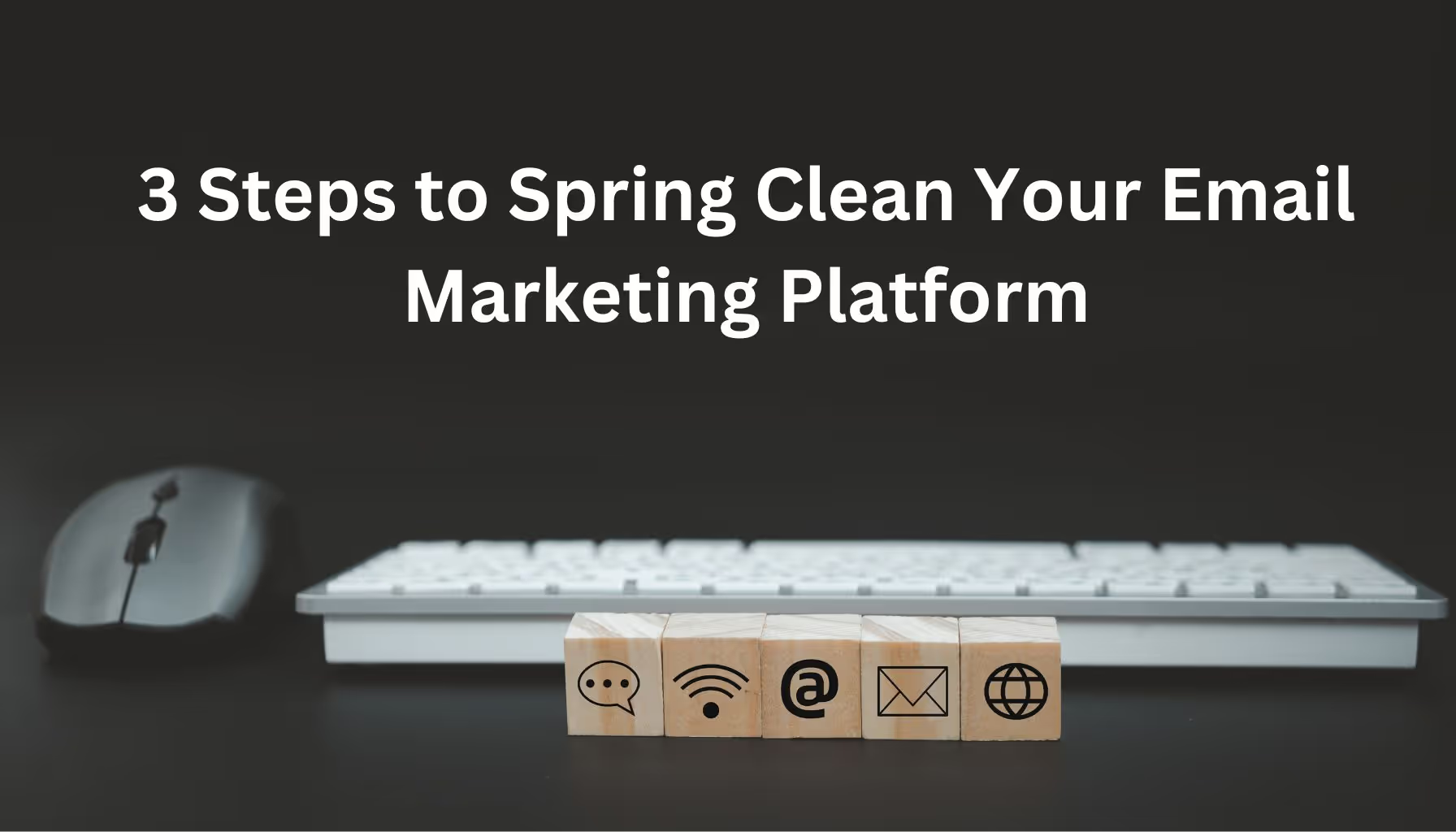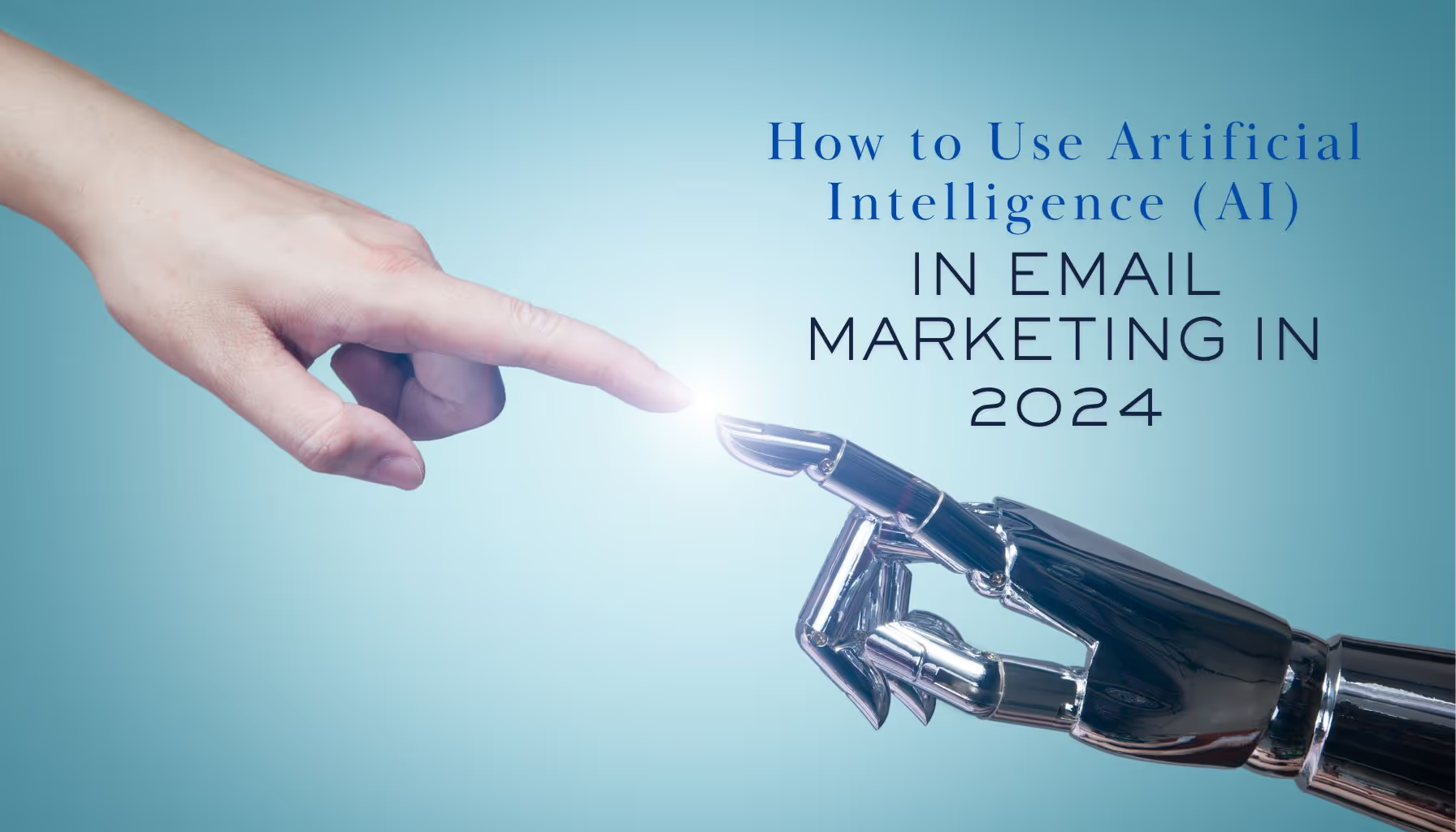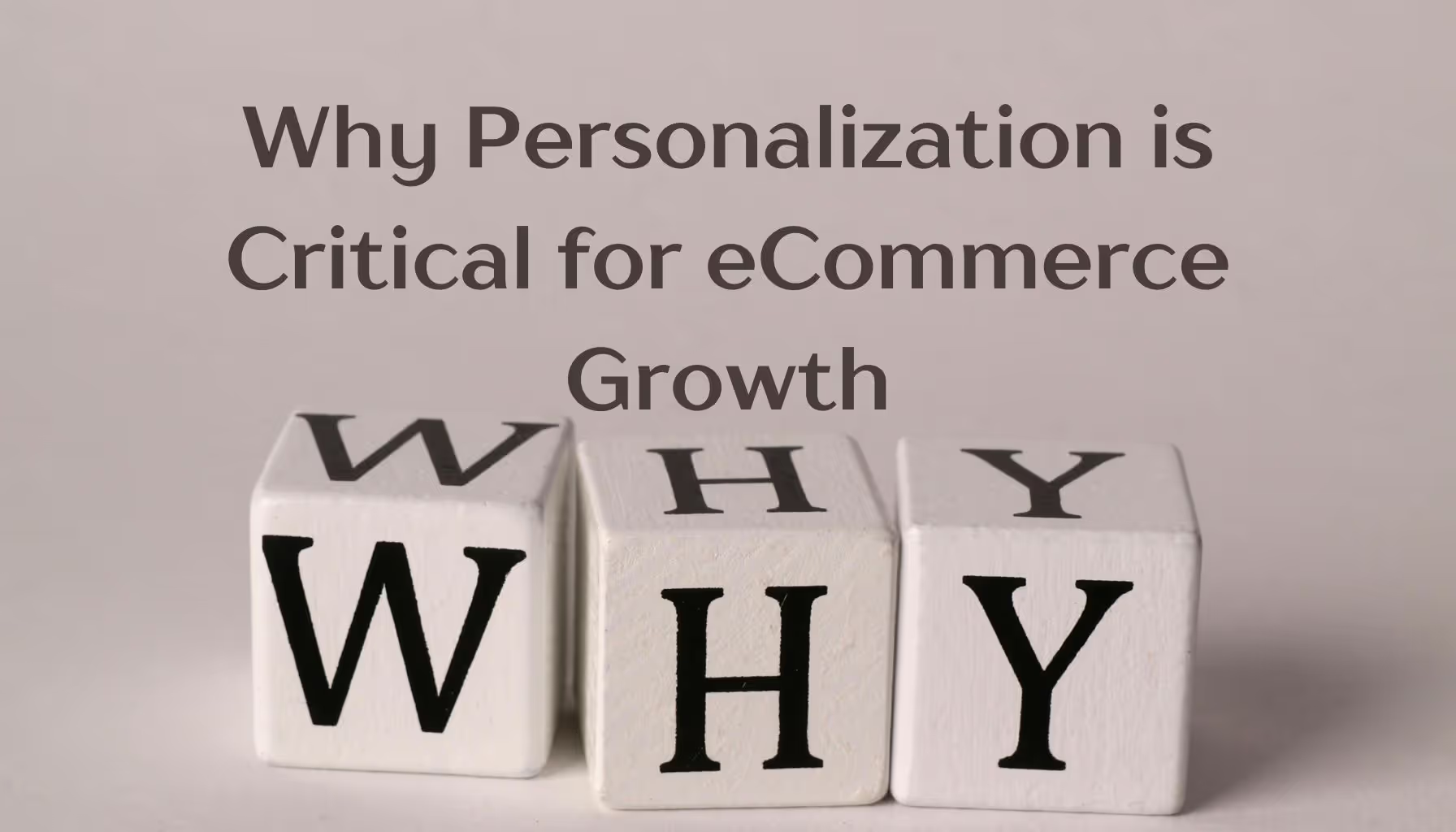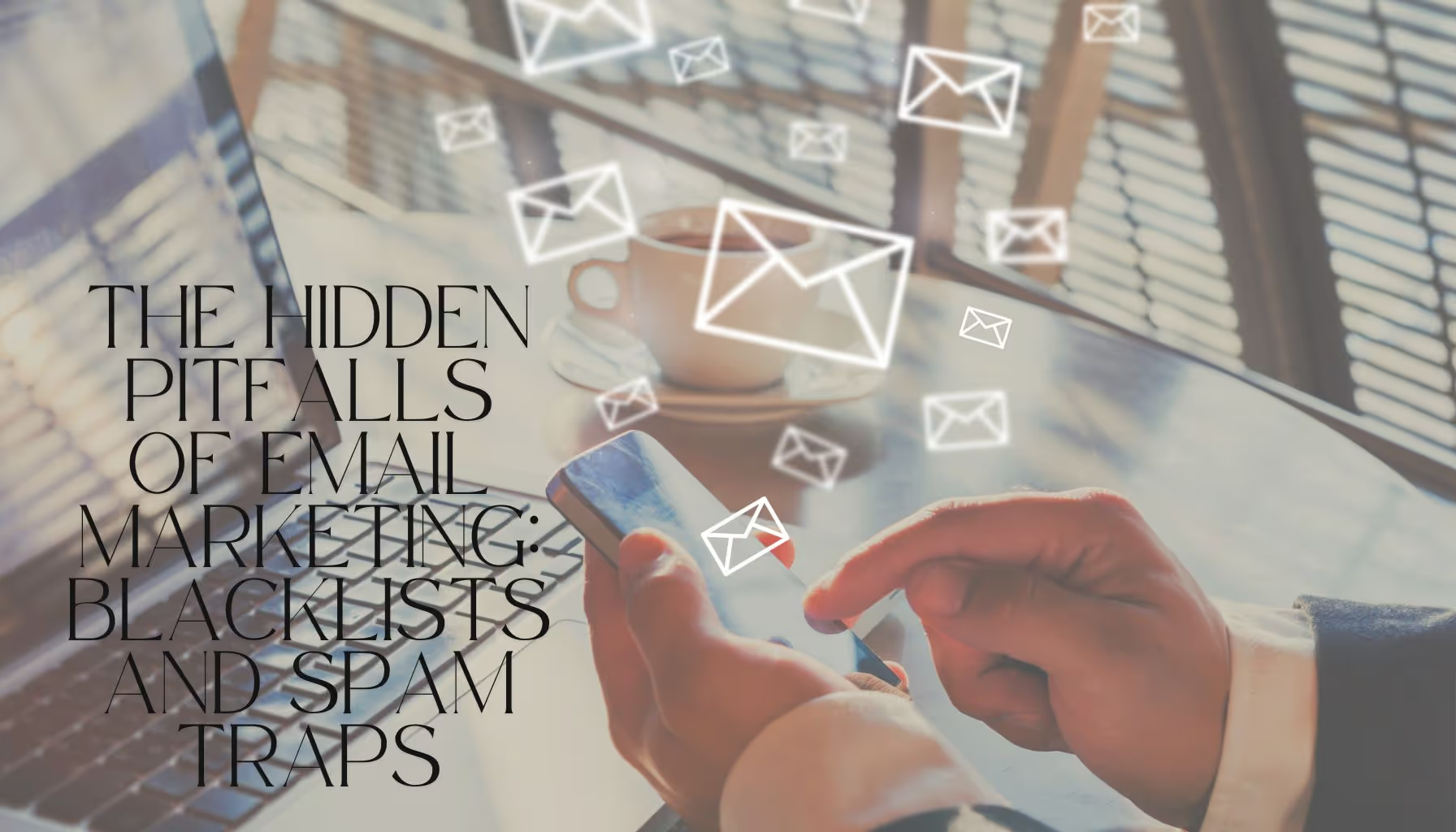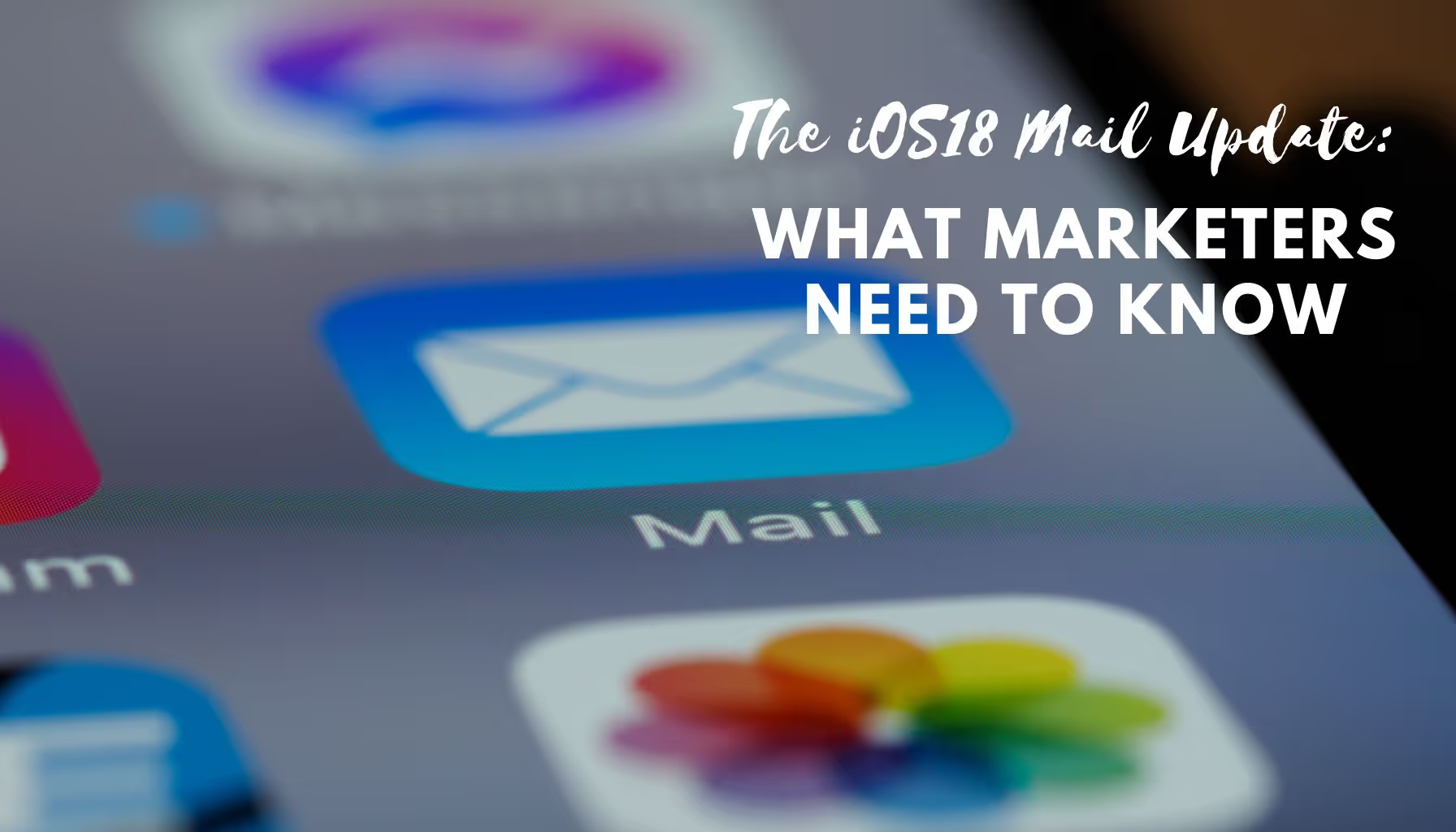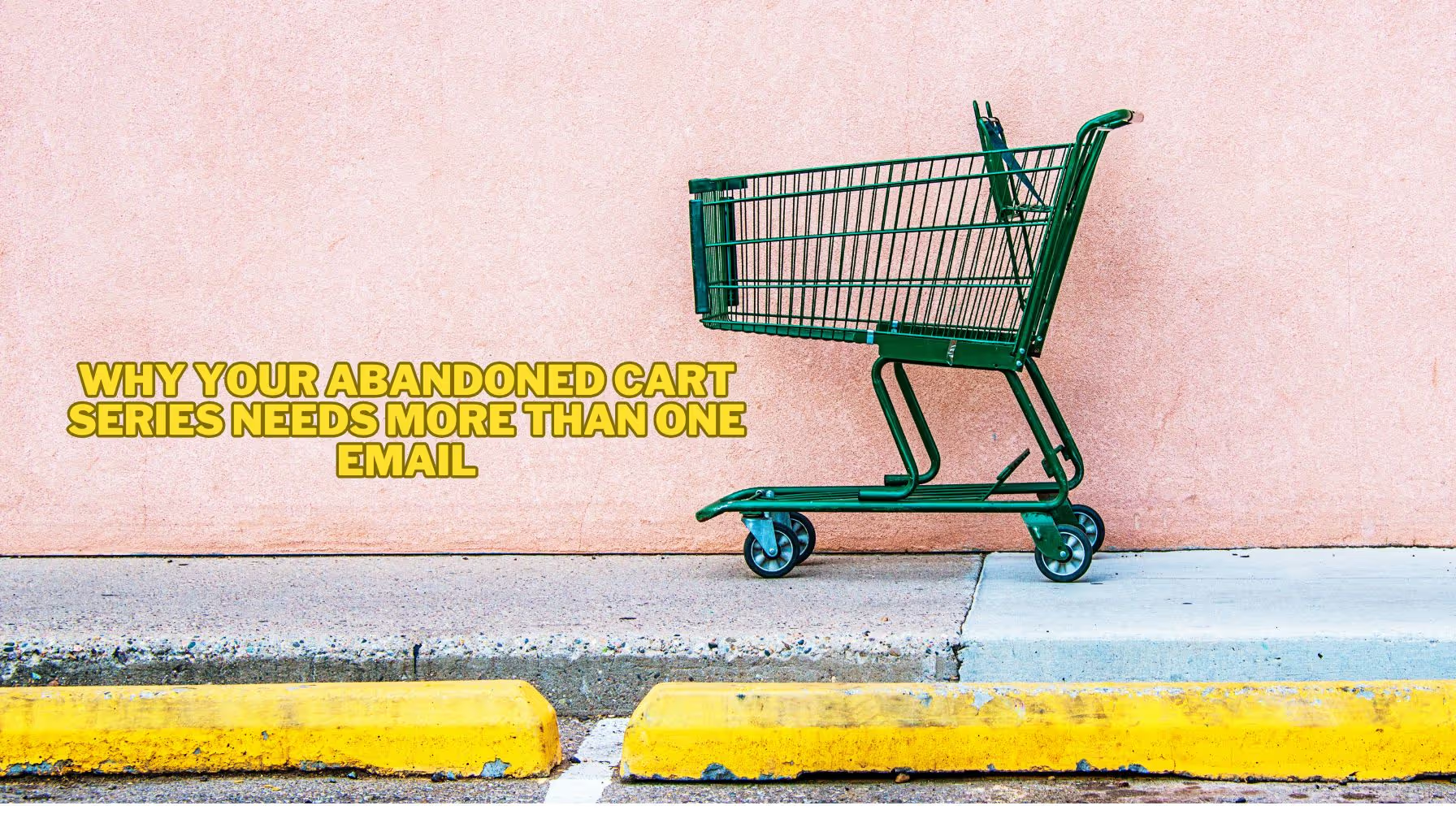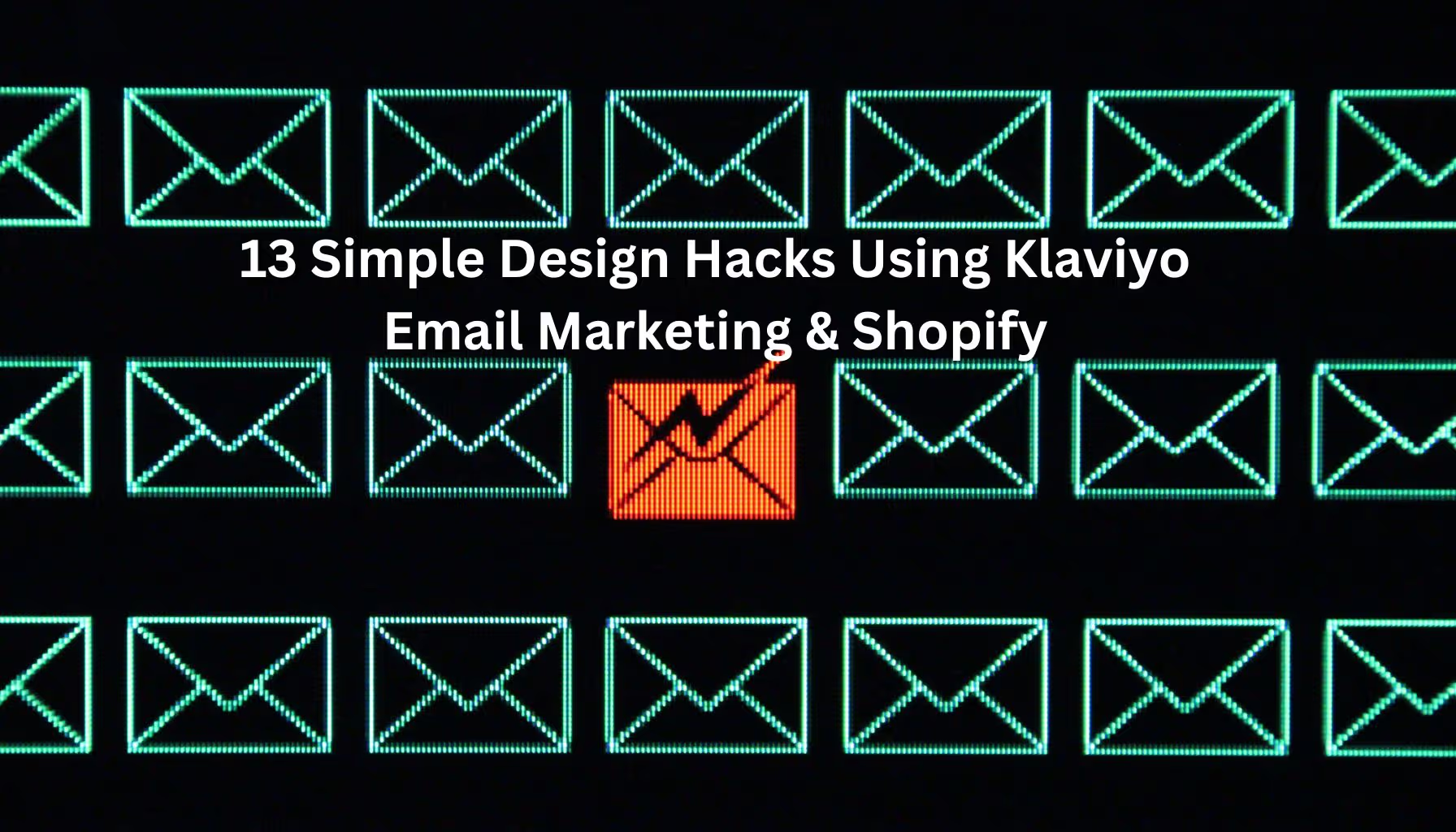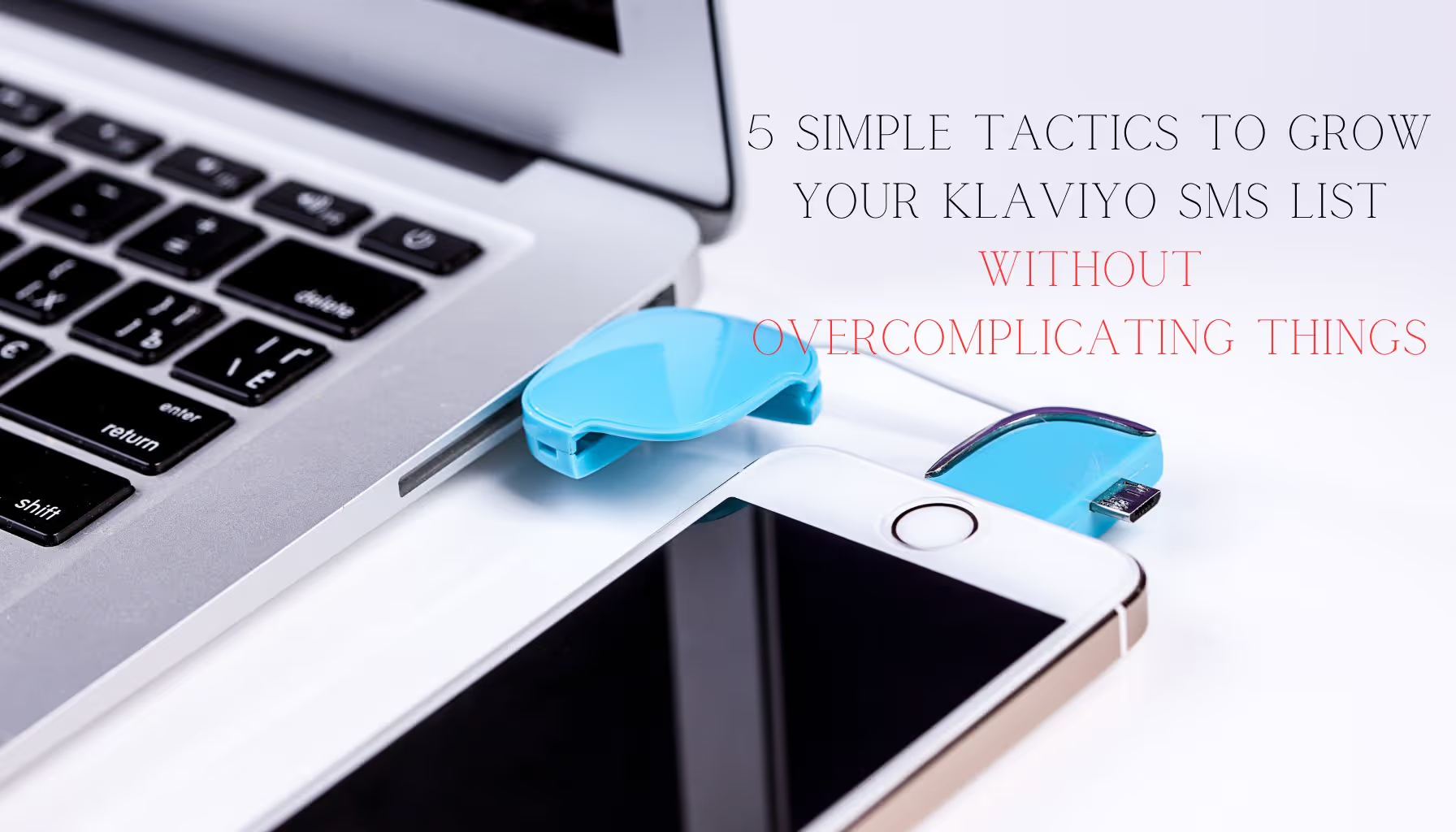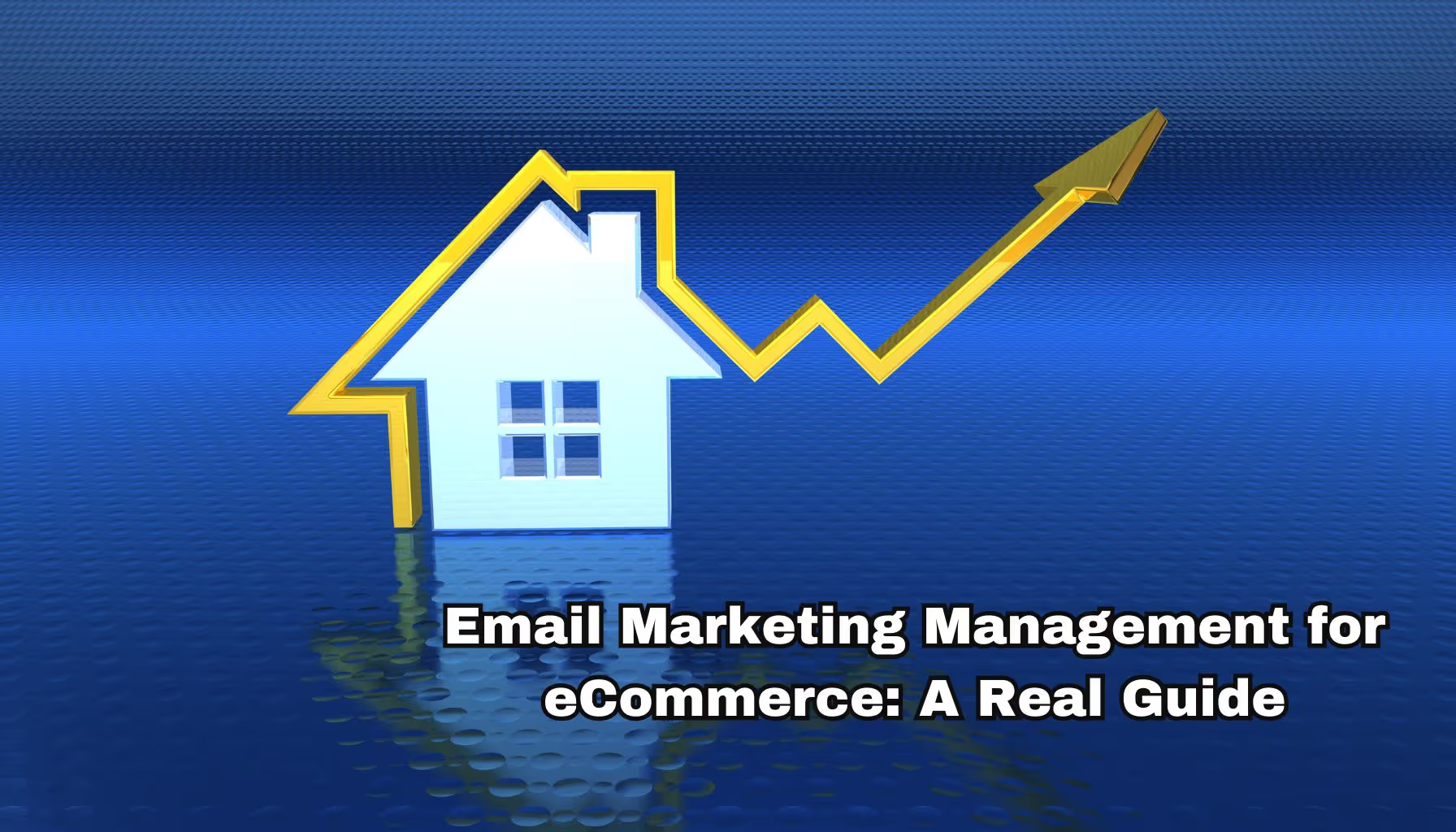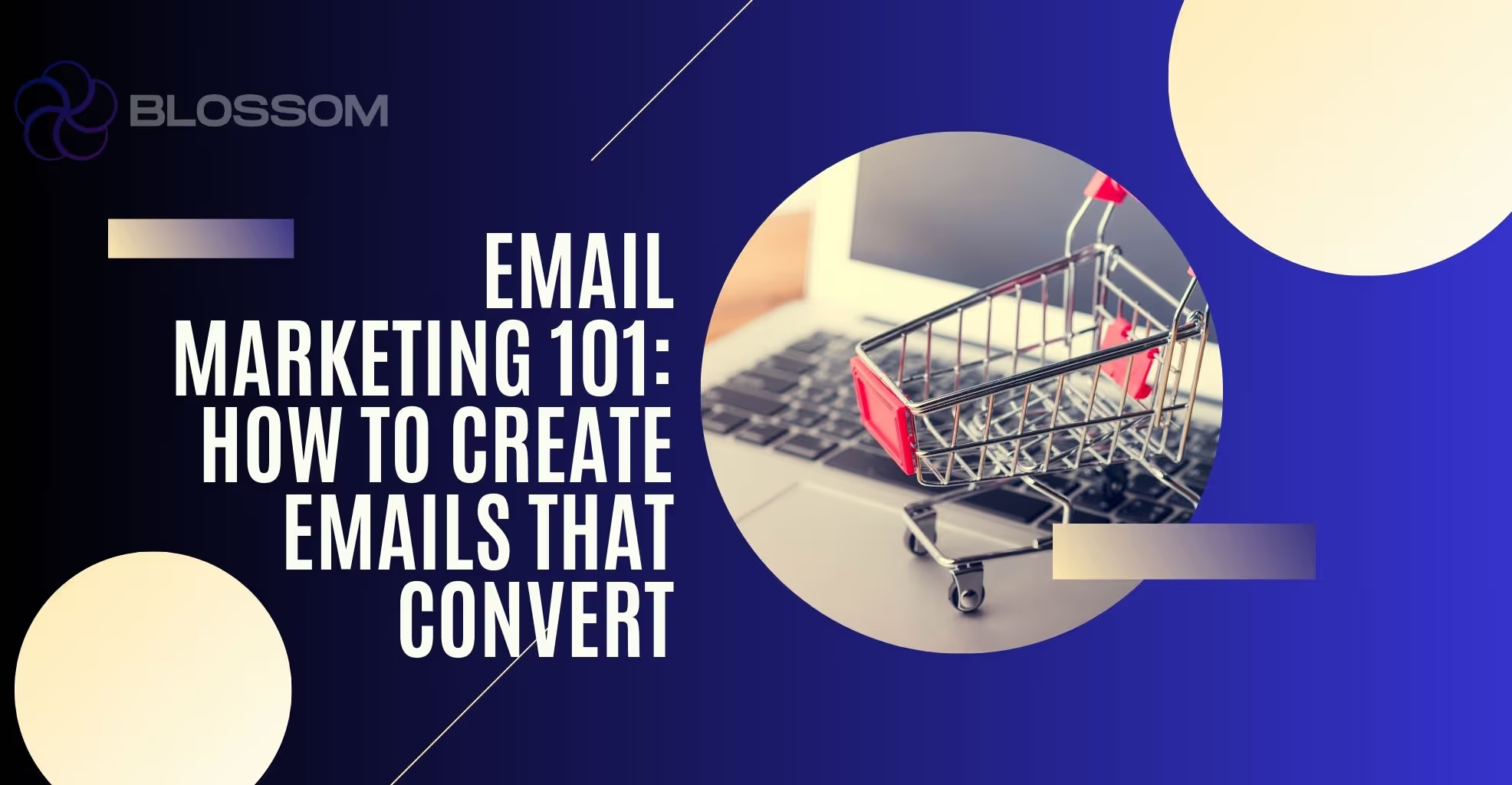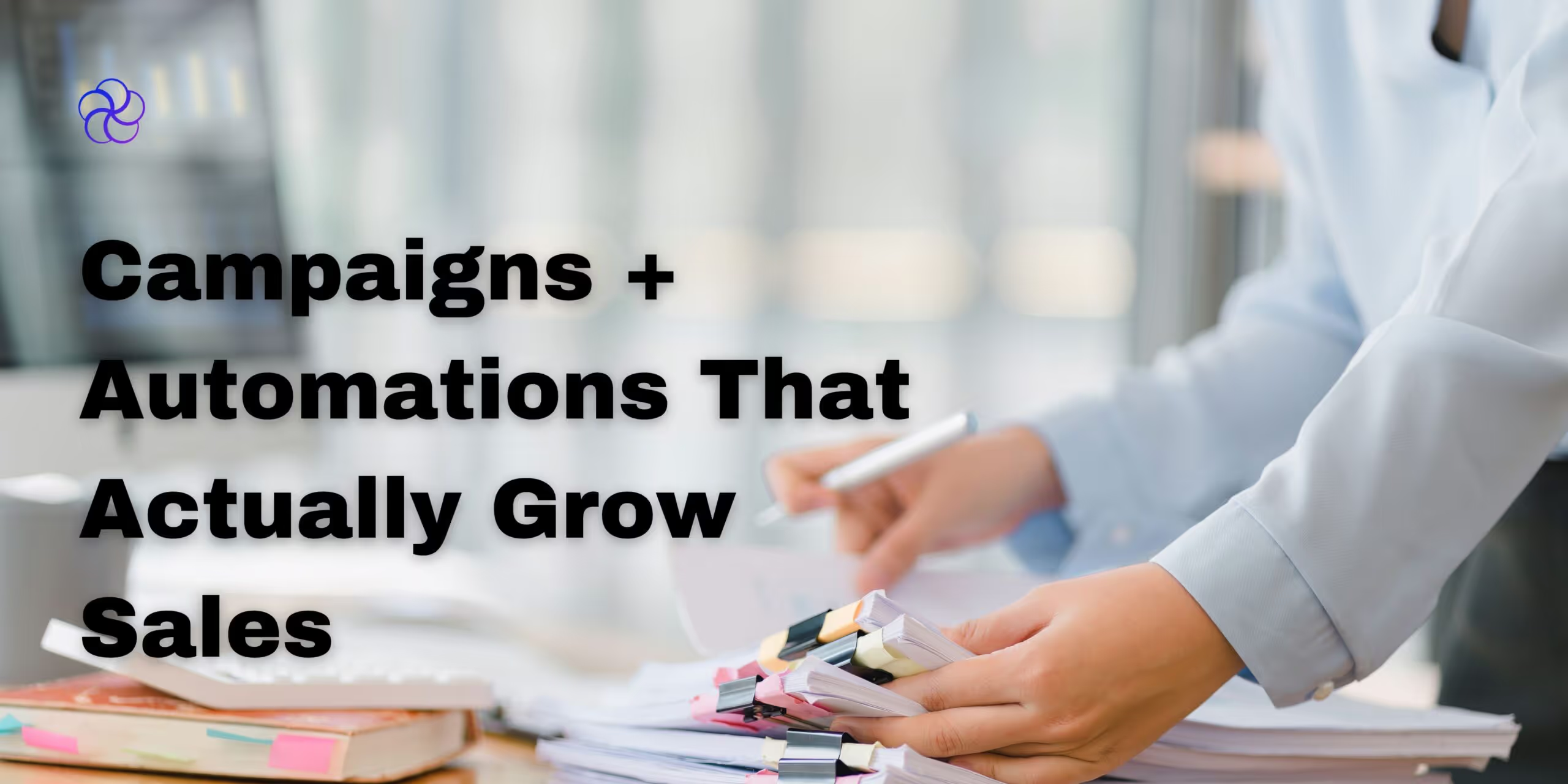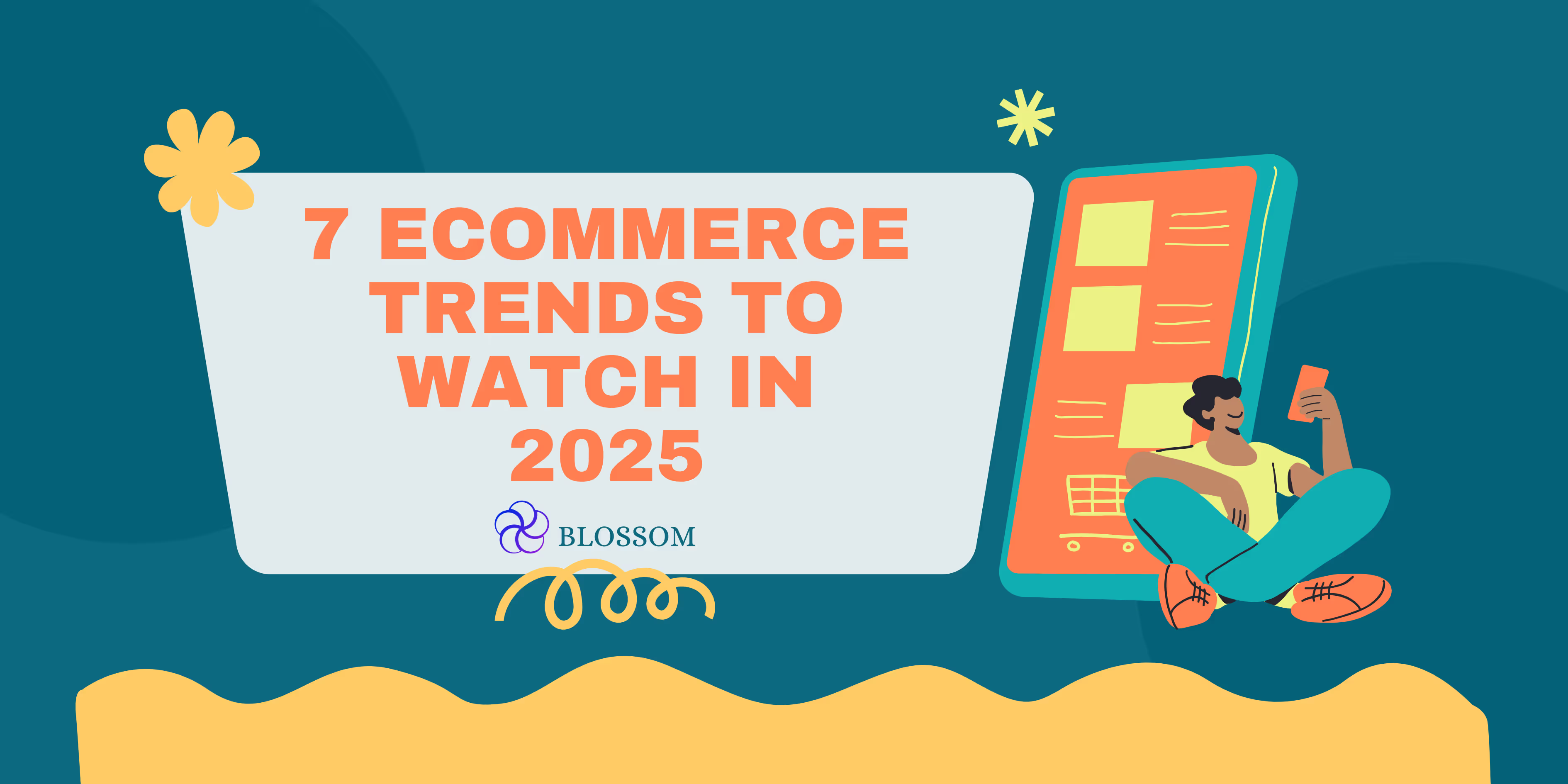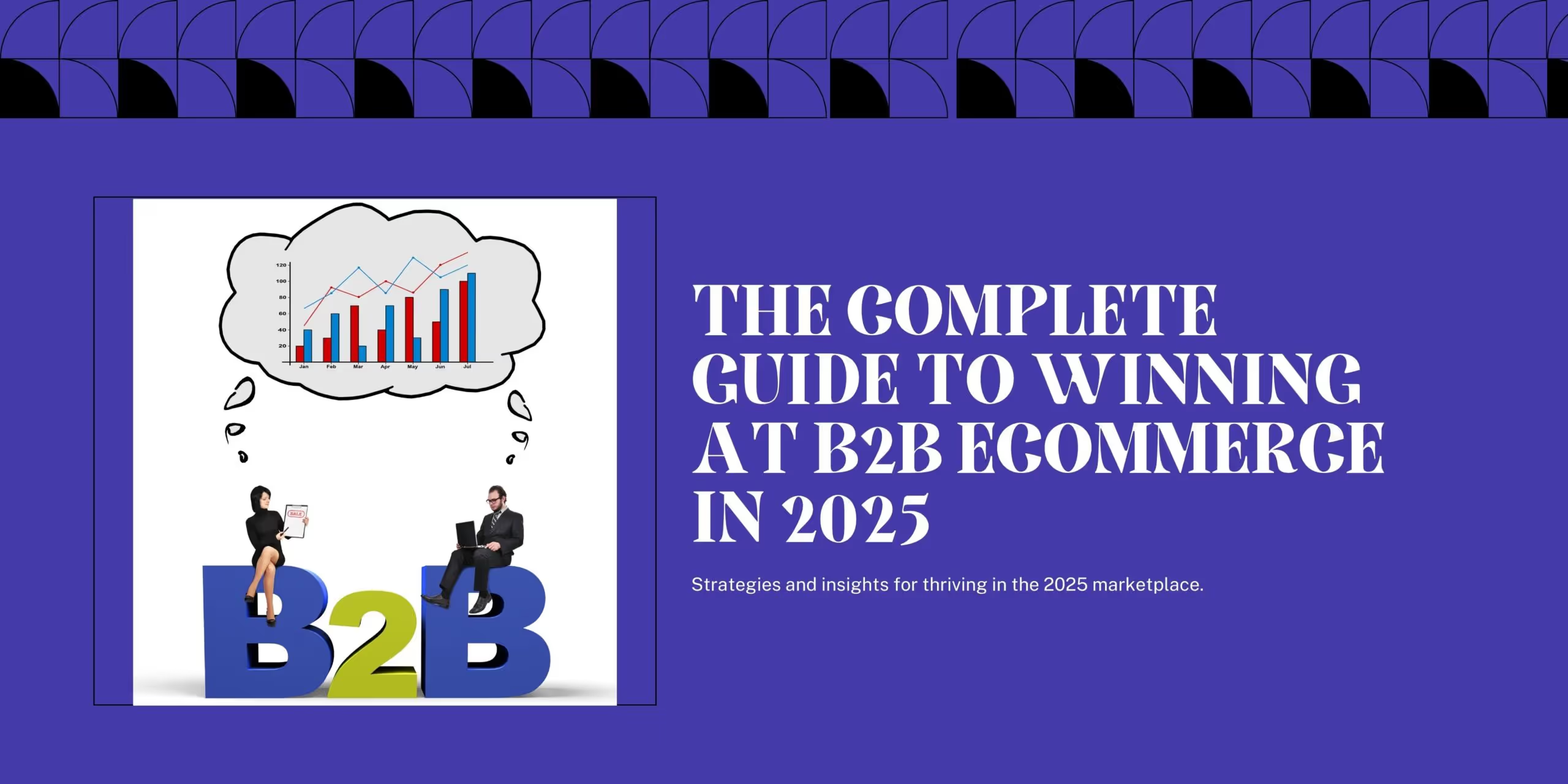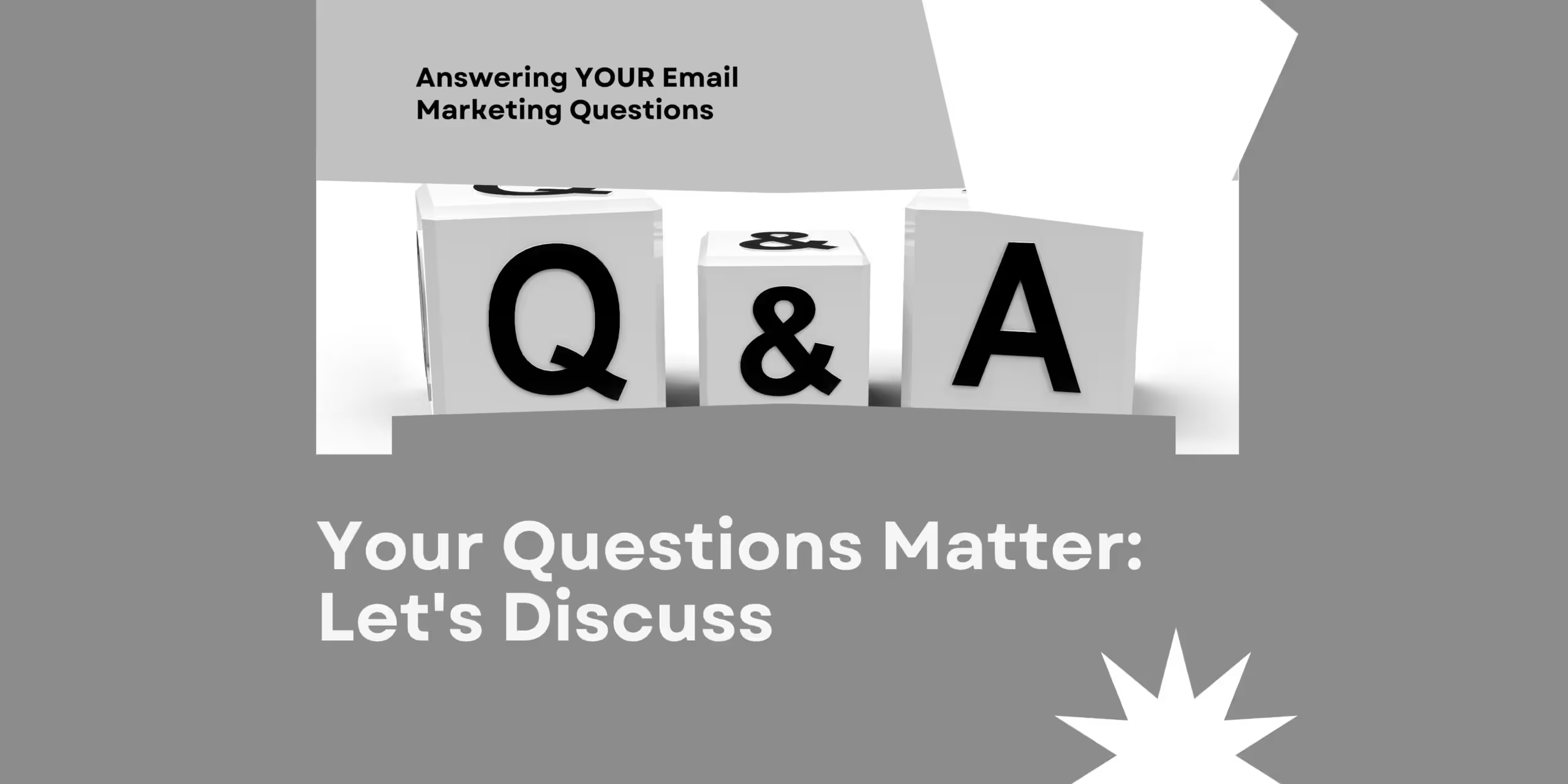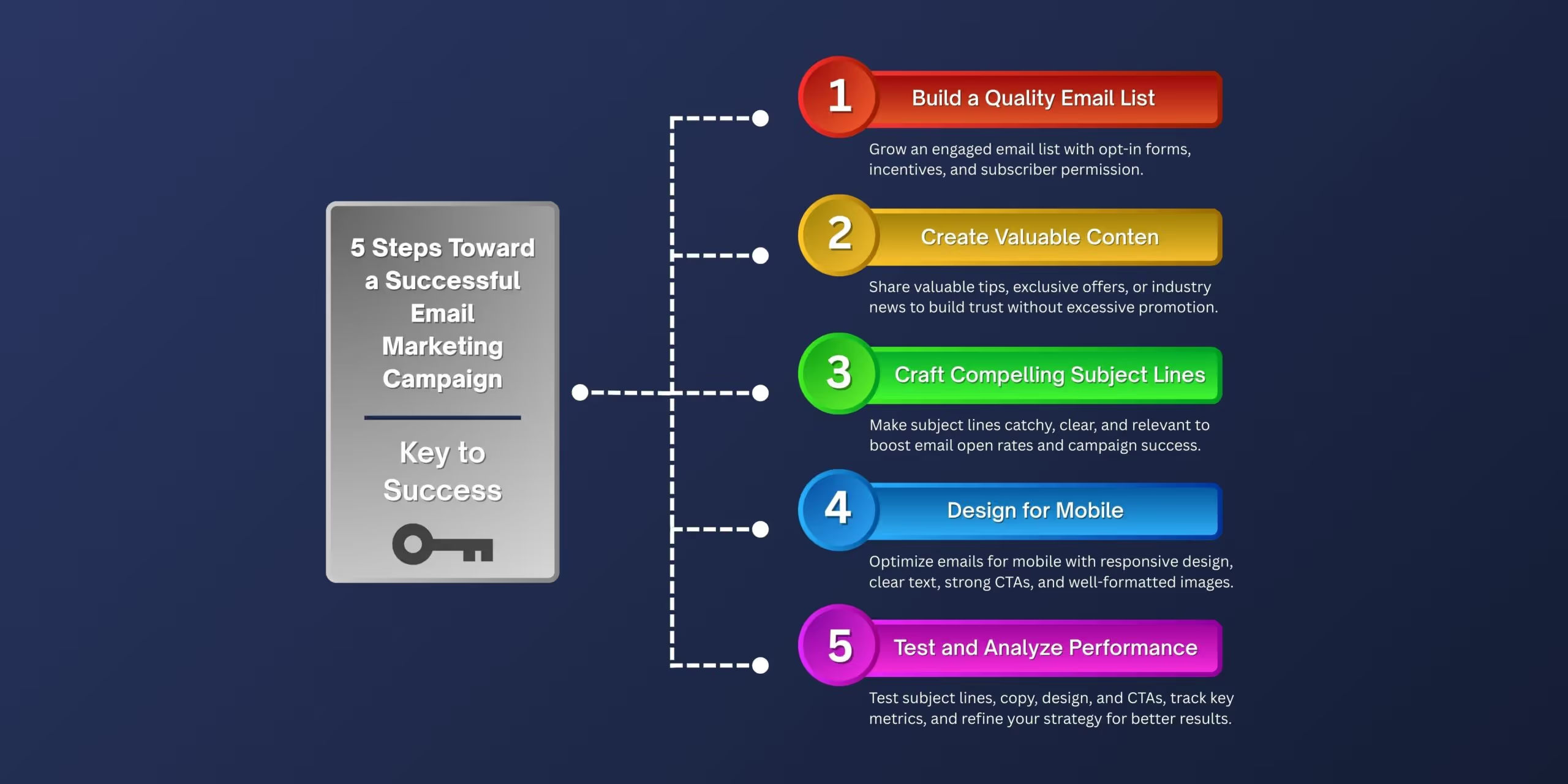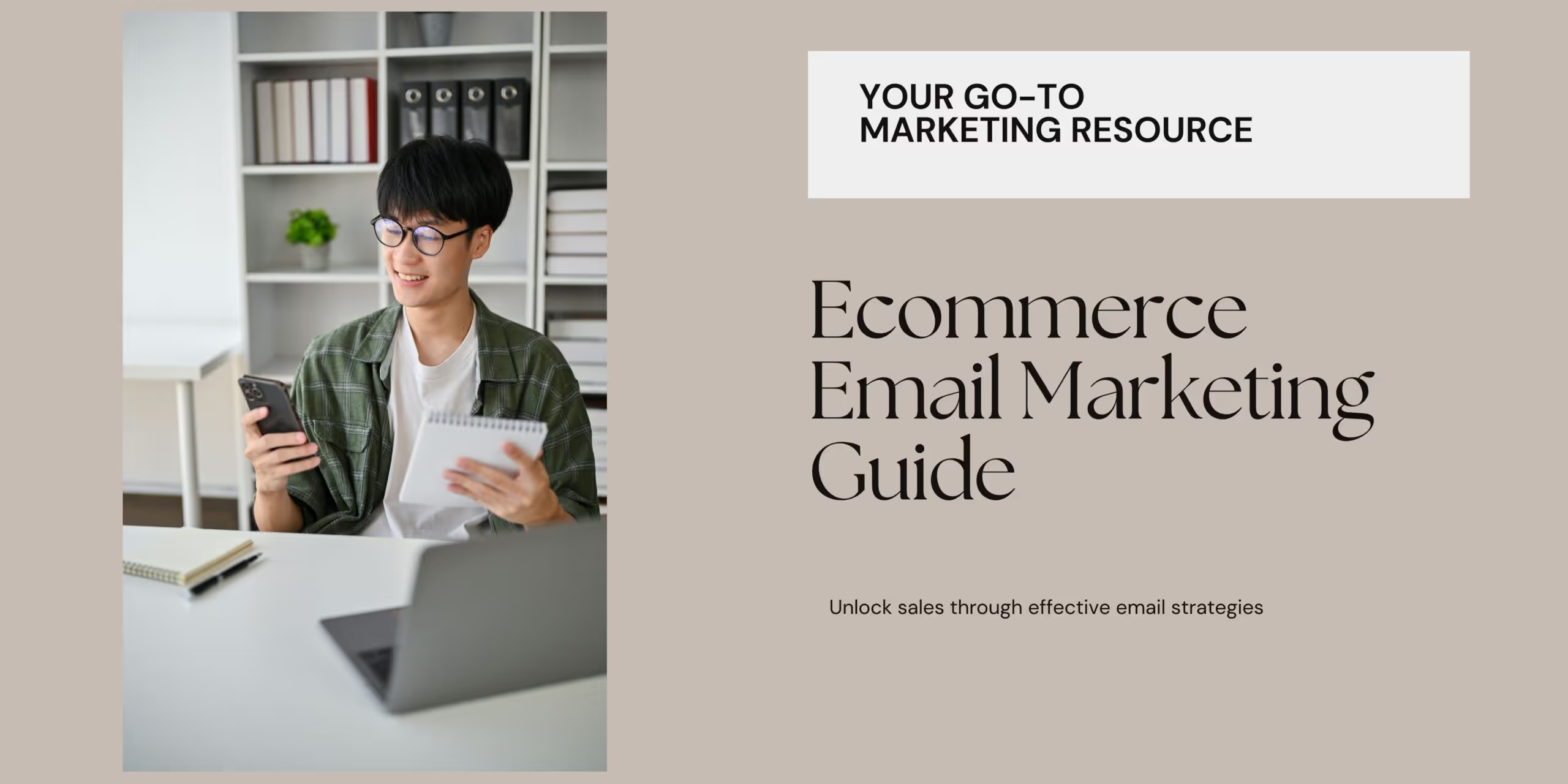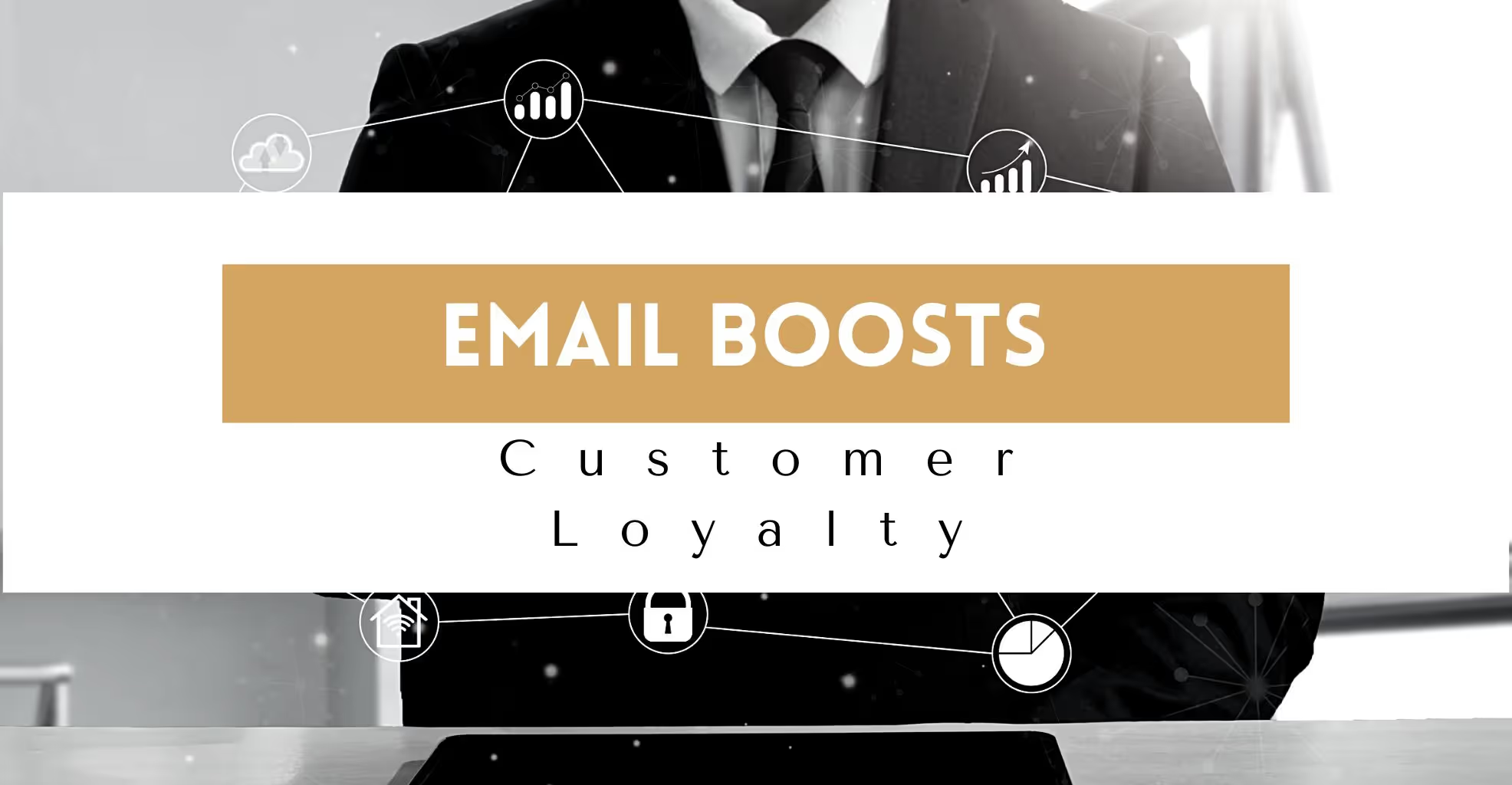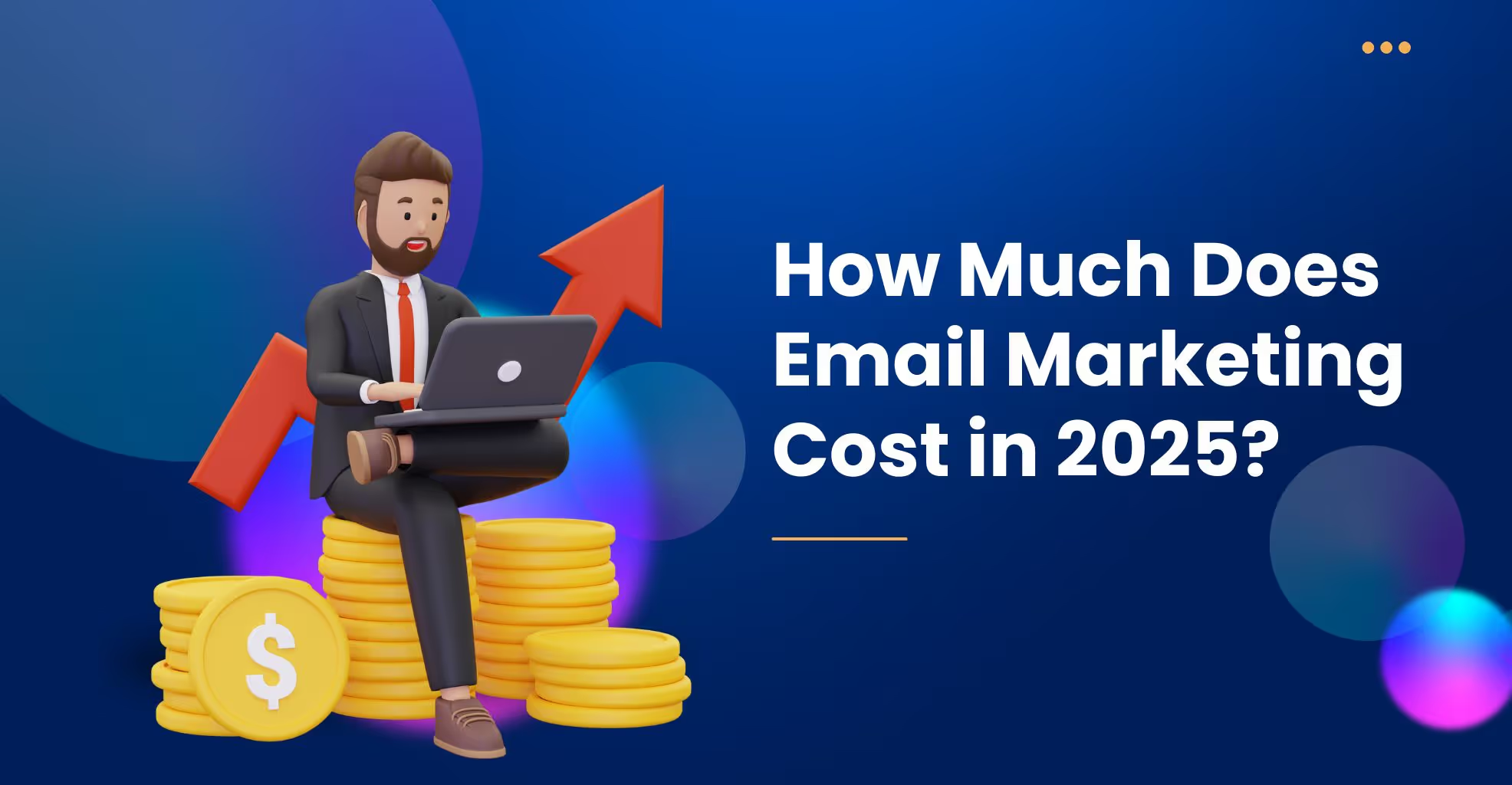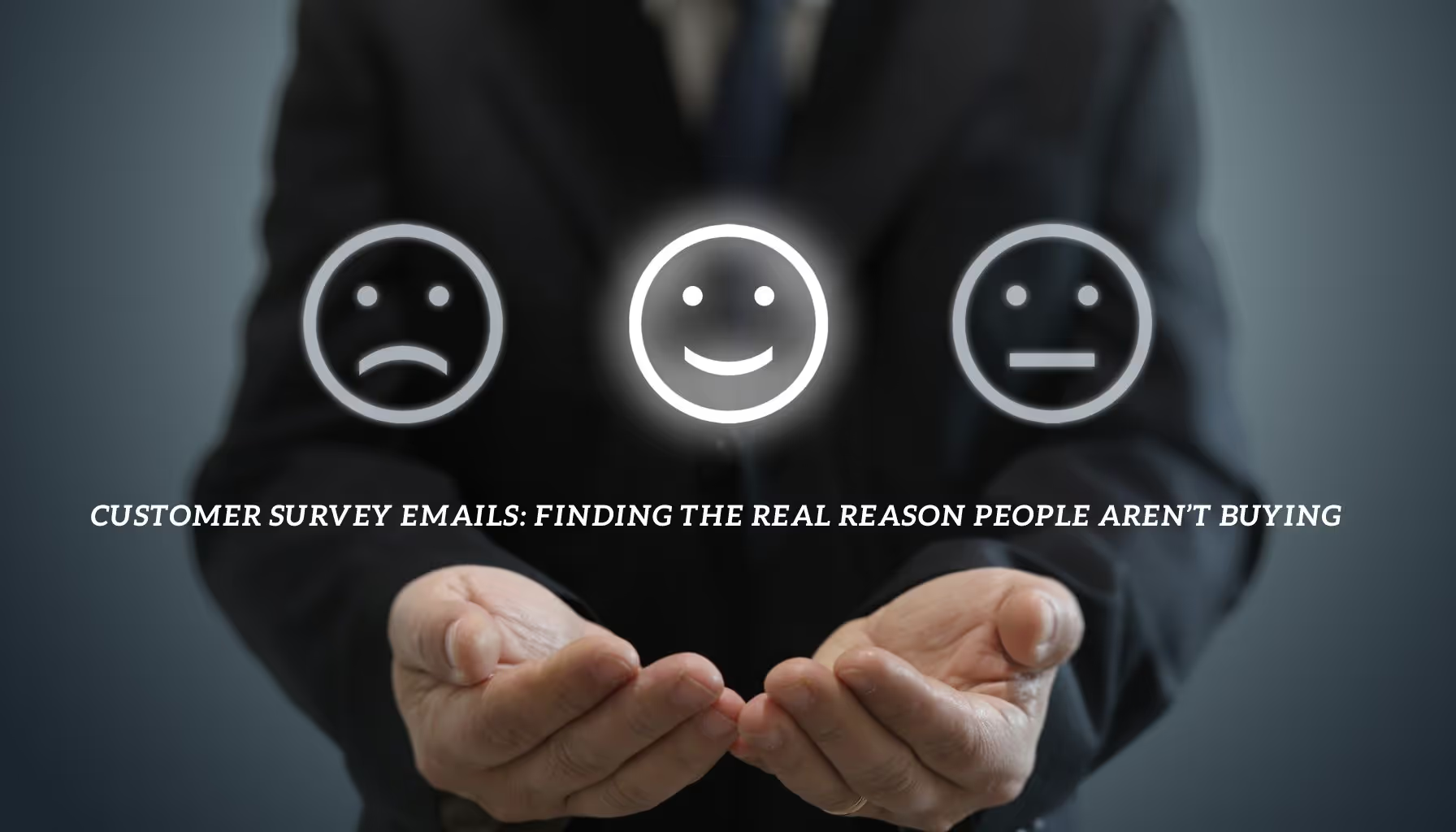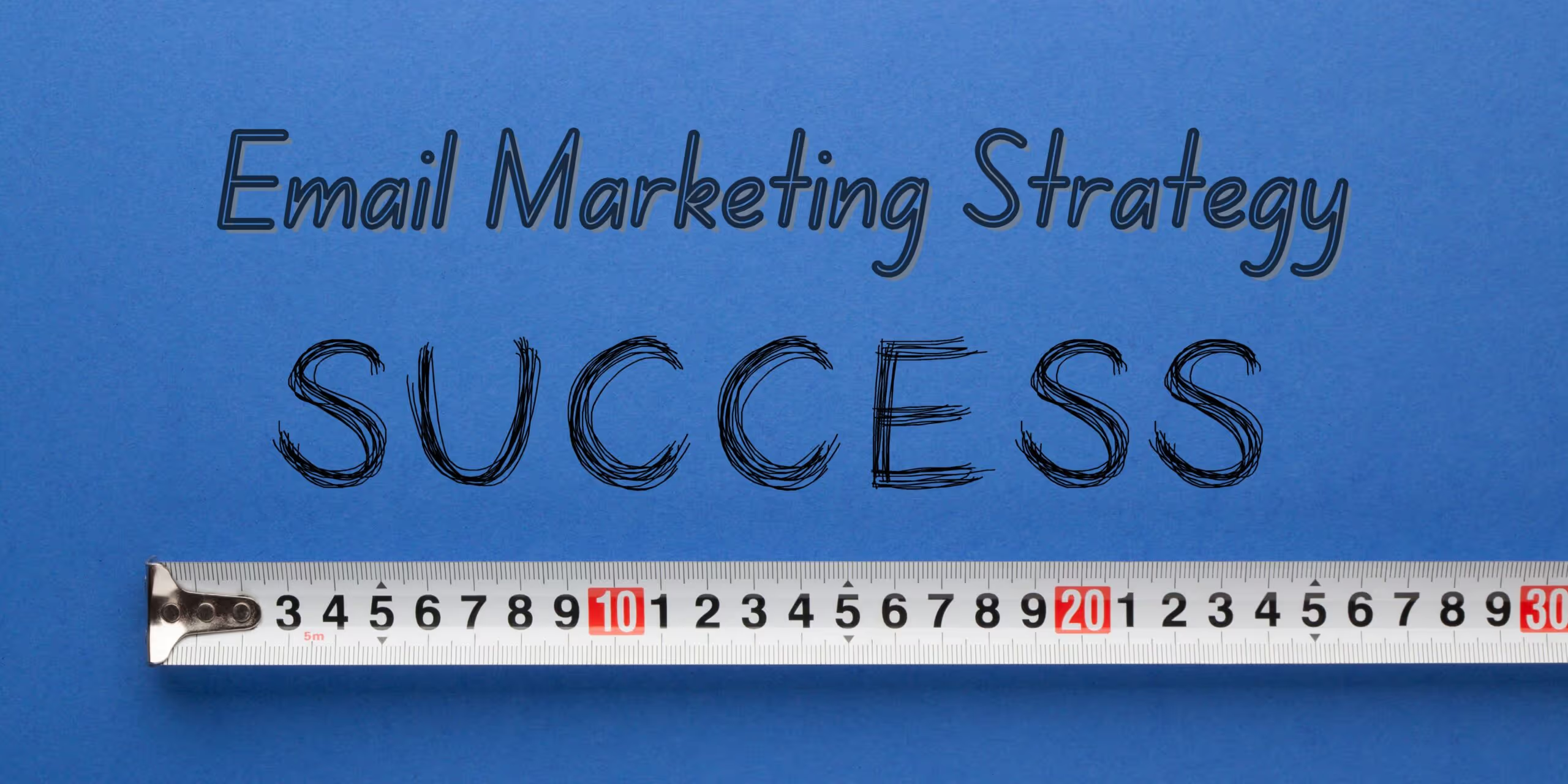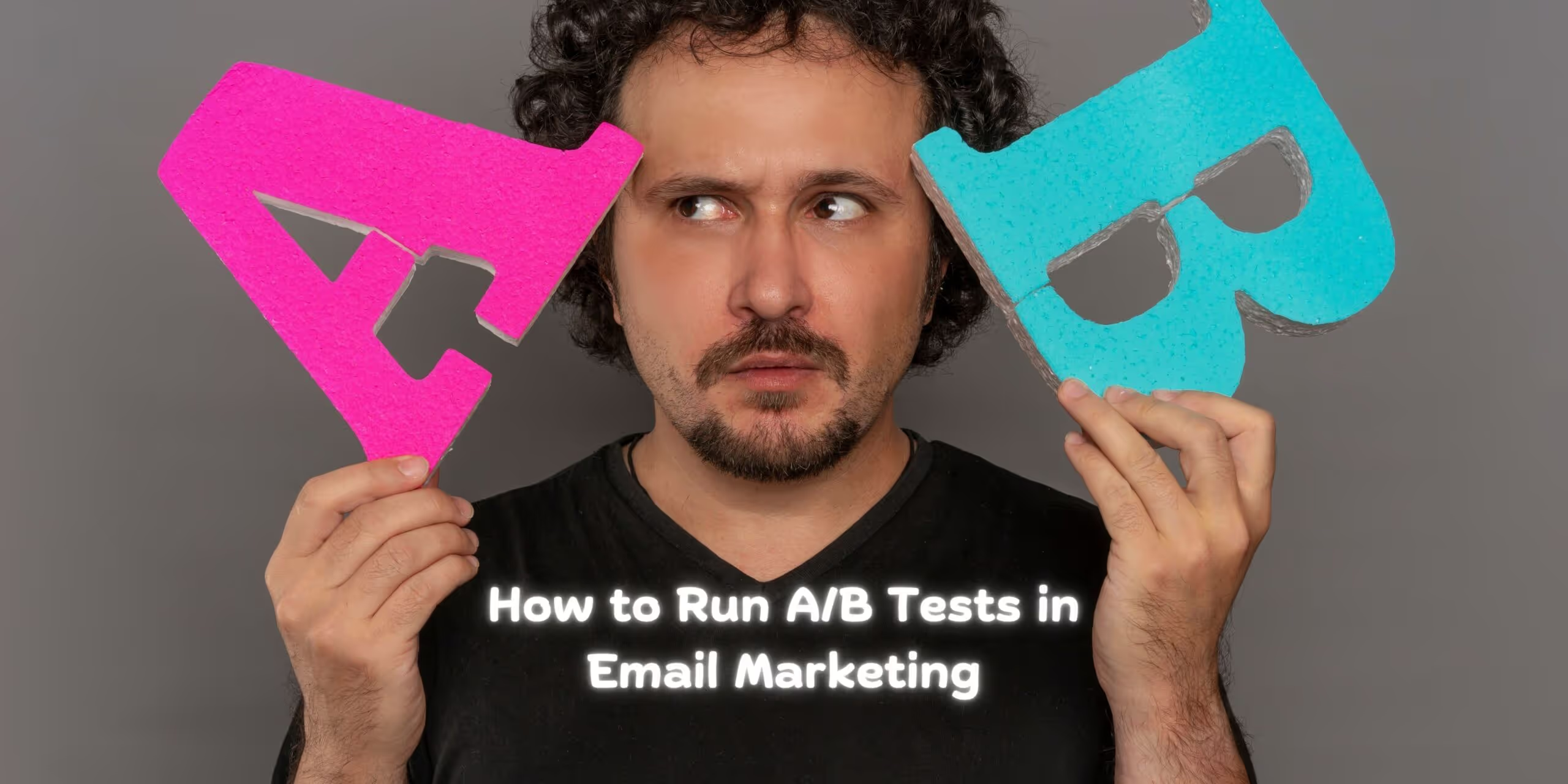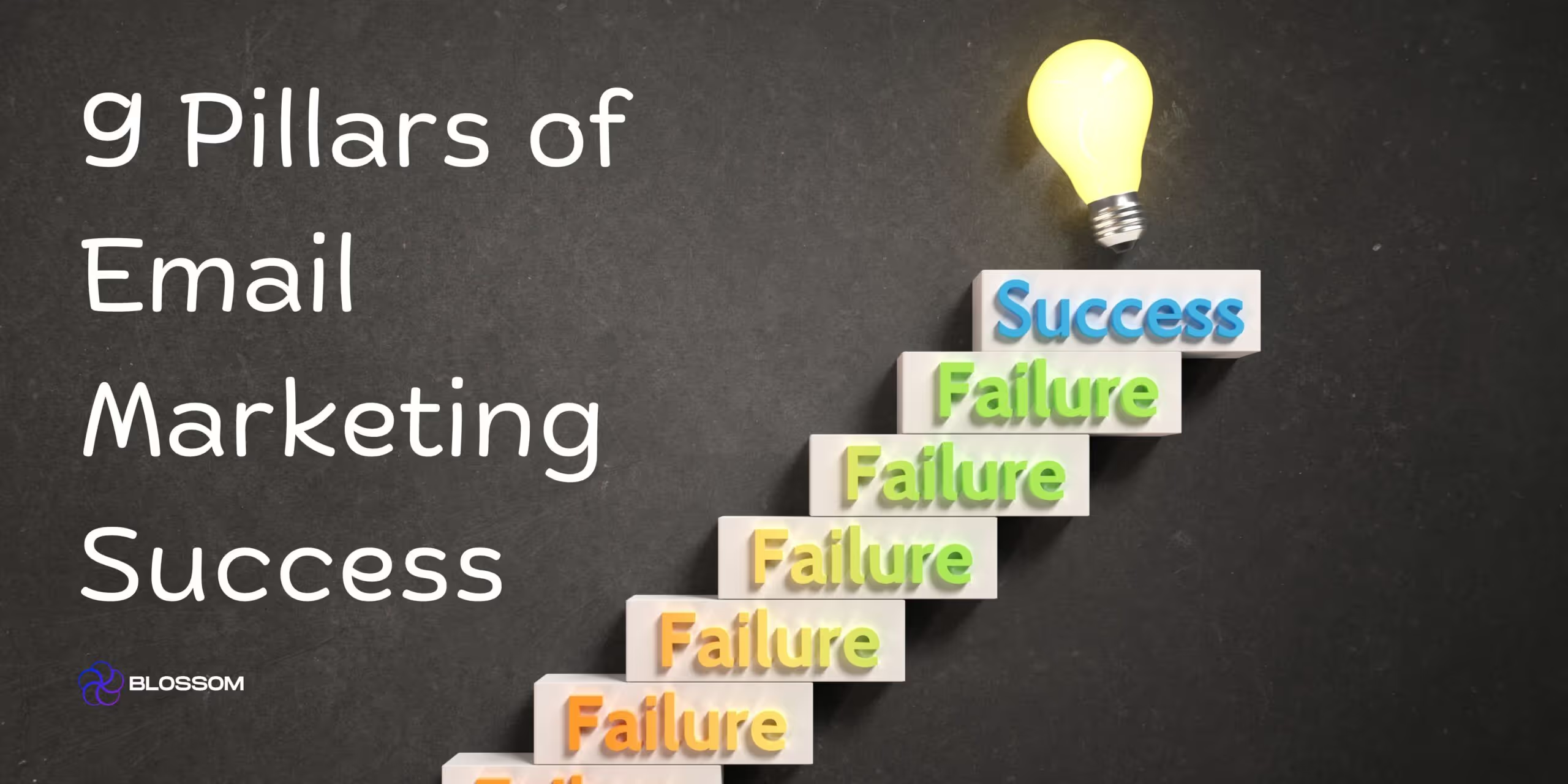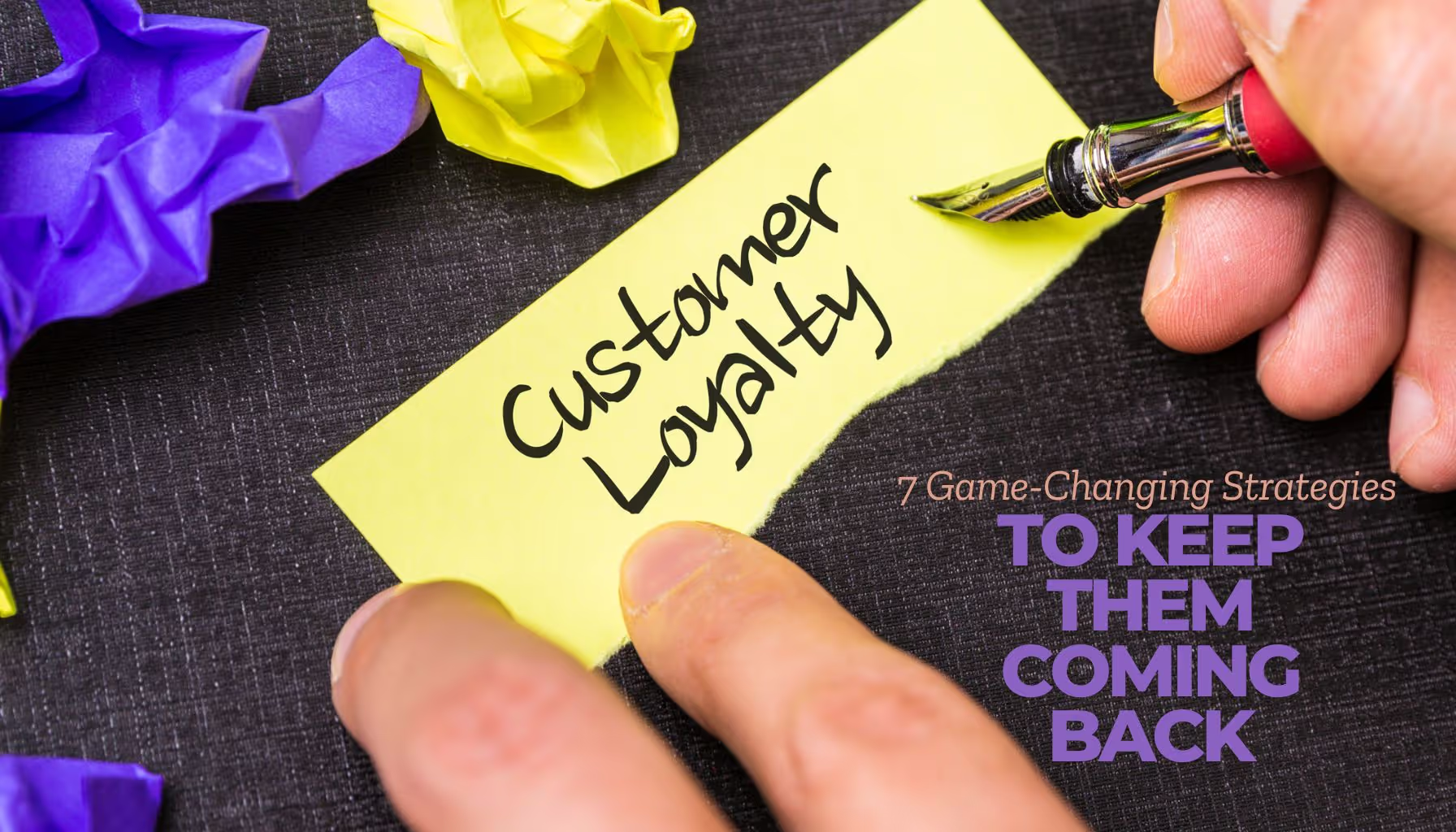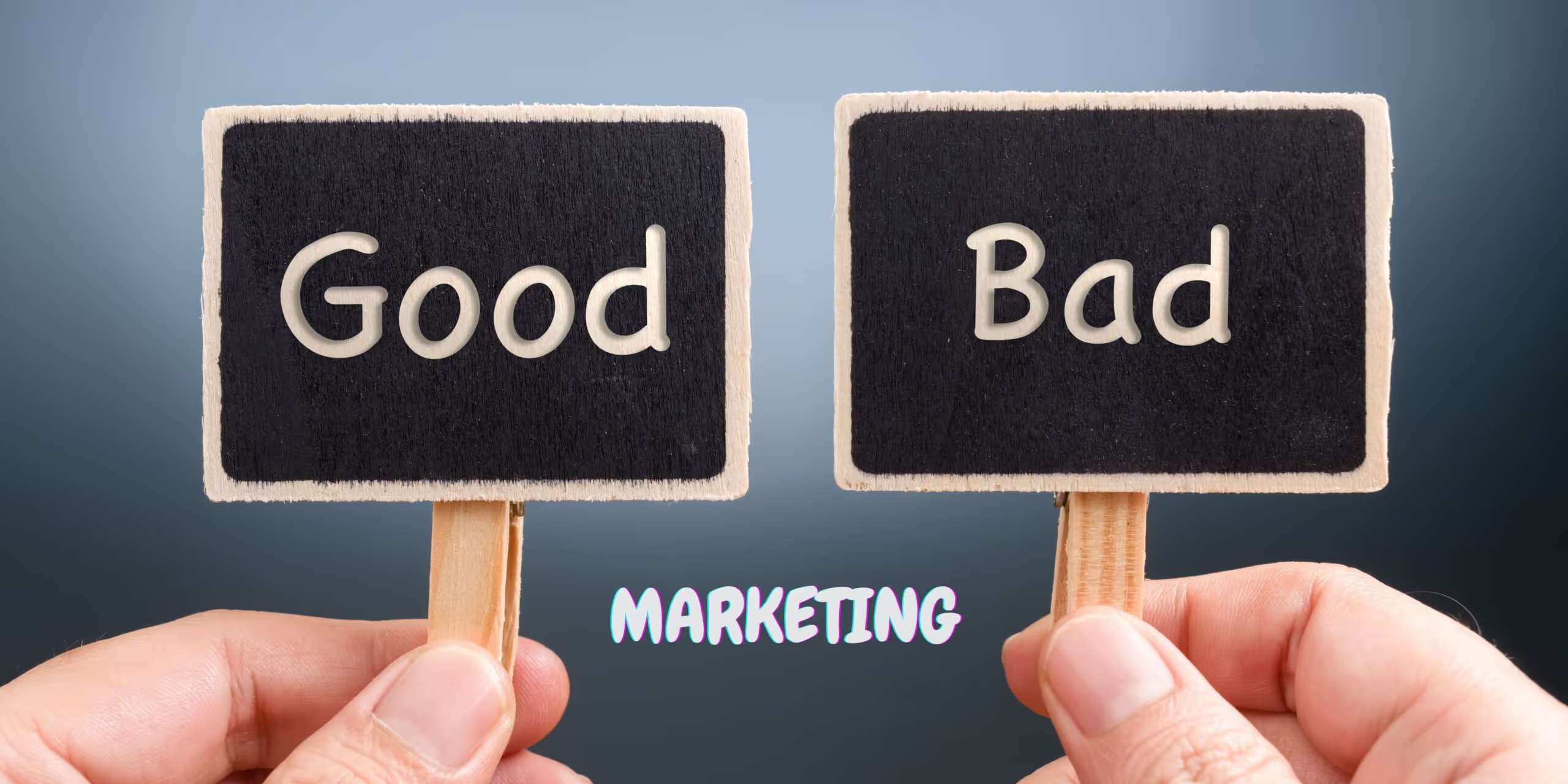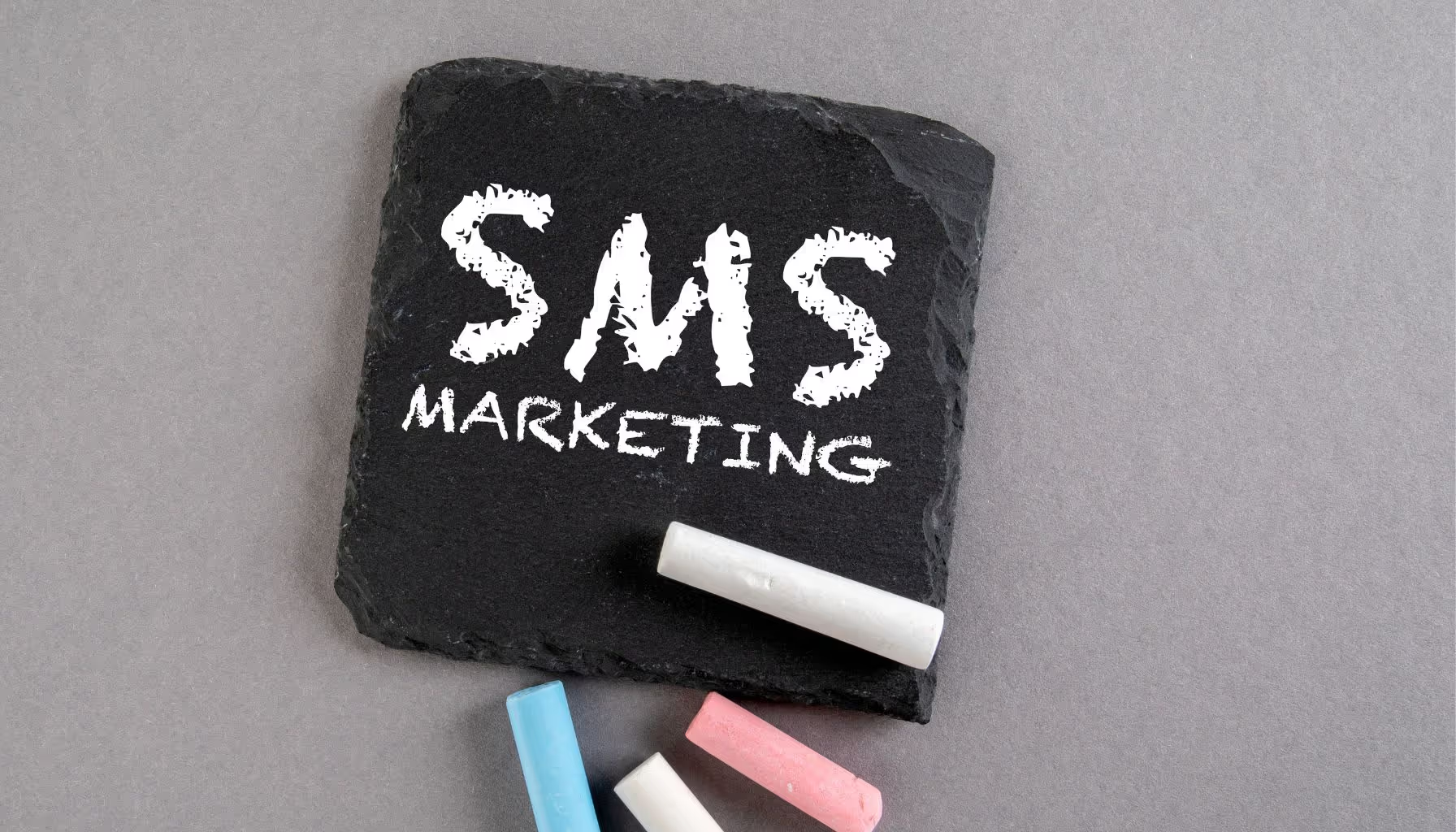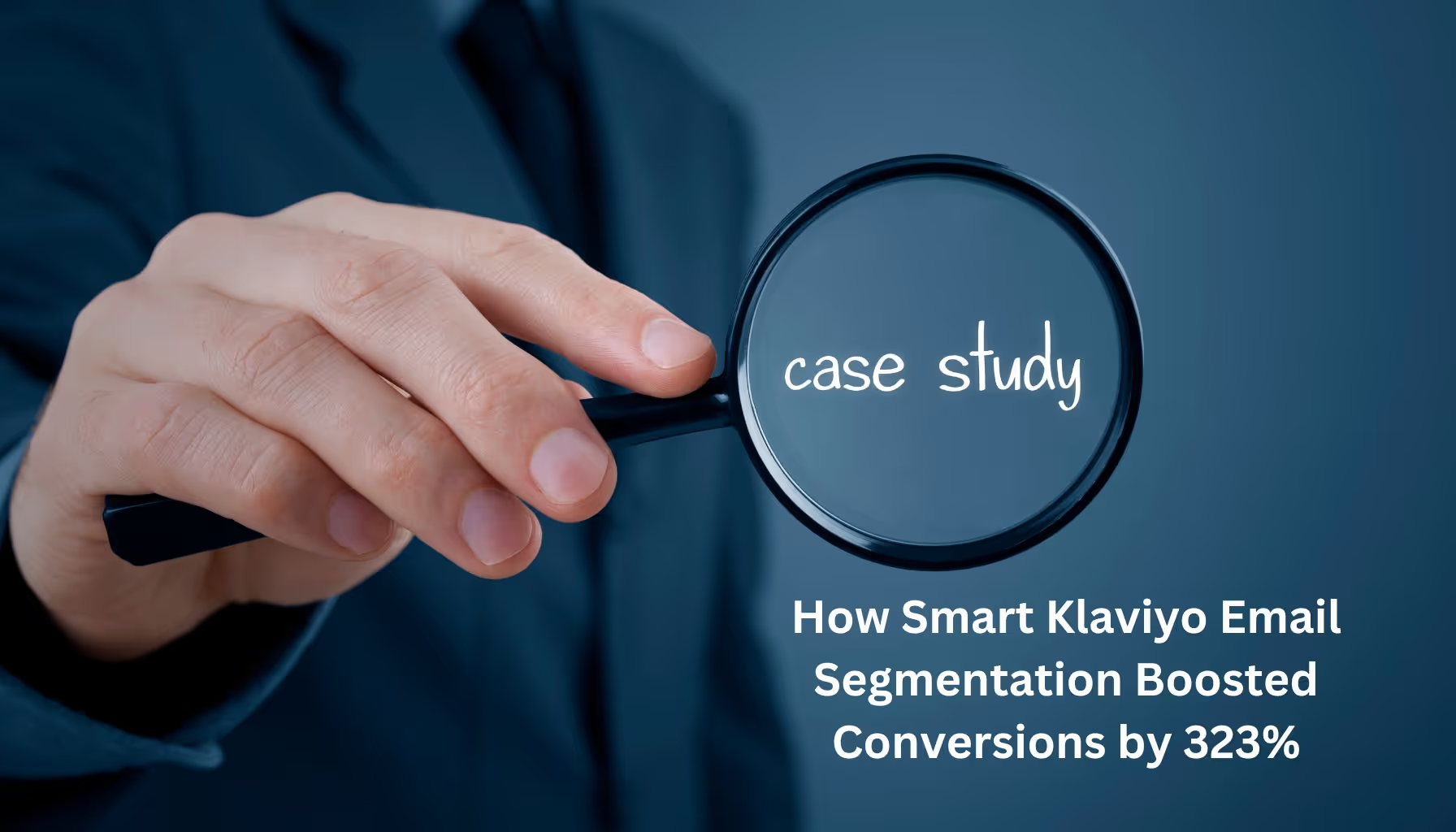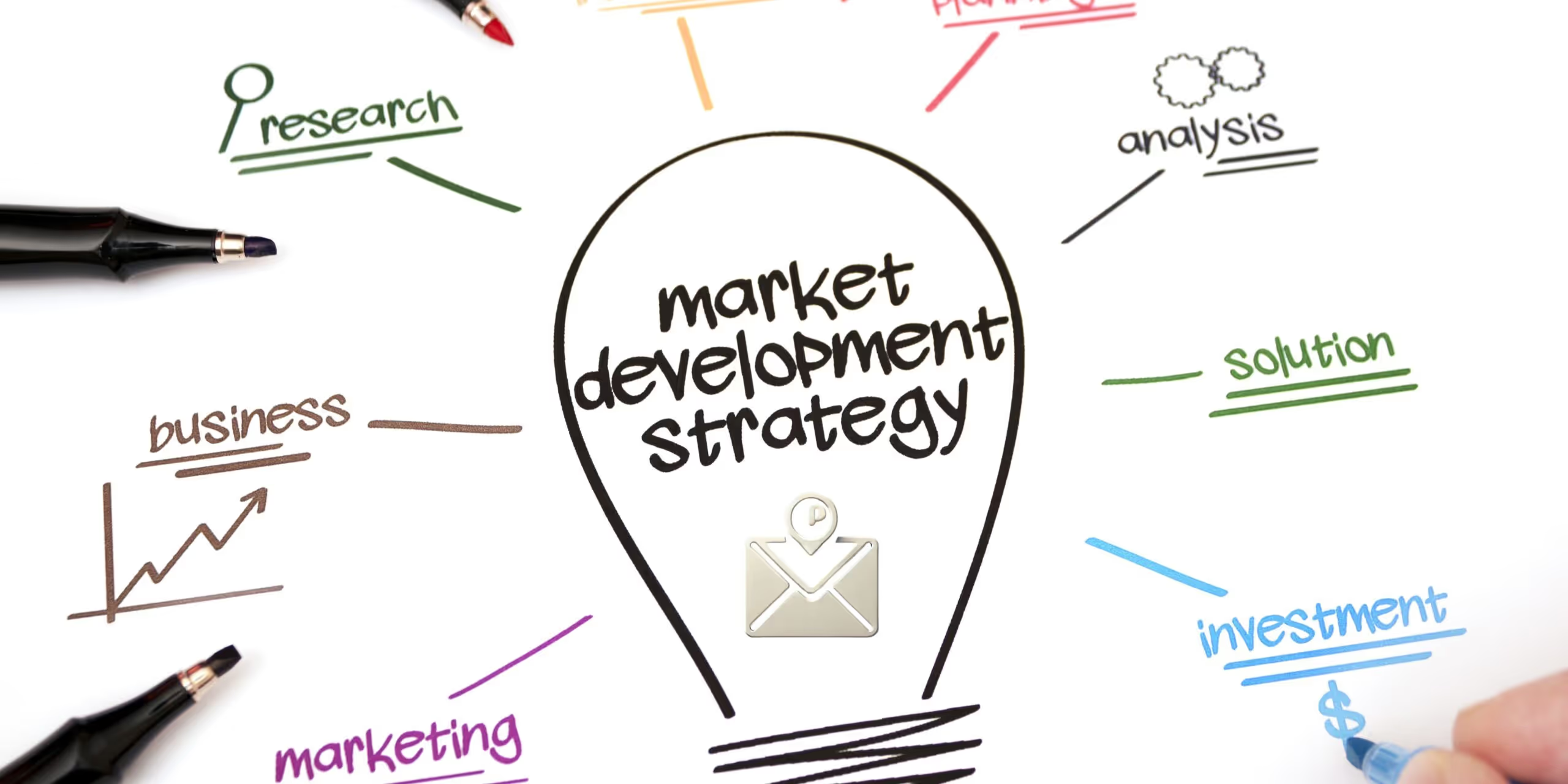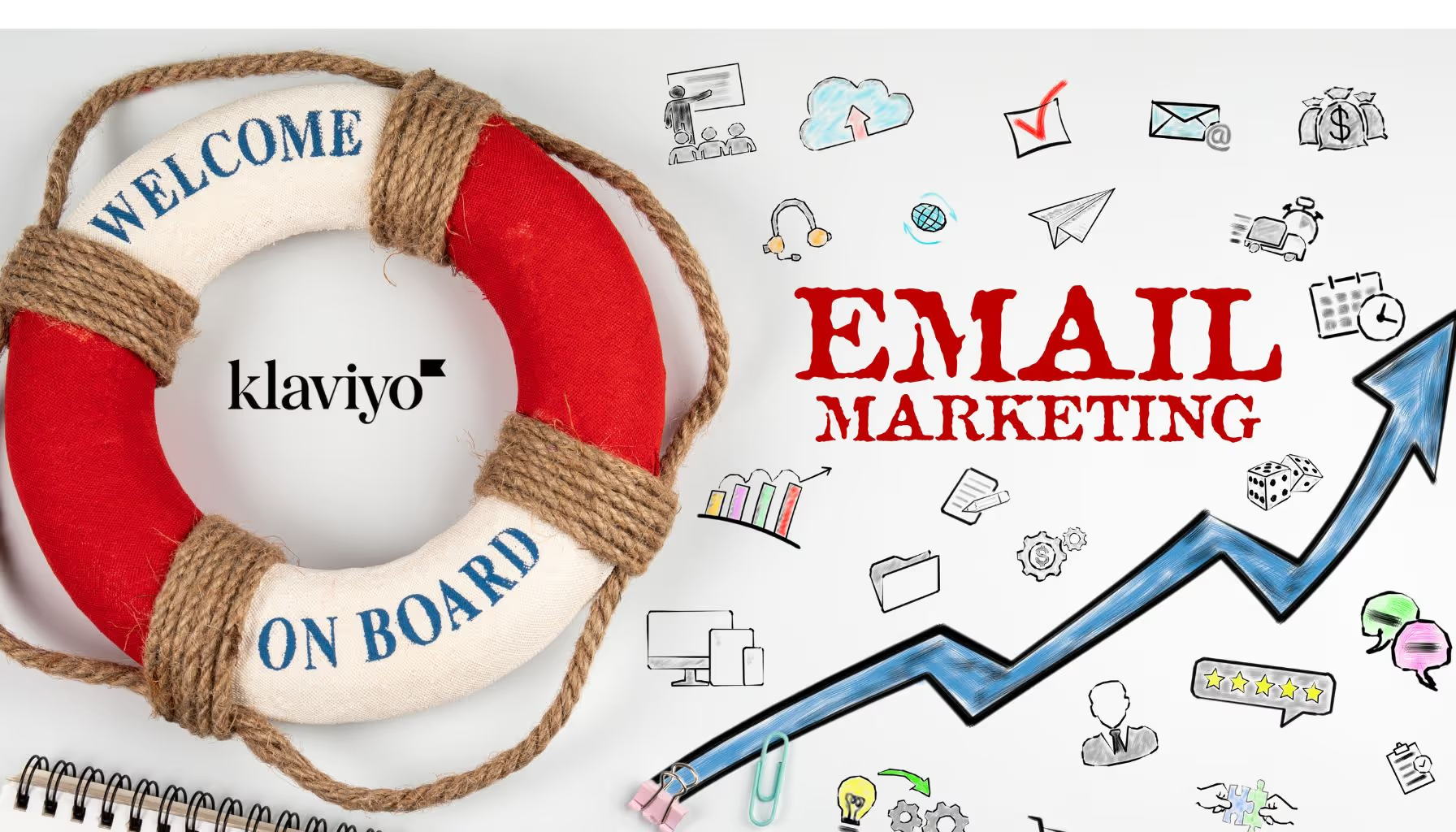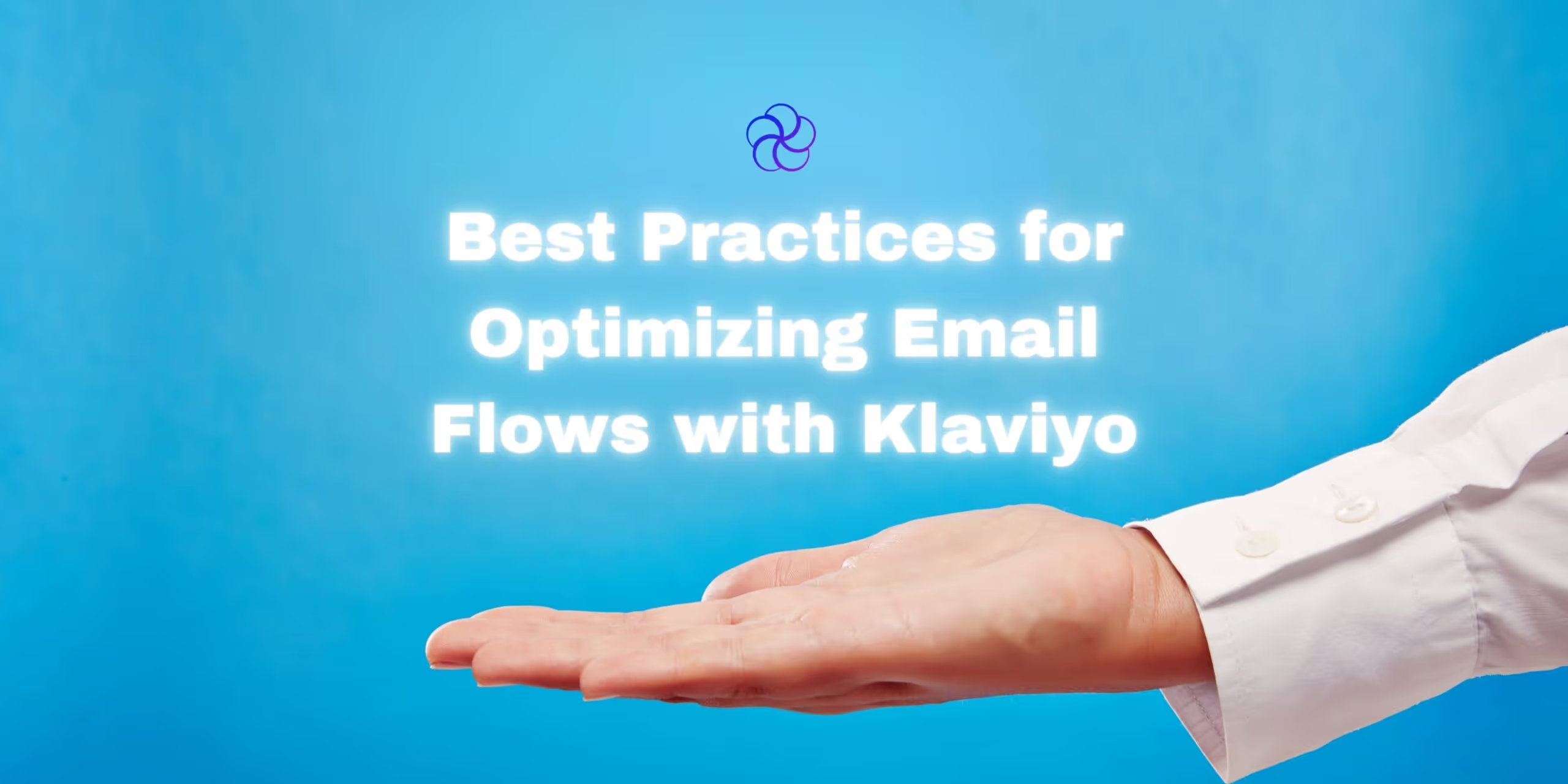Glossary of Terms
| Term | Definition |
|---|---|
| ESP (Email Service Provider) | A platform used to design, send, and track email campaigns (e.g., Klaviyo, Mailchimp). |
| In-House Marketing | Email marketing strategy and execution managed entirely by your internal team. |
| Agency Model | Outsourcing email marketing to an external agency specializing in CRM, design, copy, and automation. |
| Hybrid Model | A strategic split between in-house ownership and external agency support. |
| Lifecycle Flows | Automated email sequences tied to user behavior (e.g., welcome, cart abandonment, winback). |
| CRM (Customer Relationship Management) | Software and strategies for managing customer data and communication. |
| Retention Marketing | Marketing strategies focused on keeping and growing existing customers, often via email. |
Why This Matters: Email Isn’t Just Email Anymore

Email drives $42 in ROI per $1 spent—but only when executed with clarity, strategy, and consistency.
With rising CAC, shrinking margins, and saturated ad channels, retention is king. And email? It’s the throne.
But who’s best suited to run it?
Should your internal team build and own the program?
Or should you tap the expertise of a specialized agency?
Or blend the two with a hybrid model?
Let’s break it all down.
In-House Email Marketing: Full Control, Full Accountability
Managing email in-house means building your own internal team—copywriters, designers, CRM managers, and analysts—who own strategy and execution.
Pros of Going In-House
1. Control and Brand Integrity
No one knows your brand voice, positioning, or customers like your own team. With in-house marketing:
- Campaigns align tightly with product and brand priorities
- You can make real-time adjustments during launches or emergencies
- You avoid delays or disconnects with outside vendors
2. Faster Feedback Loops
The team’s embedded in the business. They see:
- Customer reviews
- Sales patterns
- Product inventory
- Live campaign performance
This context fuels faster, sharper marketing decisions.
3. Long-Term Cost Efficiency
Agencies charge for time and deliverables. In-house teams require salaries, yes—but:
- Costs flatten over time
- Your team can take on more across CRM, SMS, retention
- Knowledge stays in the business
Cons of In-House Email Marketing
| Challenge | Description |
|---|---|
| Talent Gaps | Hiring top-tier CRM experts is expensive and competitive |
| Slow Ramp-Up | Onboarding and training takes time |
| Tool Complexity | You’re responsible for ESP setup, integration, compliance, segmentation |
| Risk of Tunnel Vision | Teams can lose the “outside perspective” on trends and creative |
Outsourcing to an Email Marketing Agency: Speed, Scale & Expertise
Partnering with an agency means working with experts who live and breathe email. Many brands hand over strategy, creative, and flow builds to trusted external partners.
Pros of Working with an Agency
1. Specialized Expertise
Top agencies (like Blossom Ecom manage hundreds of accounts across industries. That means:
- Your flows and campaigns reflect industry benchmarks
- You get custom strategy + technical precision (e.g., deliverability audits, segmentation)
- You access senior designers, copywriters, and CRM strategists—without hiring in-house
2. Scalability
Launching 20+ SKUs? Running BFCM campaigns? Agency teams can absorb:
- High-volume production
- Tight deadlines
- Multi-channel CRM campaigns (email + SMS + retention)
3. Fresh Perspective
Agencies bring:
- Competitive insights
- Testing ideas from other industries
- Performance benchmarks and innovation (e.g., dynamic content blocks, AI-driven timing)
Cons of Email Marketing Agencies
| Challenge | Description |
|---|---|
| Cost | Monthly retainers or project rates add up |
| Less Real-Time Control | You’re relying on external teams and timelines |
| Onboarding Curve | Ramp-up may take weeks depending on complexity |
The Hybrid Model: Maximize Flexibility, Minimize Risk
The hybrid model is rising fast—especially for scaling eCommerce brands.
It blends internal ownership with external execution support.
Pros of the Hybrid Approach
1. Strategic Flexibility
- In-house team owns CRM calendar, strategy, or core flows
- Agency steps in for design, segmentation, testing, or heavy lift projects
It’s not either/or. It’s “and.”
2. Knowledge Sharing
Agencies train your team on best practices, technical setups, and emerging tools. Over time:
- Your in-house team gets smarter
- You reduce dependency while scaling capability
3. Redundancy = Risk Management
Sick leave? Burnout? Unforeseen turnover? A hybrid model ensures nothing stops.
Cons of Hybrid Teams
| Challenge | Description |
|---|---|
| Requires Tight Coordination | Communication, shared drives, task clarity are key |
| Can Get Complex | Without clear role splits, you risk duplicate work or missed opportunities |
Which Email Marketing Model is Right for You?
There’s no one-size-fits-all.
But here’s a smart breakdown:
Go In-House If:
| ✅ Condition | Why it matters |
|---|---|
| You already have strong internal talent | Cost-effective, fast, and brand-aligned |
| You want full control over execution | Great for DTC brands in tight verticals |
| Your campaigns change frequently | Internal access = faster pivots |
Choose an Agency If:
| ✅ Condition | Why it matters |
|---|---|
| You need deep strategy + execution | Agencies bring specialized teams and tools |
| You’re scaling fast | Campaign volume won’t break your in-house team |
| You want to explore ESP migration, personalization, or deliverability | Agencies live in the tech stack daily |
Opt for Hybrid If:
| ✅ Condition | Why it matters |
|---|---|
| You want control + scale | Perfect for brands in $3M–$50M revenue tiers |
| You’re building an internal team but need a head start | Agency can train + support initial growth |
| You’re running peak campaigns like BFCM or product launches | Extra hands = less chaos, more clarity |
Suggested Tables & Visuals
Comparison Table: In-House vs. Agency vs. Hybrid
| Criteria | In-House | Agency | Hybrid |
|---|---|---|---|
| Control | ✅ High | ❌ Medium | ✅ Medium |
| Cost Over Time | ✅ Low (long-term) | ❌ High | ⚖️ Moderate |
| Speed to Launch | ❌ Slower | ✅ Fast | ⚖️ Balanced |
| Strategy Depth | ⚖️ Varies | ✅ Deep | ✅ Deep |
| Scalability | ❌ Limited | ✅ High | ✅ High |
| Innovation Exposure | ⚖️ Moderate | ✅ High | ✅ High |
| Brand Knowledge | ✅ Deep | ❌ Shallow (initially) | ✅ Shared |
Visuals to Include
- Org chart comparison: In-house vs. agency vs. hybrid model
- Email performance dashboard with hybrid model KPIs
- Timeline visual: Flow build turnaround times by model
- Snapshot: What a hybrid collaboration doc looks like (task split, flow ownership)
Internal Content Blocks to Link
- [How to Audit Your Email Marketing Program]
- [Top 5 Lifecycle Flows Every DTC Brand Needs]
- [Welcome Flow Blueprint: Convert More First-Time Shoppers]
Frequently Asked Questions (FAQ)
1. How much should I budget for an email marketing agency?
Depending on scope and volume, agency retainers can range from $3,000 to $15,000/month. Blossom Ecom offers scalable options based on campaign needs.
2. What tools do I need for in-house email marketing?
At minimum: An ESP (like Klaviyo), design tools (like Figma or Canva), testing tools, deliverability software (InboxMonster), and analytics (GA4 or Lifetimely).
3. Can agencies help with SMS or retention beyond email?
Absolutely. Most modern agencies manage full CRM ecosystems: email, SMS, loyalty, referrals, and customer data platforms (CDPs).
4. How long does it take to ramp up an agency?
Typically 2–4 weeks, depending on access to assets, ESP setup, and campaign calendar planning.
5. Is hybrid email marketing suitable for small teams?
Yes. It’s especially useful for teams with a single marketer or generalist who needs specialized support.
6. What are signs it’s time to move from in-house to agency?
If you’re missing deadlines, stuck on strategy, or seeing declining results without fresh ideas—it’s time to bring in external muscle.
Final Thoughts: Build the Model That Scales With You
Email isn’t going away—it’s evolving. It’s the one channel you own, control, and scale predictably.
Whether you build internally, outsource, or blend both, what matters is:
- Strategic alignment
- Execution excellence
- Data-driven decision making
At Blossom Ecom, we’ve supported 100+ brands across all three models. From audits to full management to team training—we help you grow smarter.
Ready to map out the best-fit model for your business?
Reach out for a free CRM strategy audit and get clarity on where to go next.
Need help implementing this?
Let us take the hassle of managing your email marketing channel off your hands. Book a strategy call with our team today and see how we can scale your revenue, customer retention, and lifetime value with tailored strategies. Click here to get started.
Curious about how your Klaviyo is performing?
We’ll audit your account for free. Discover hidden opportunities to boost your revenue, and find out what you’re doing right and what could be done better. Click here to claim your free Klaviyo audit.
Want to see how we’ve helped brands just like yours scale?
Check out our case studies and see the impact for yourself. Click here to explore.

Read Our Other Blogs

Personalizing Push Notifications for Better Retention Outcomes


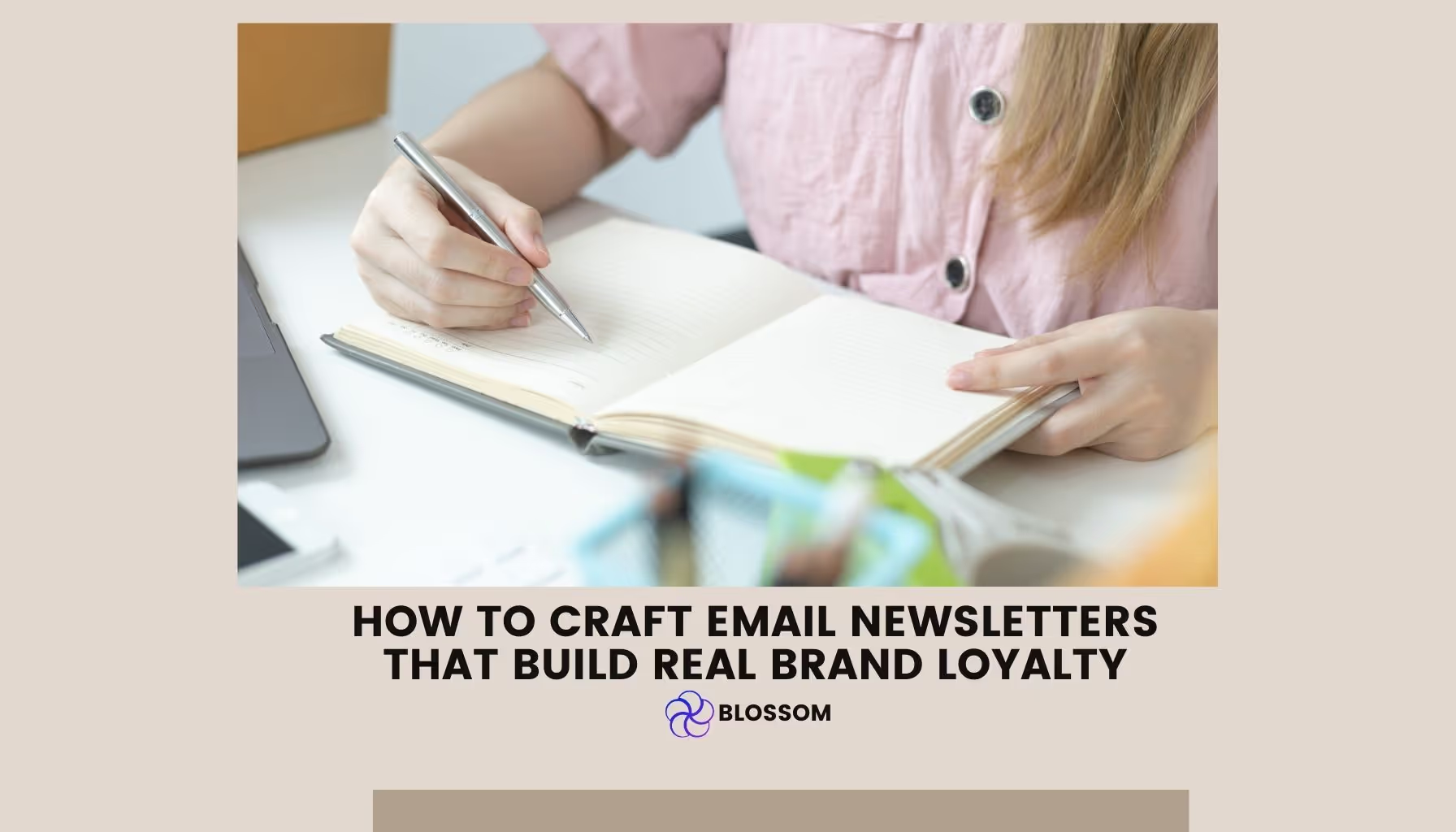
How to Craft Email Newsletters That Build Real Brand Loyalty


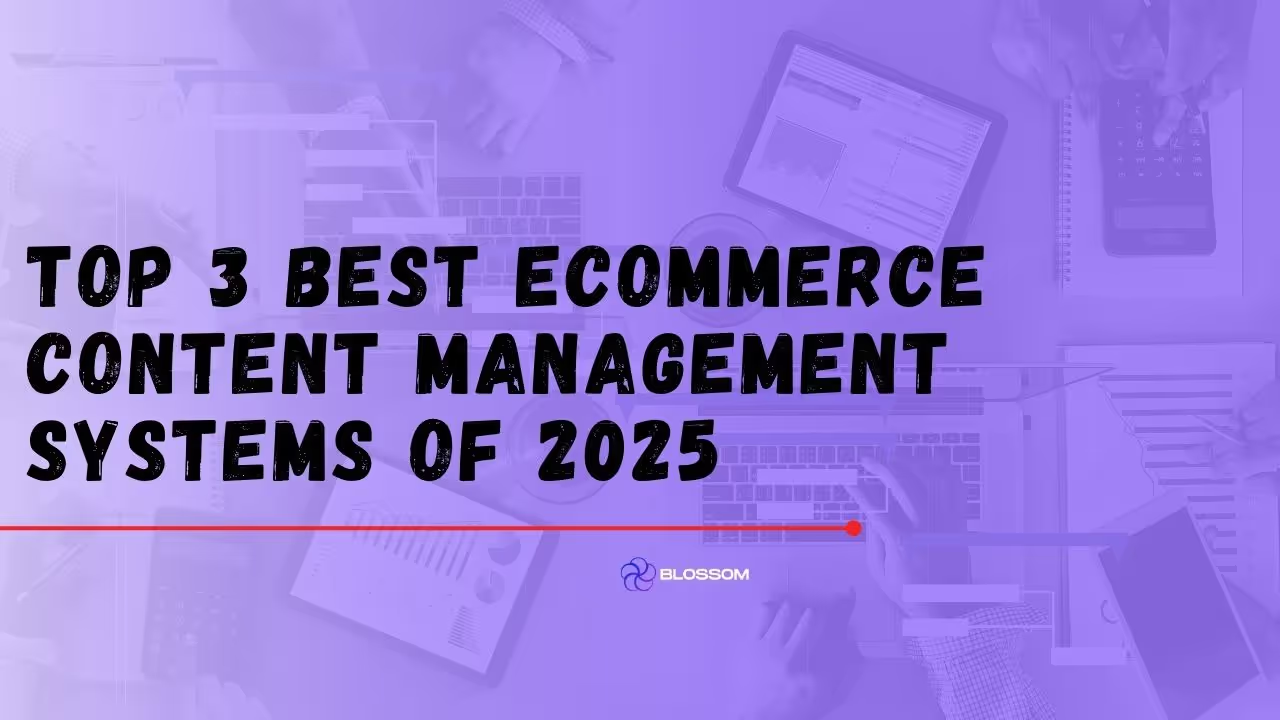
Top 3 Best eCommerce Content Management Systems of 2025




Not Sure Where to Start?
Let's find the biggest retention opportunities in your business. Get a free Klaviyo audit or retention consultation.



